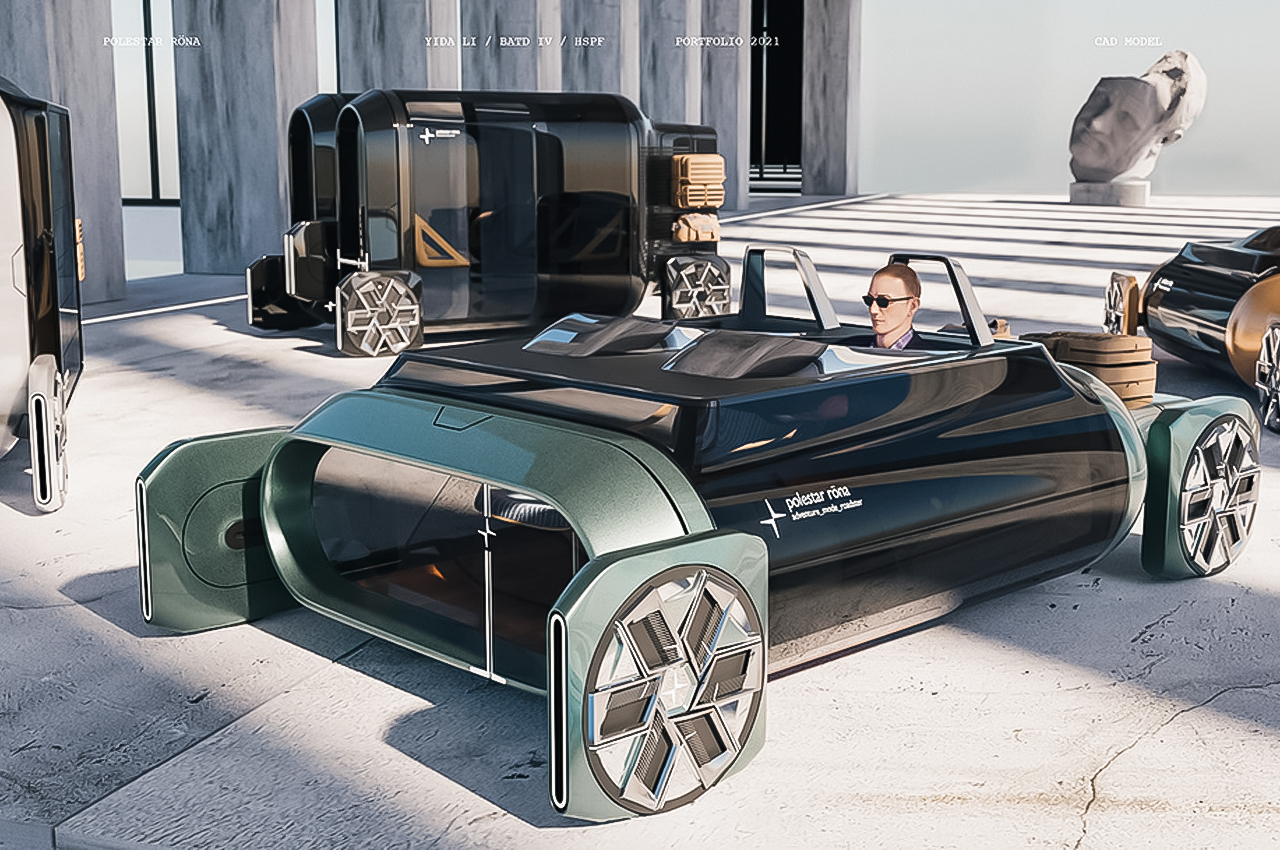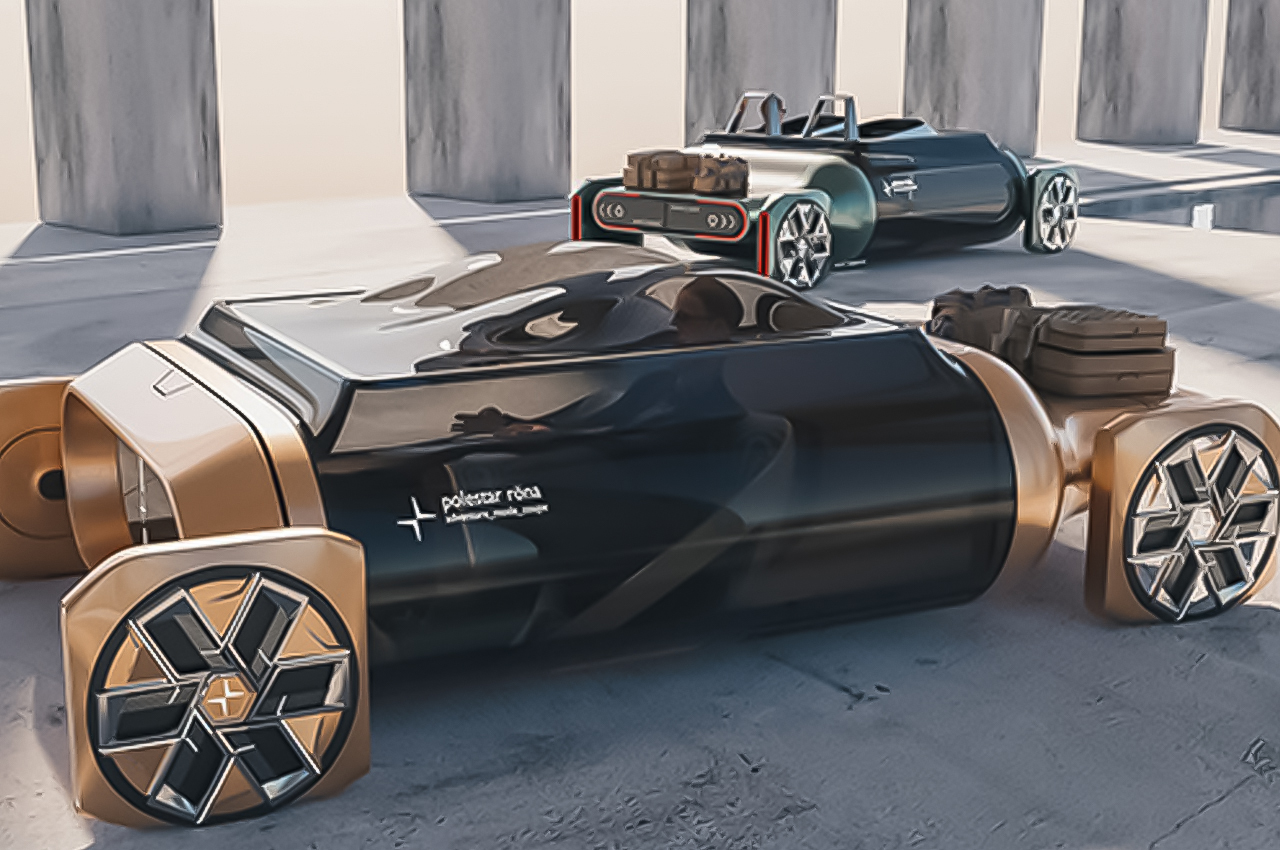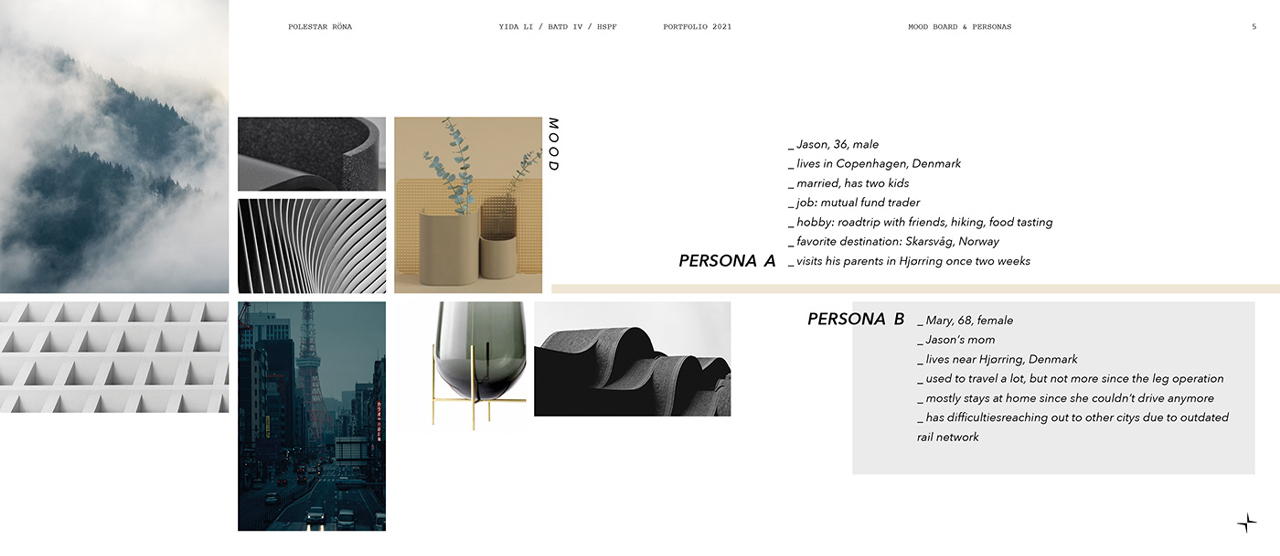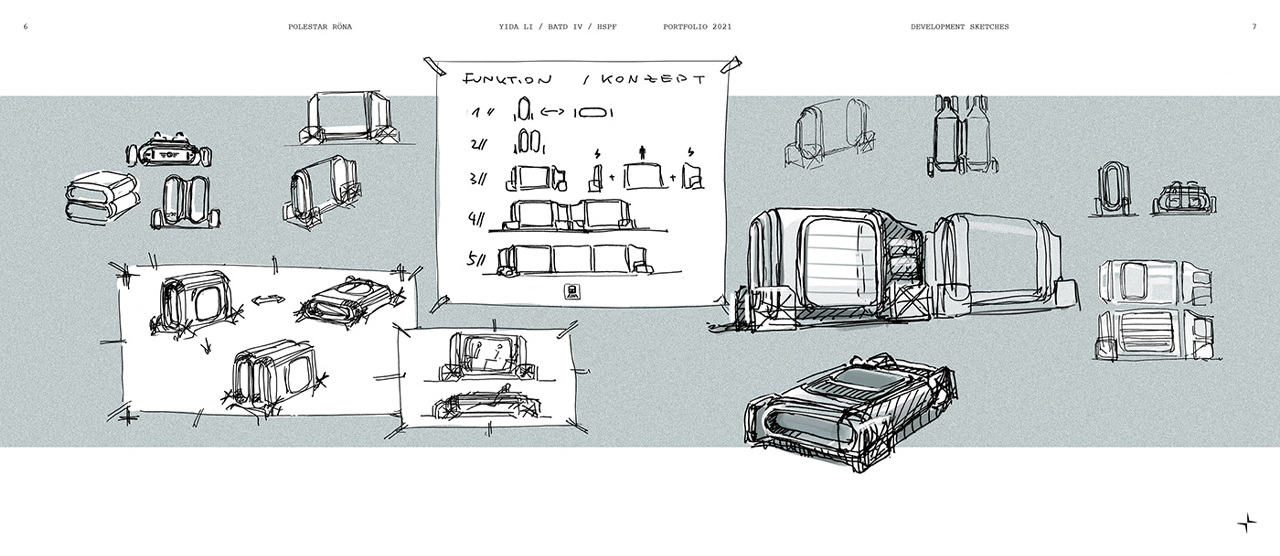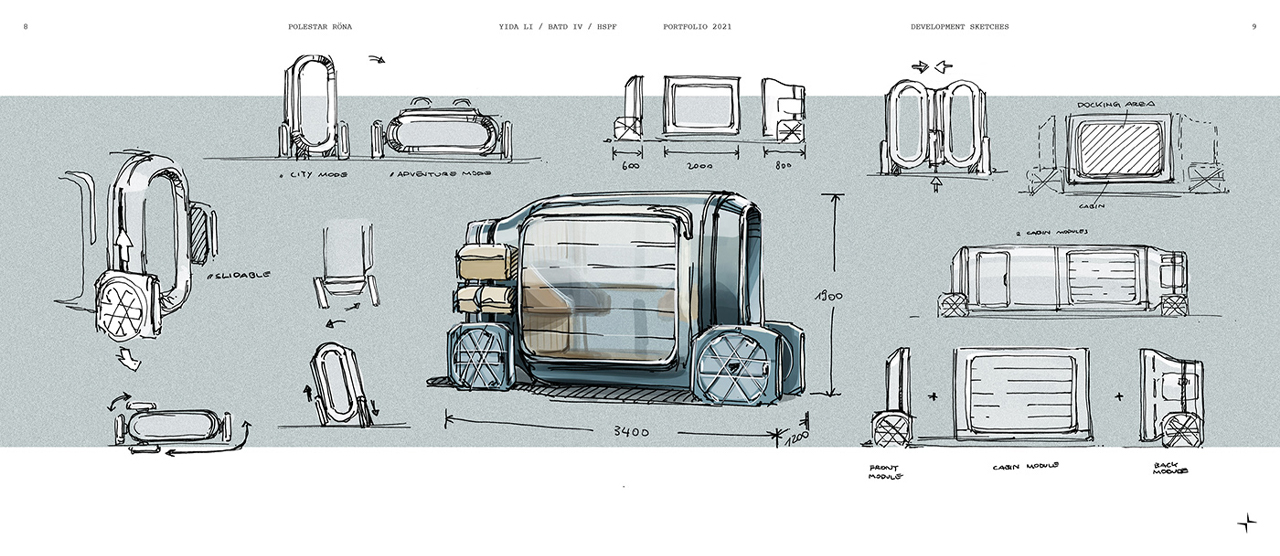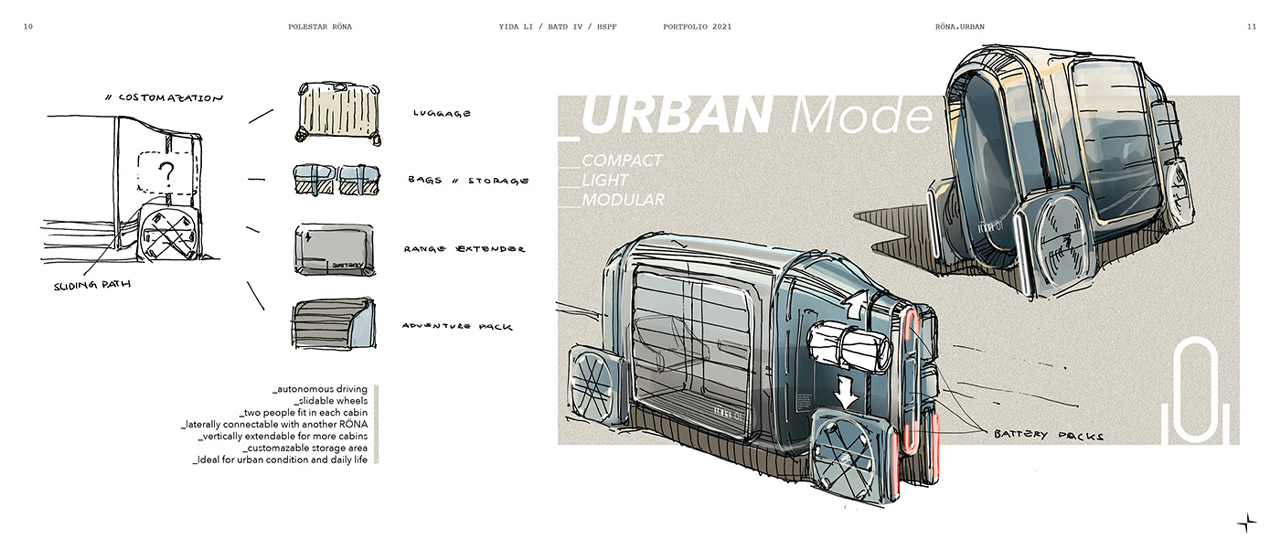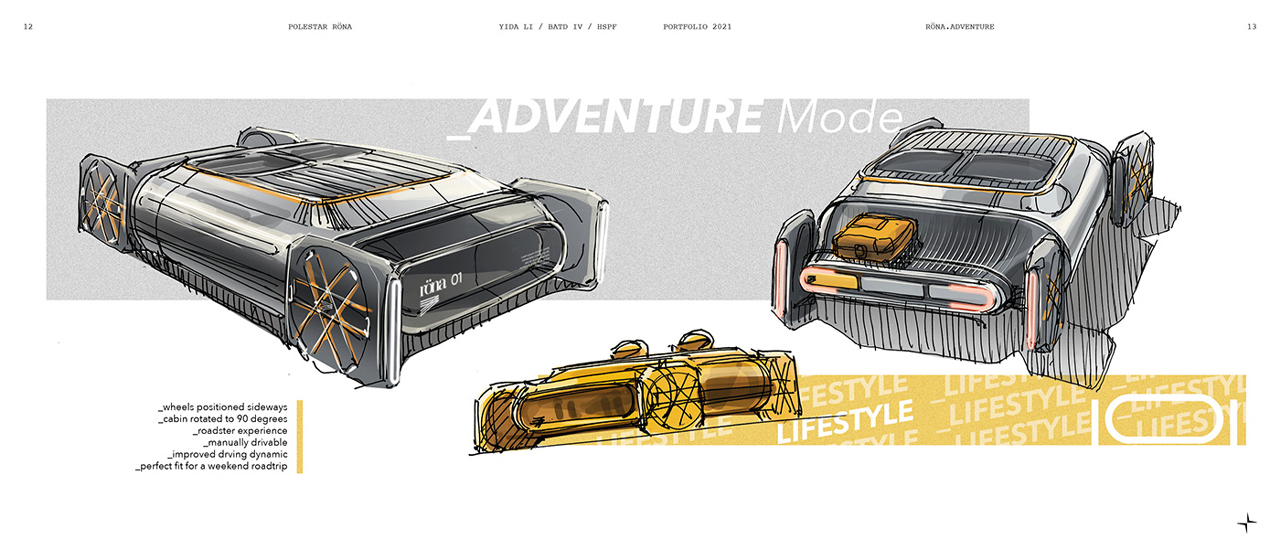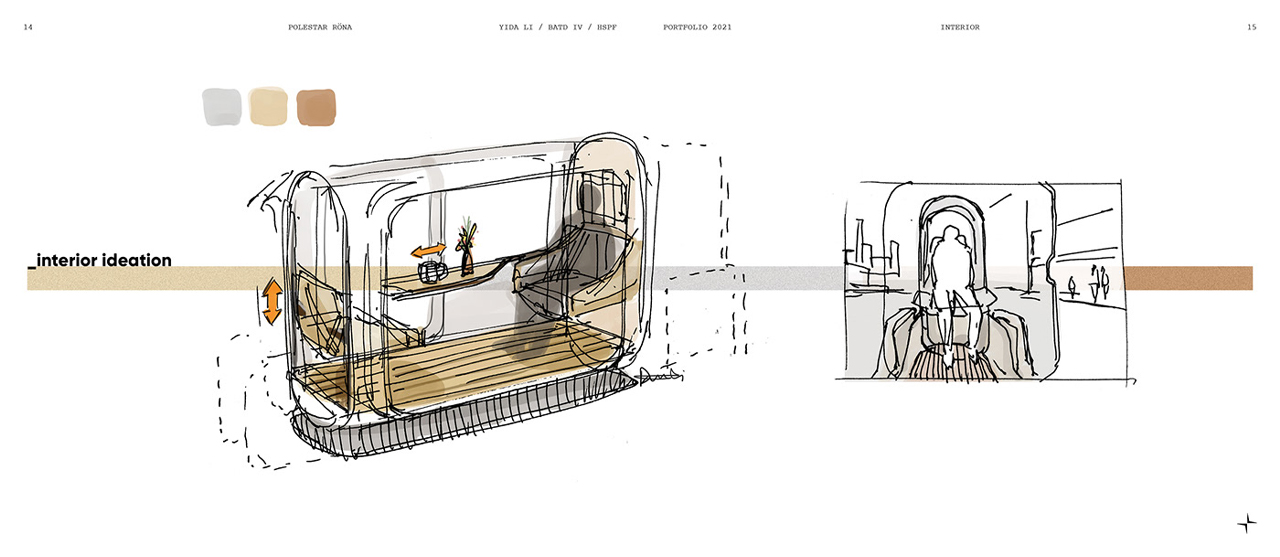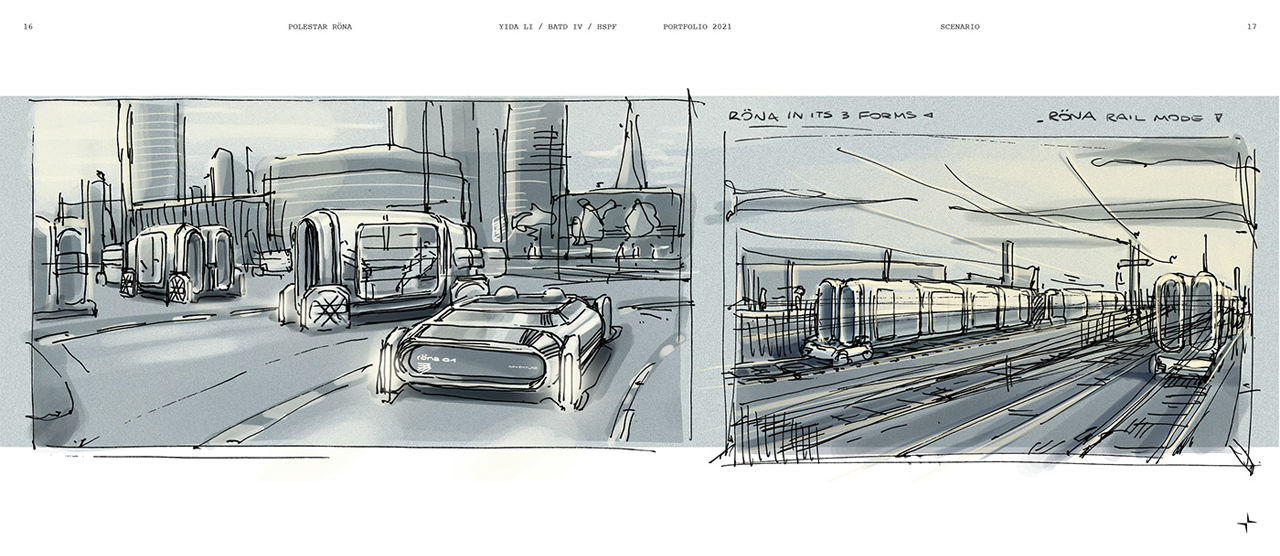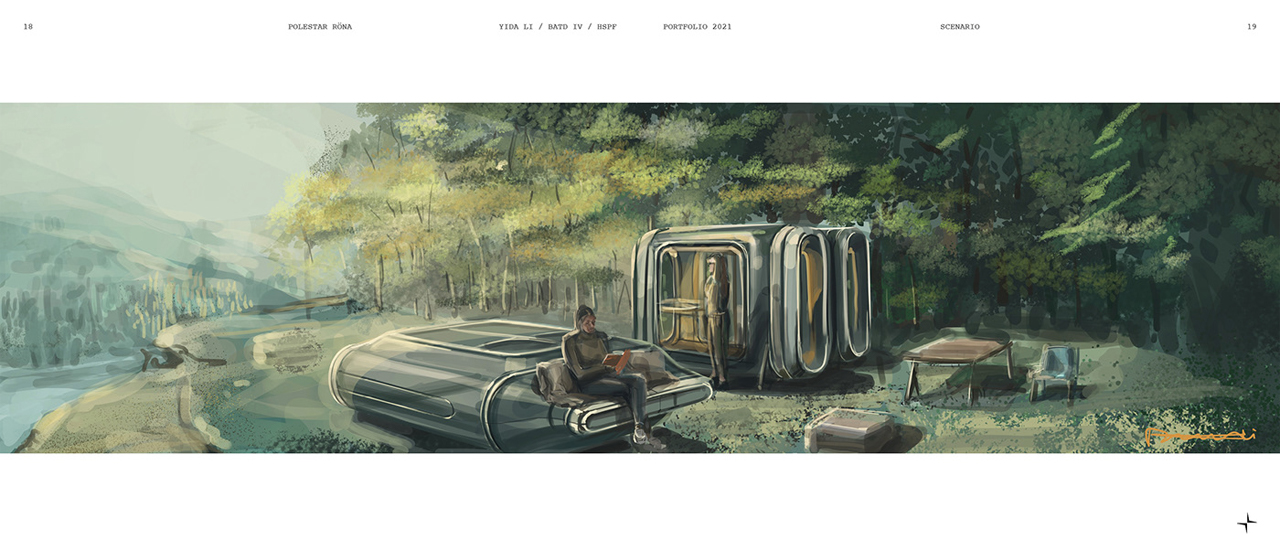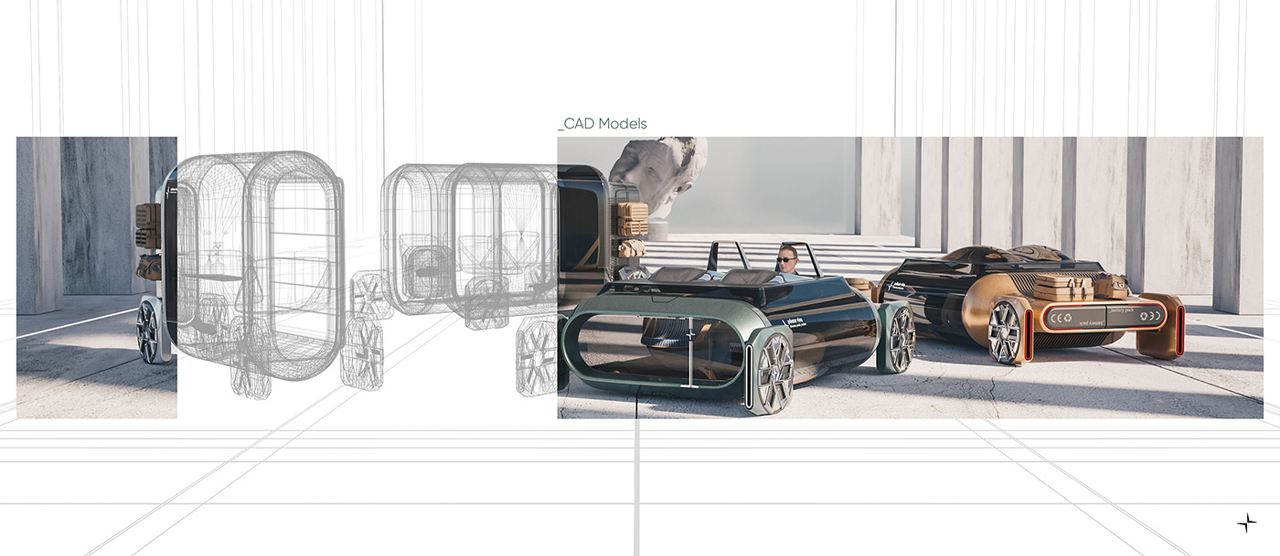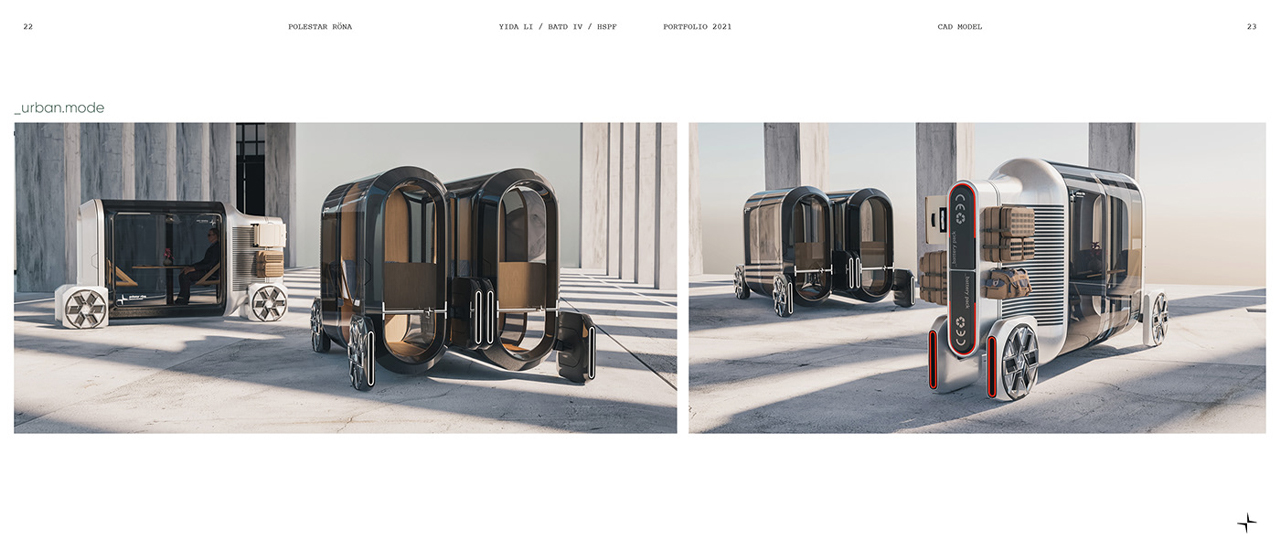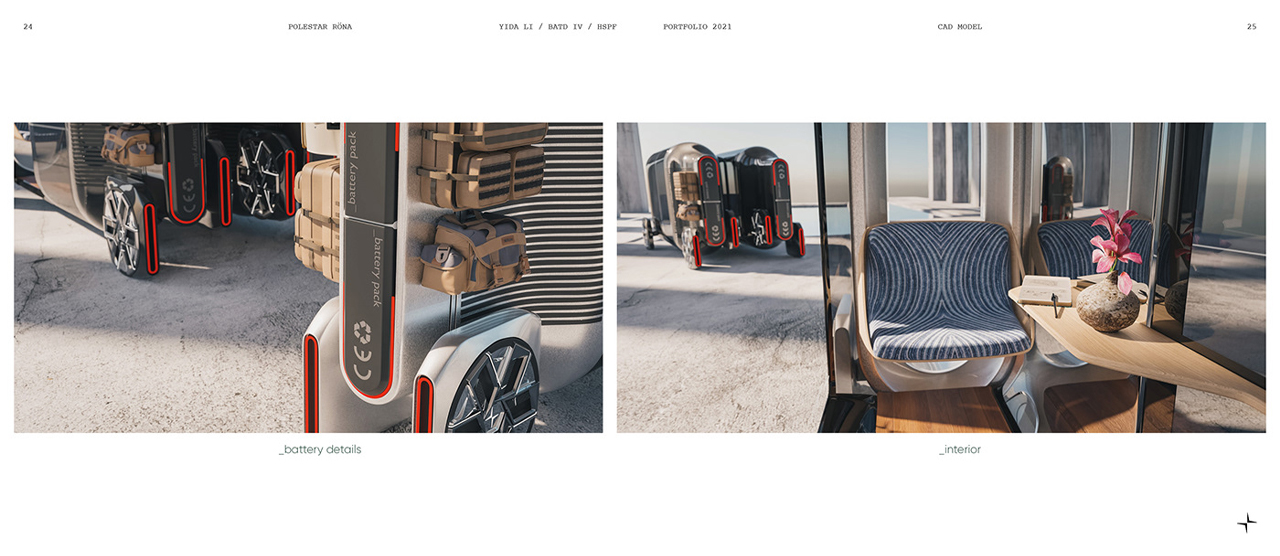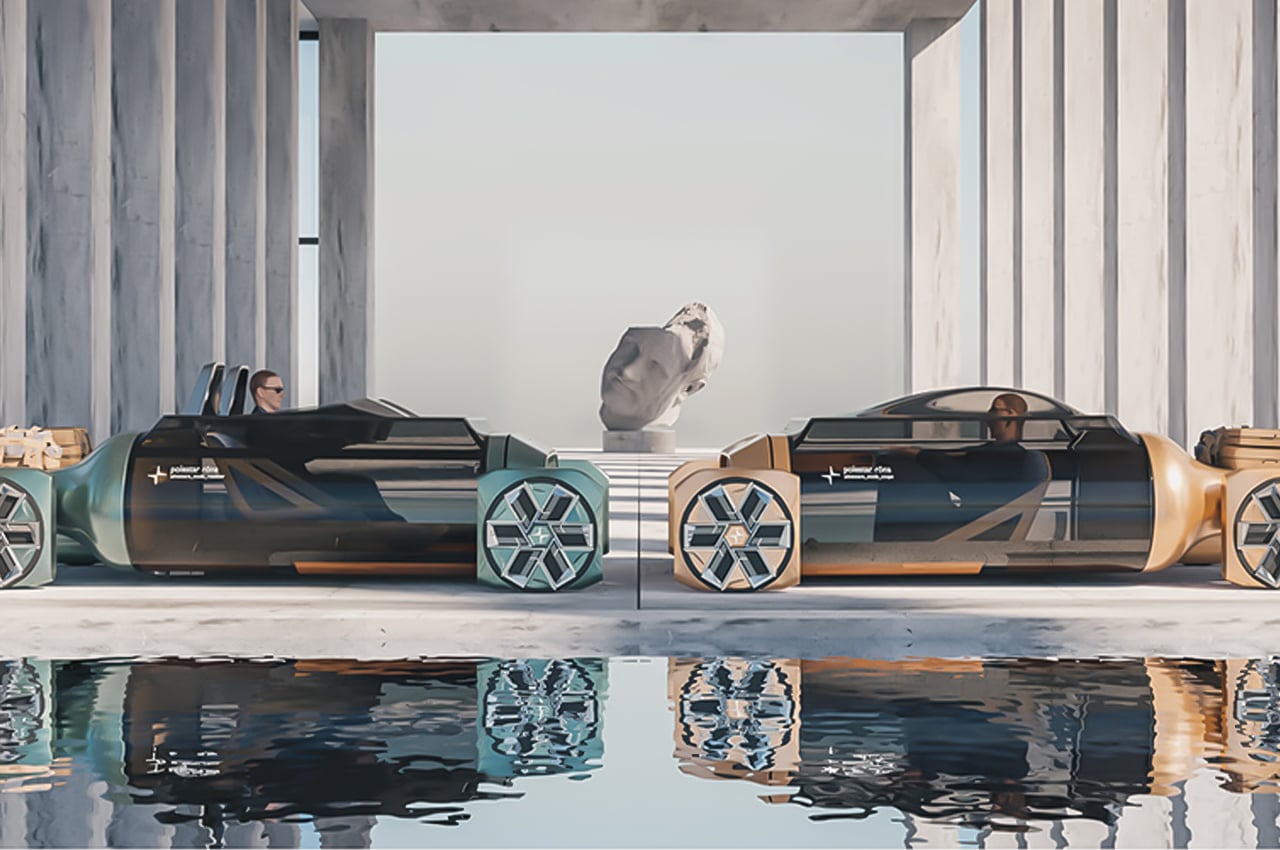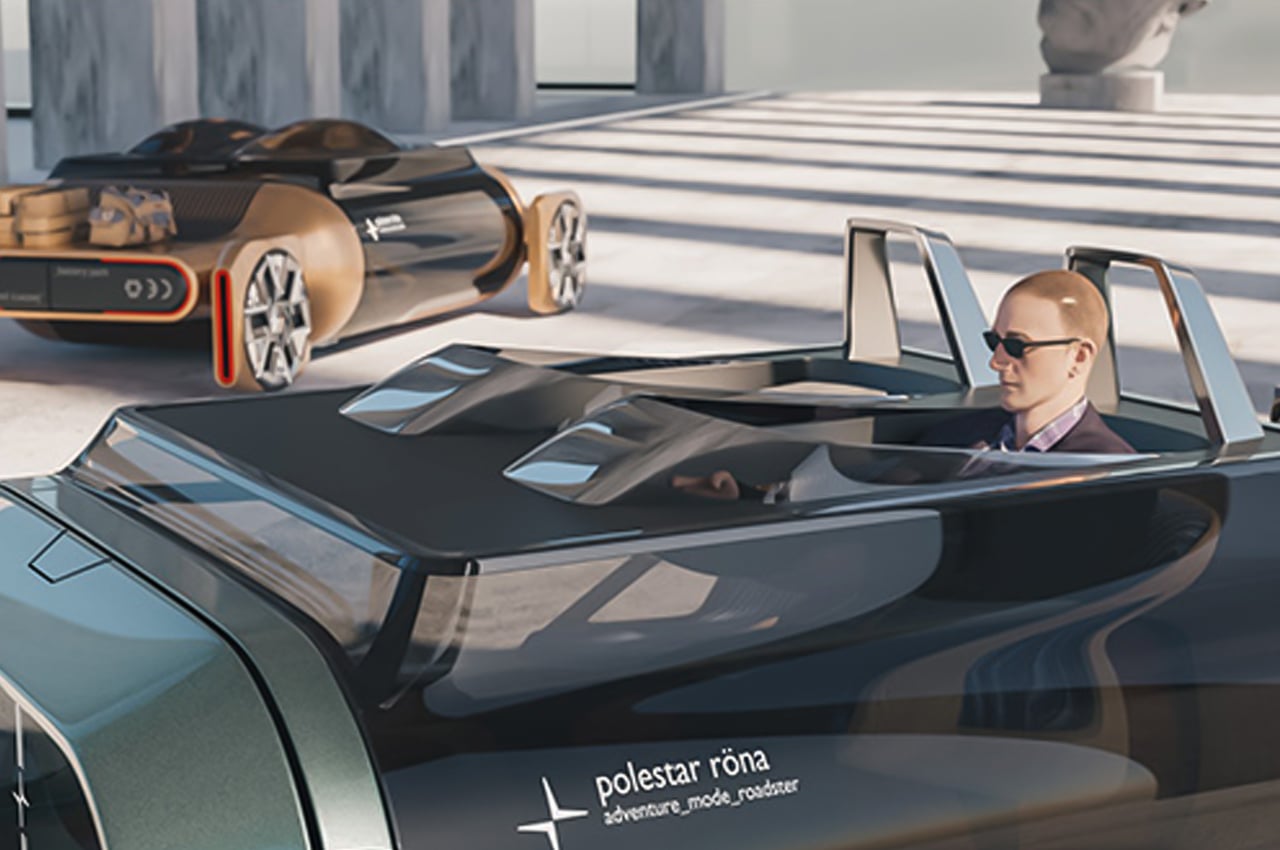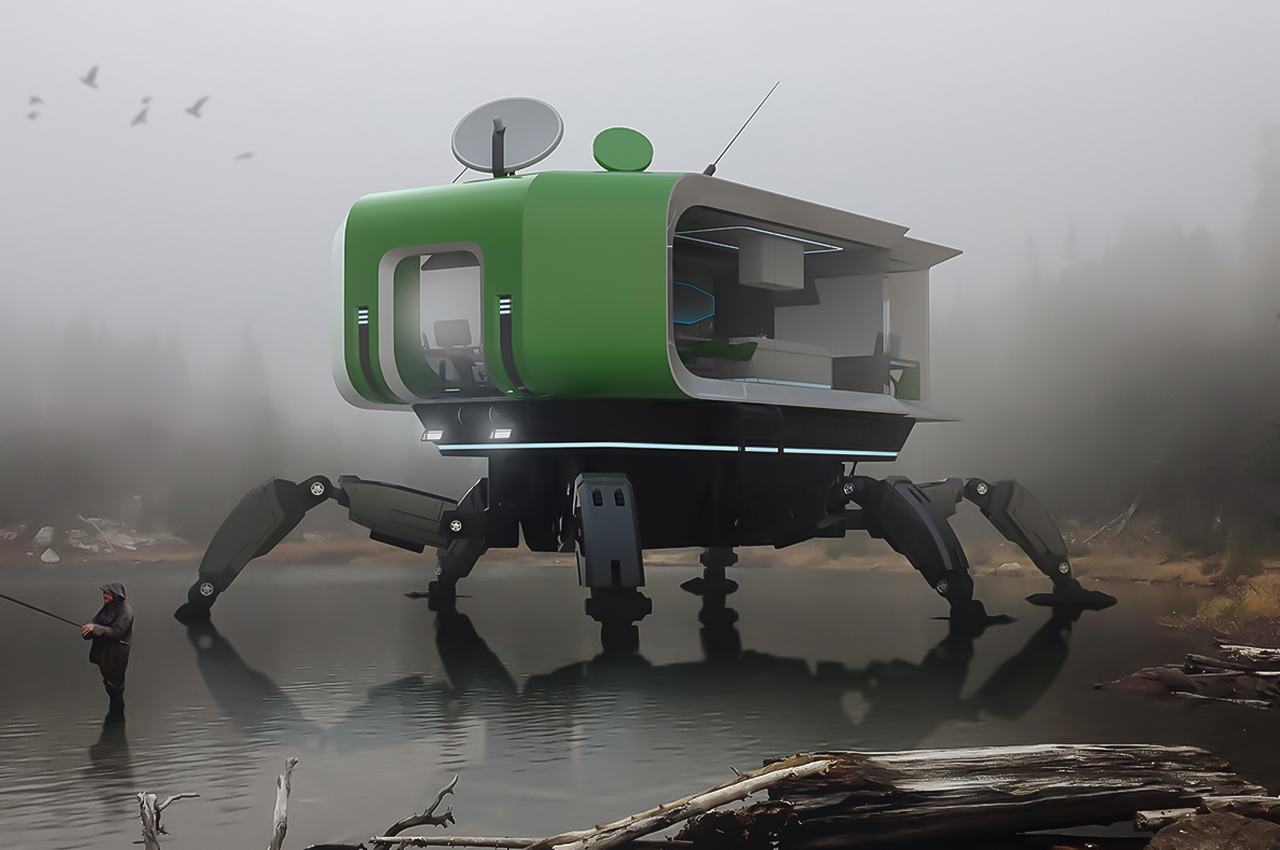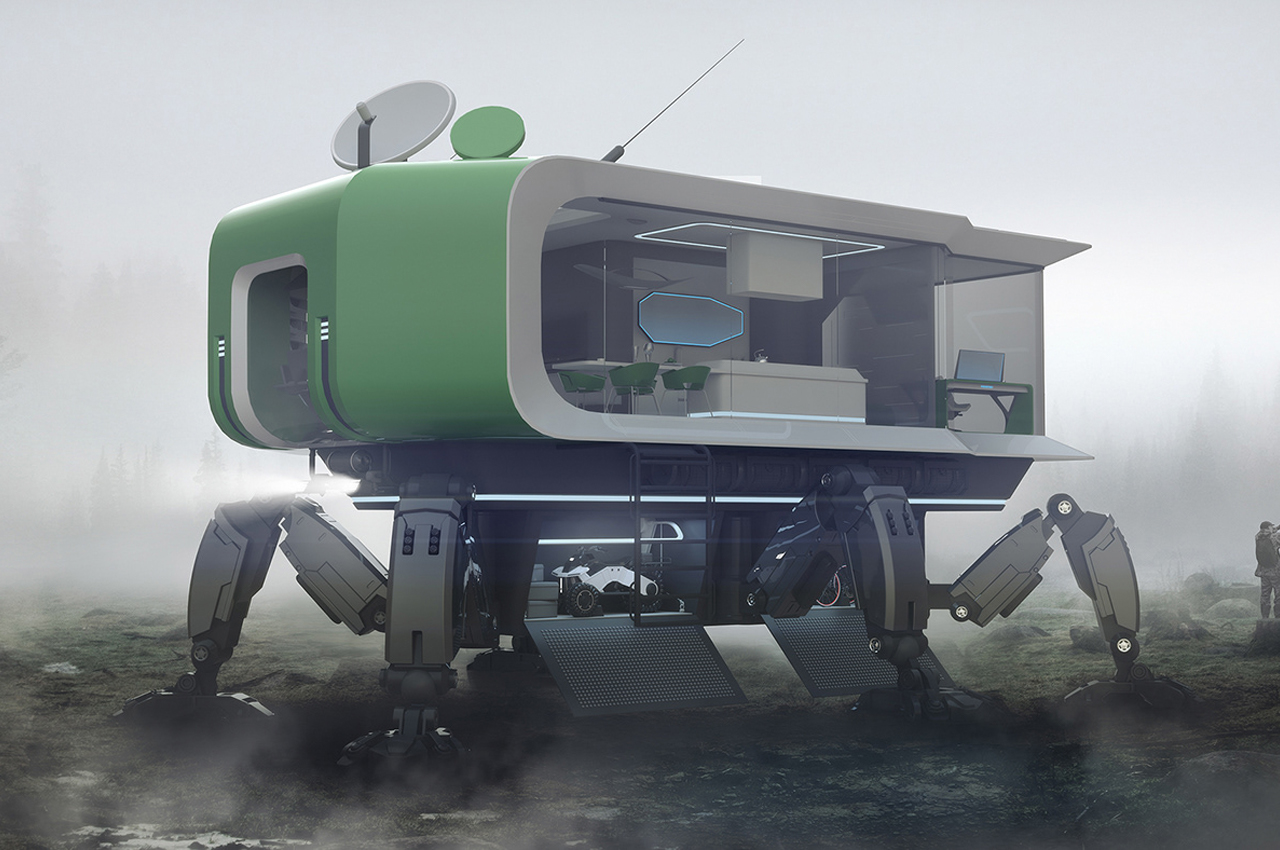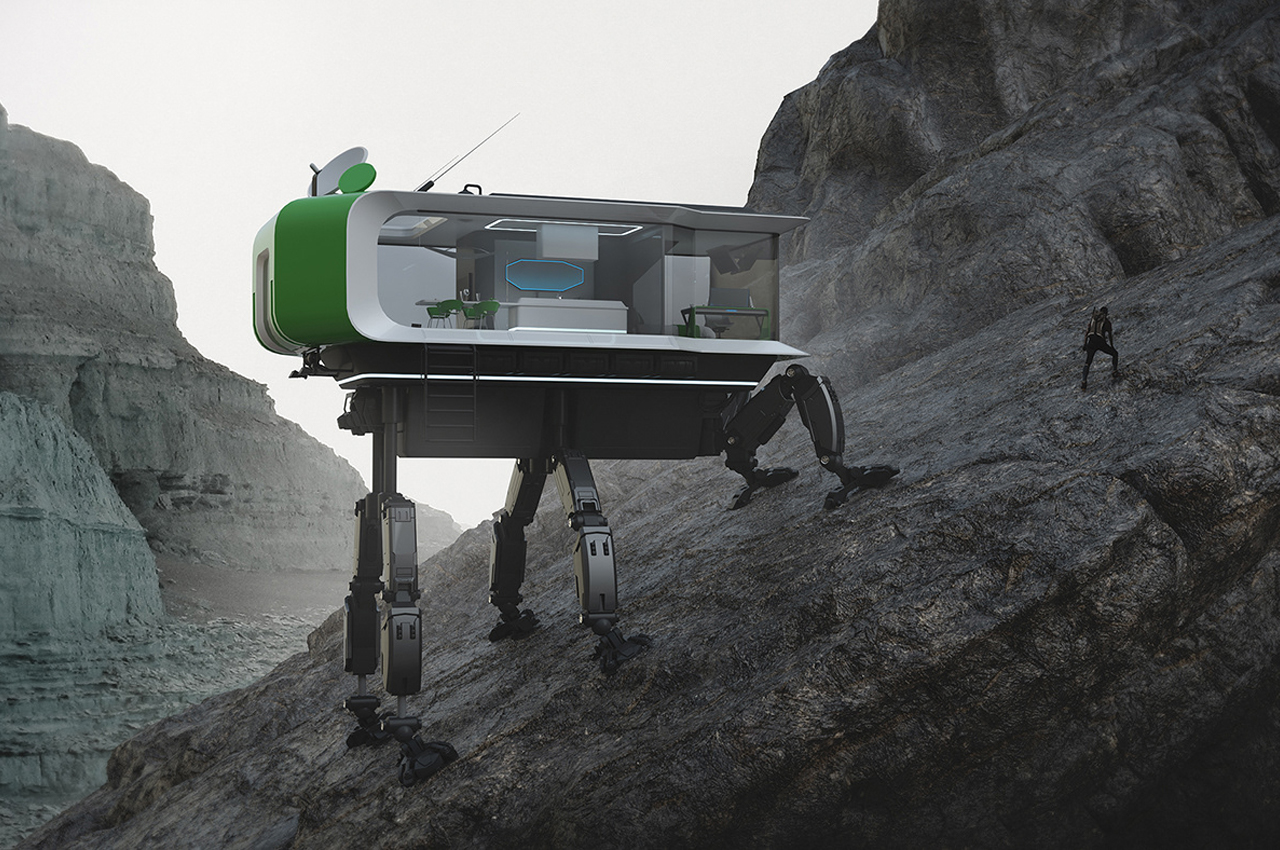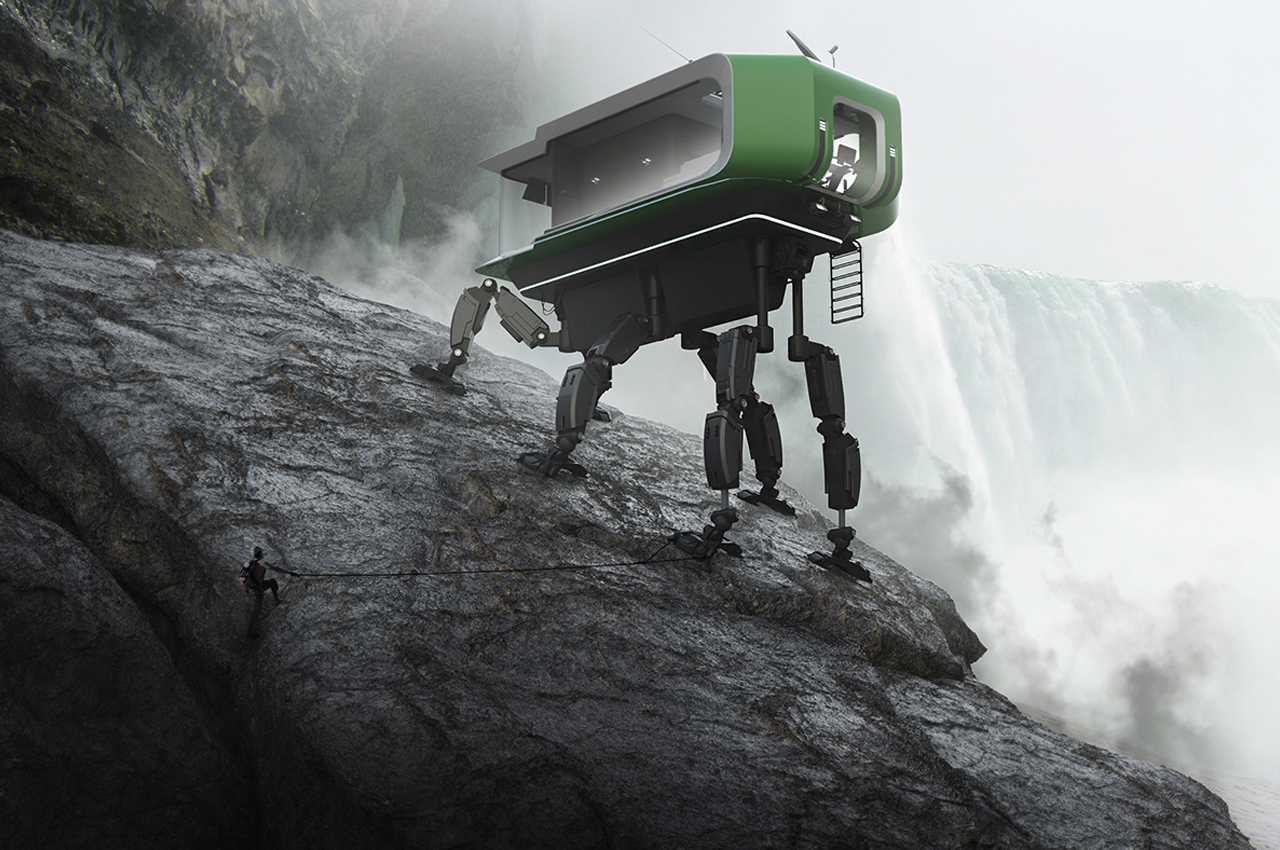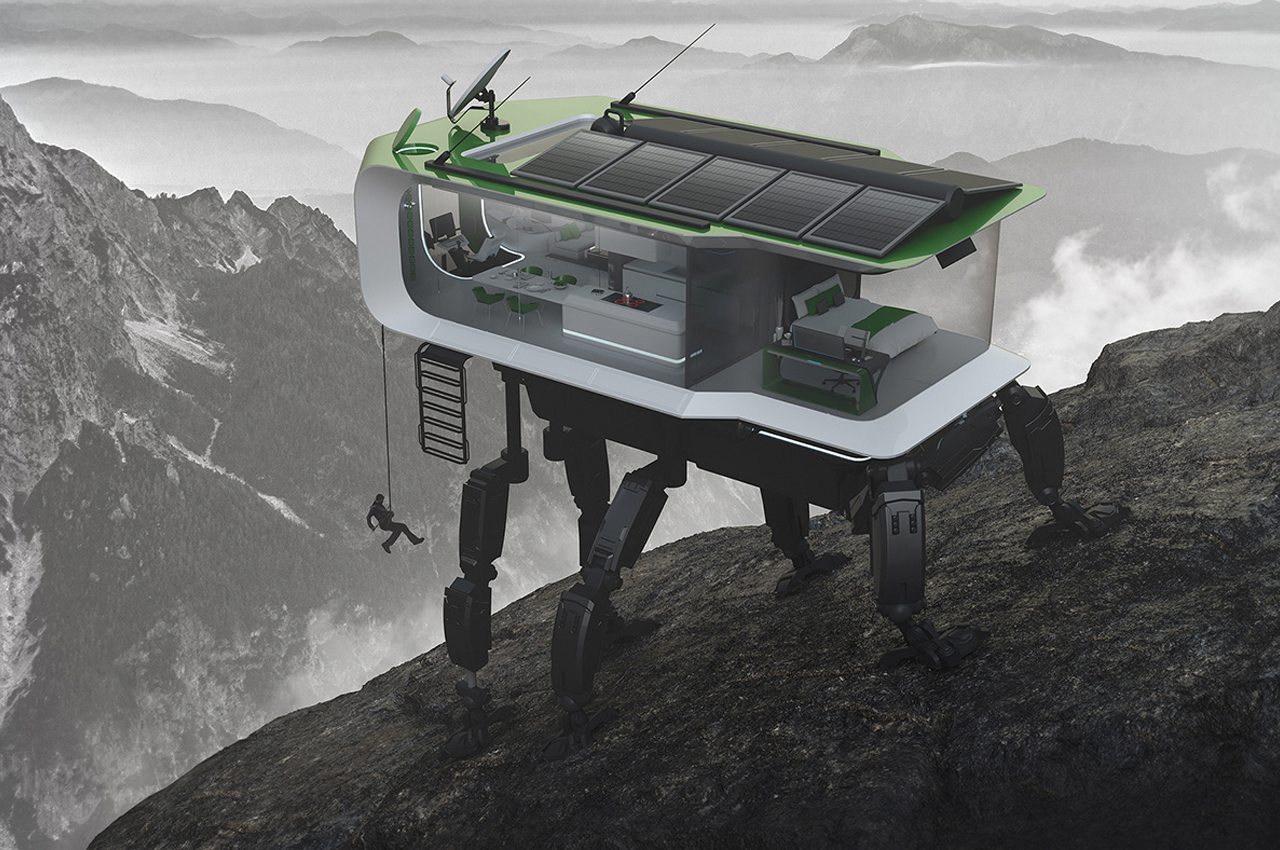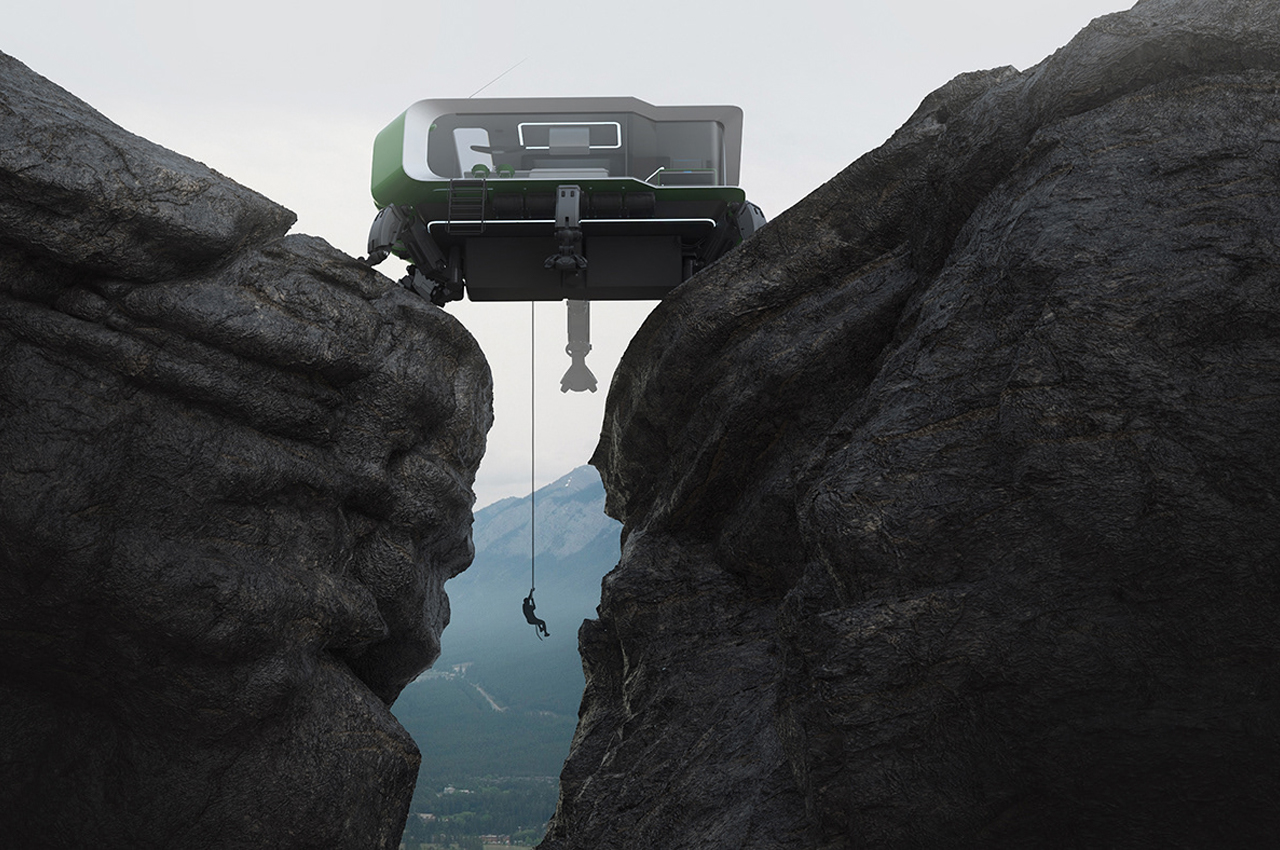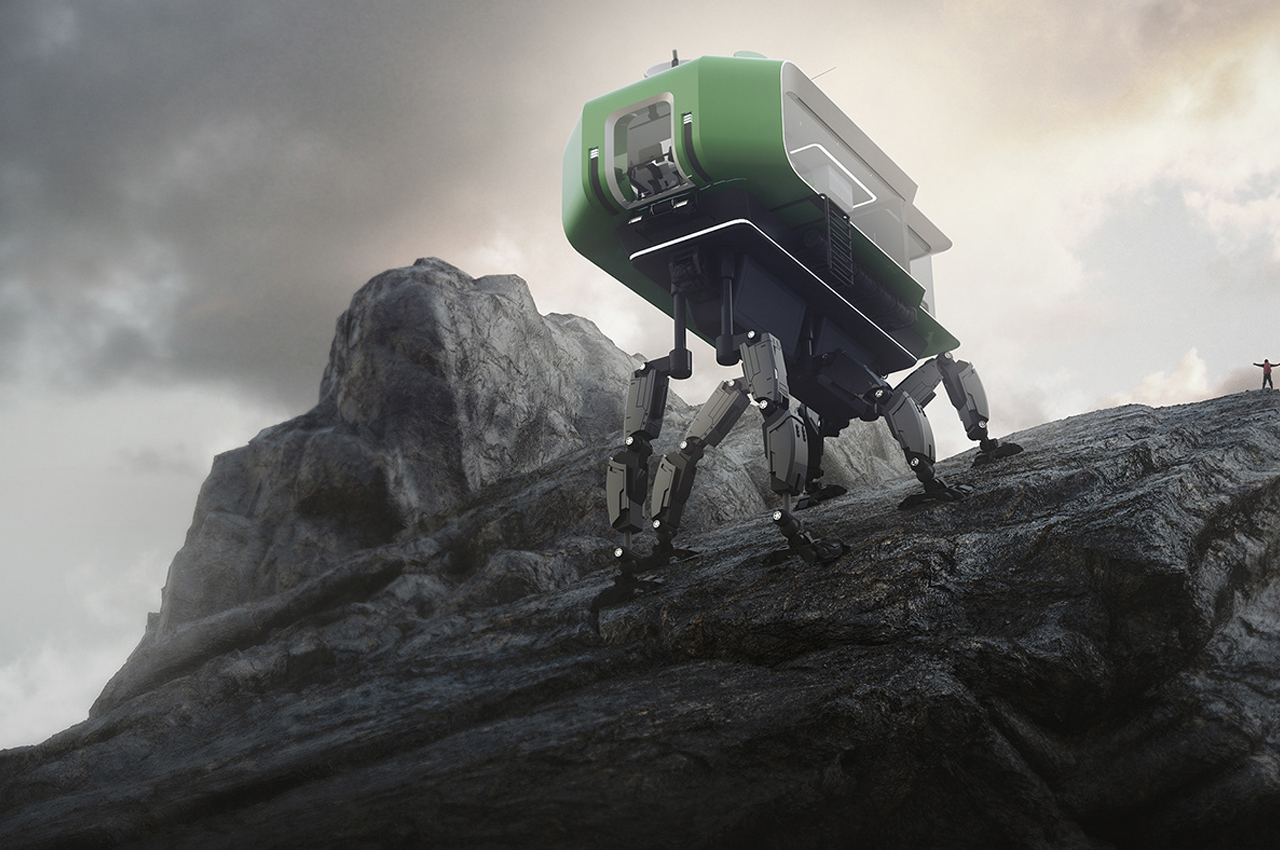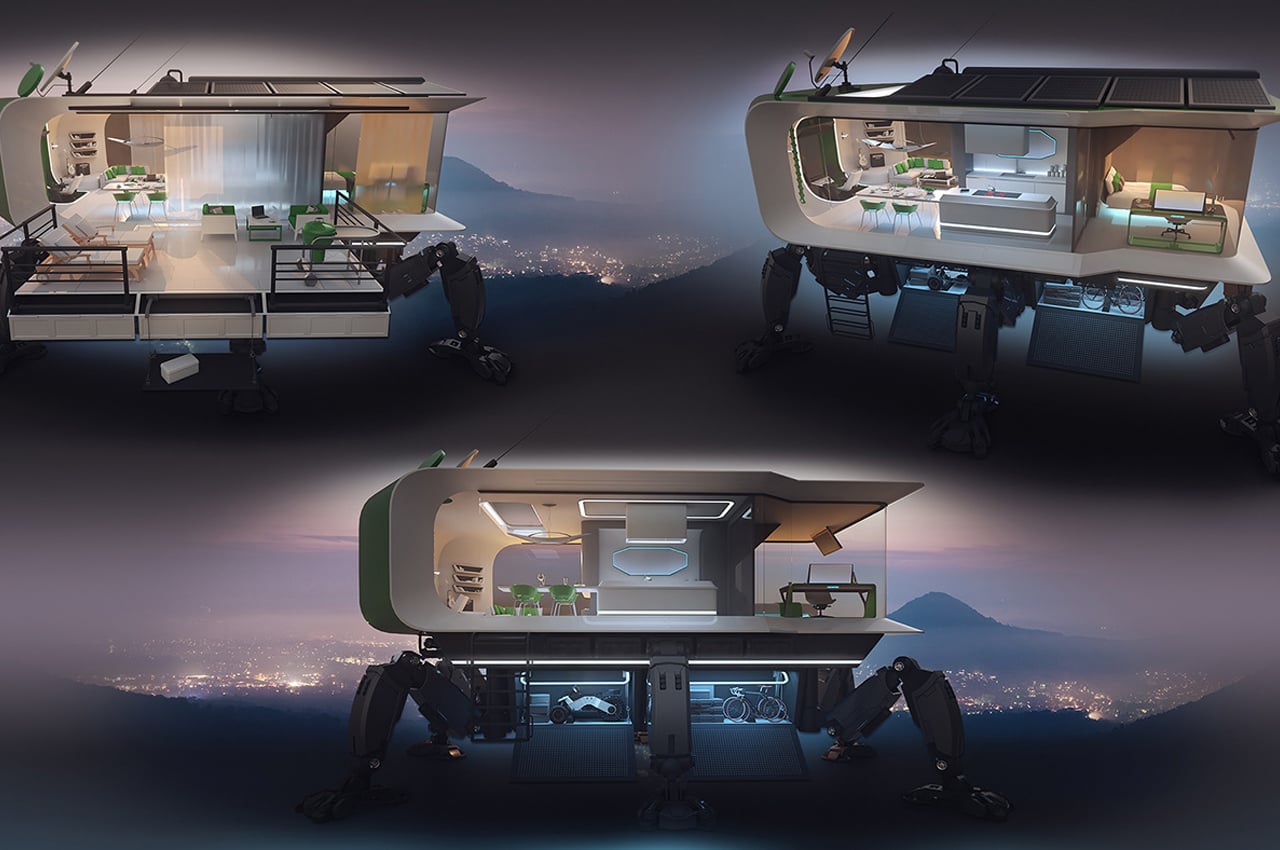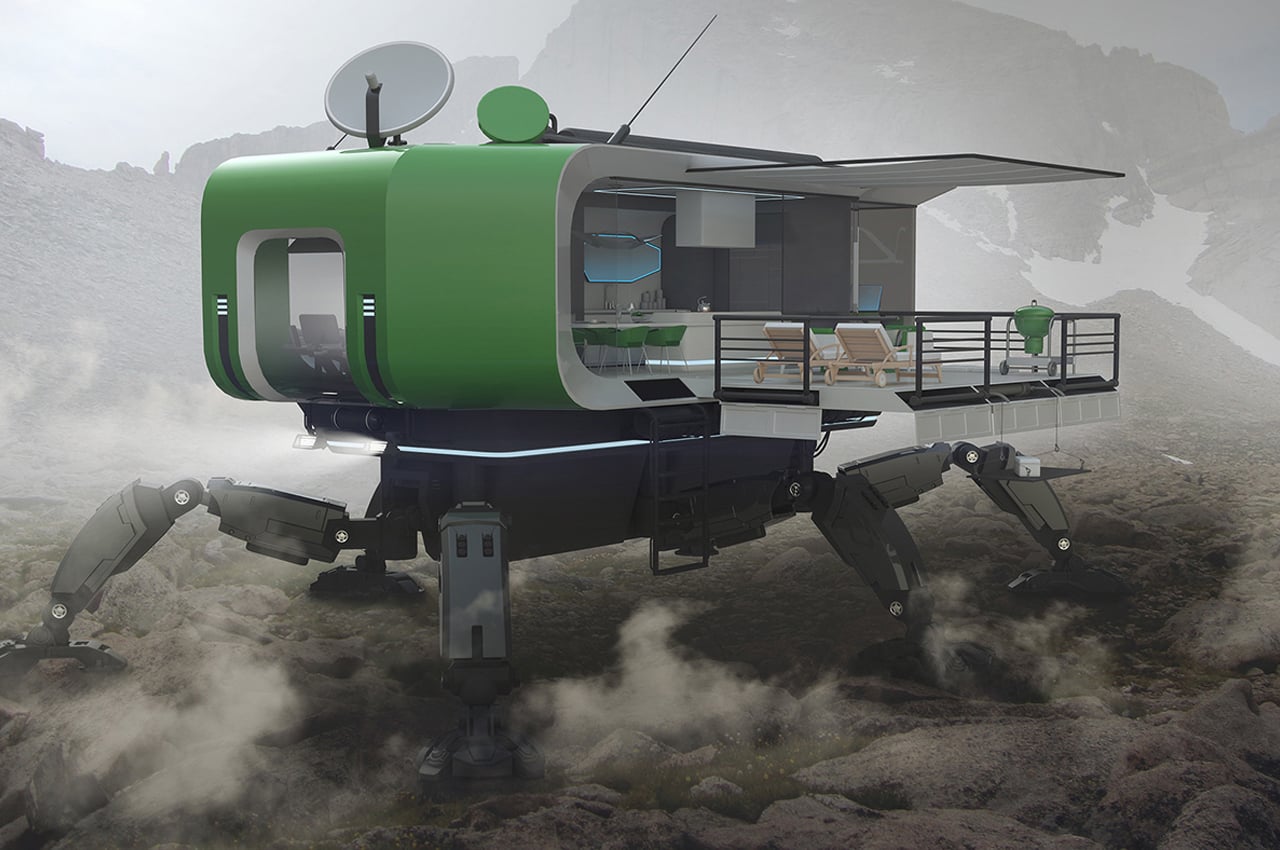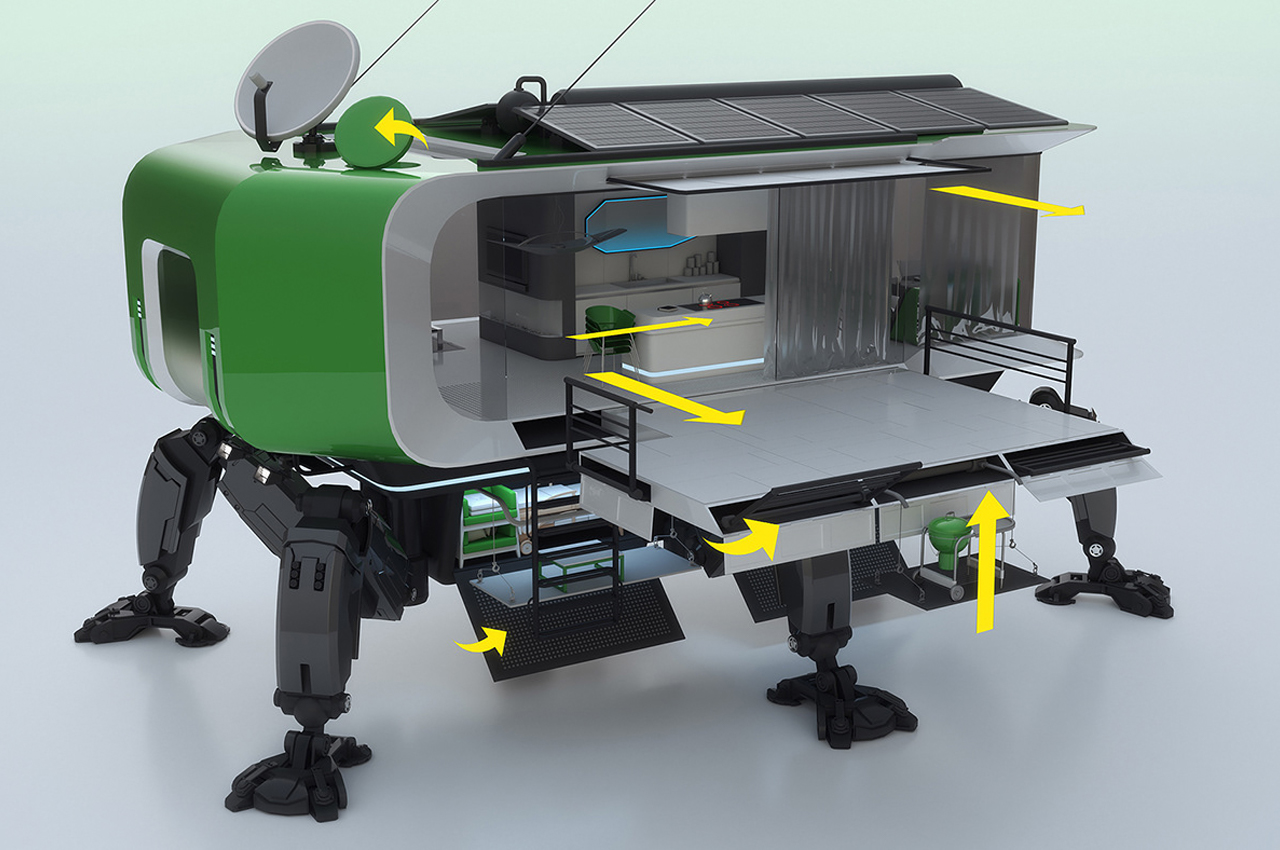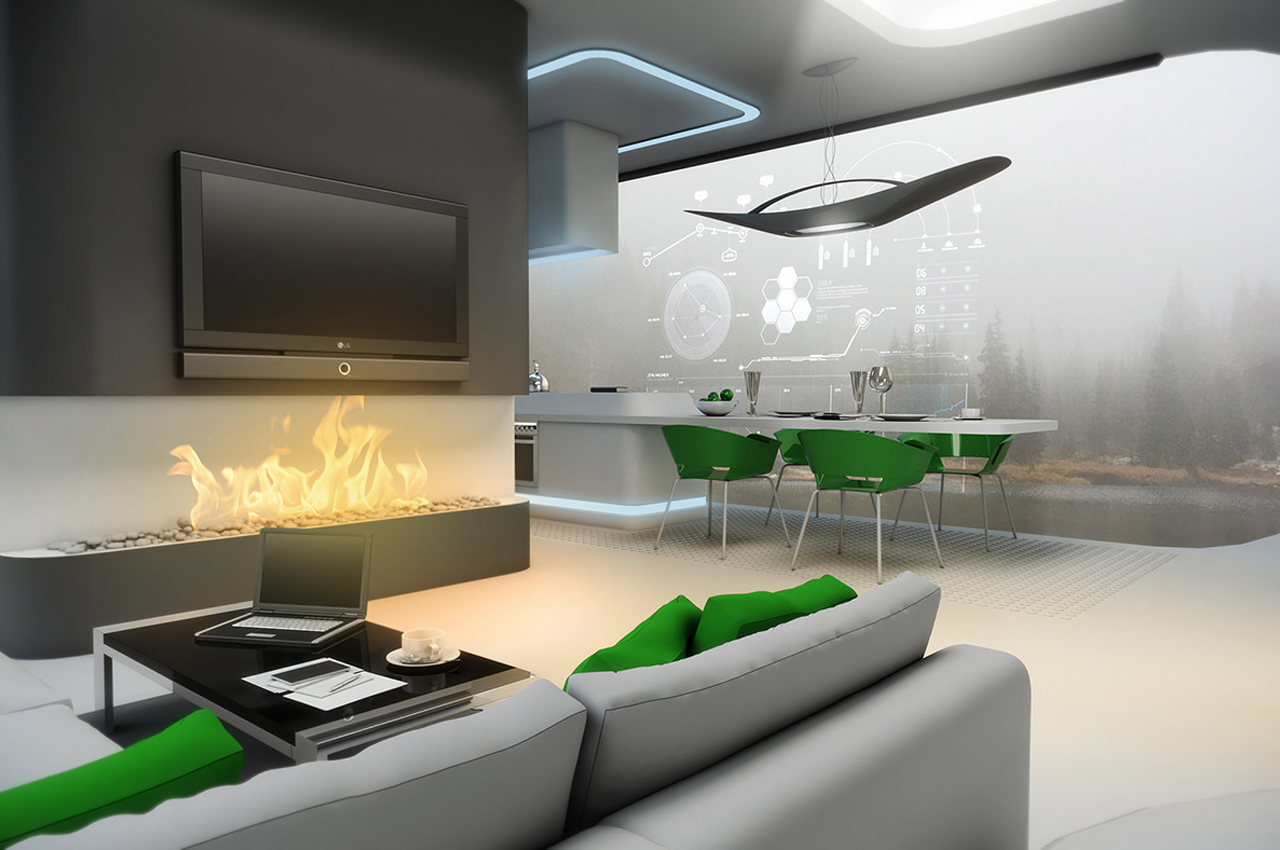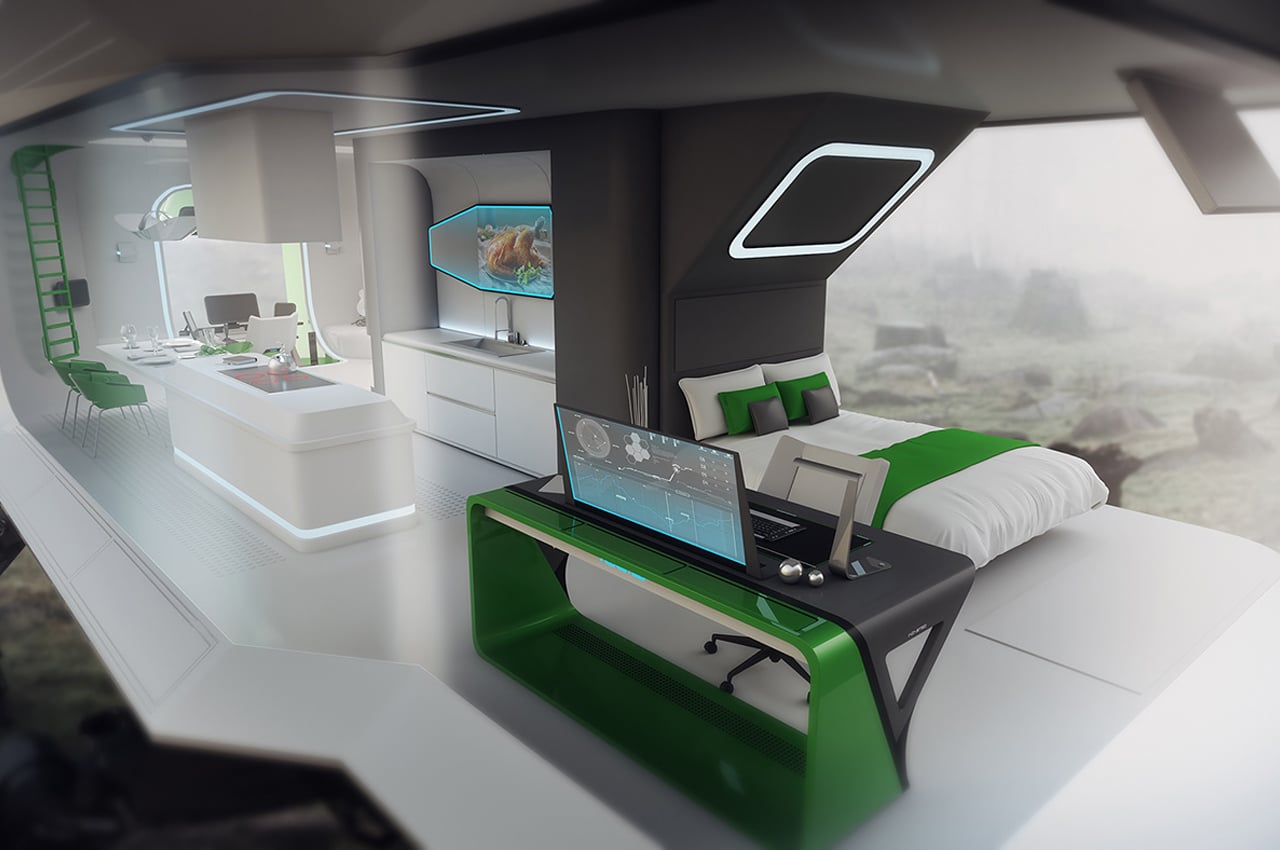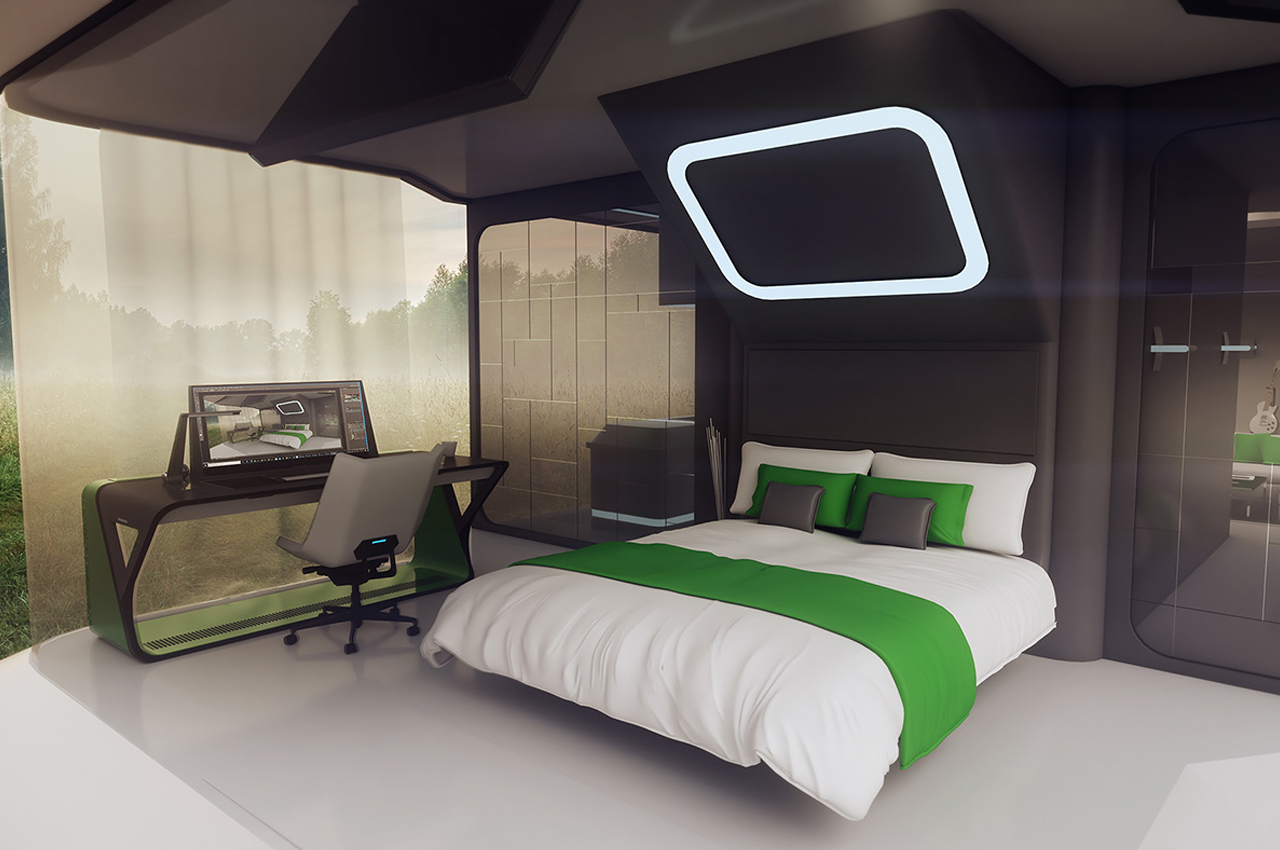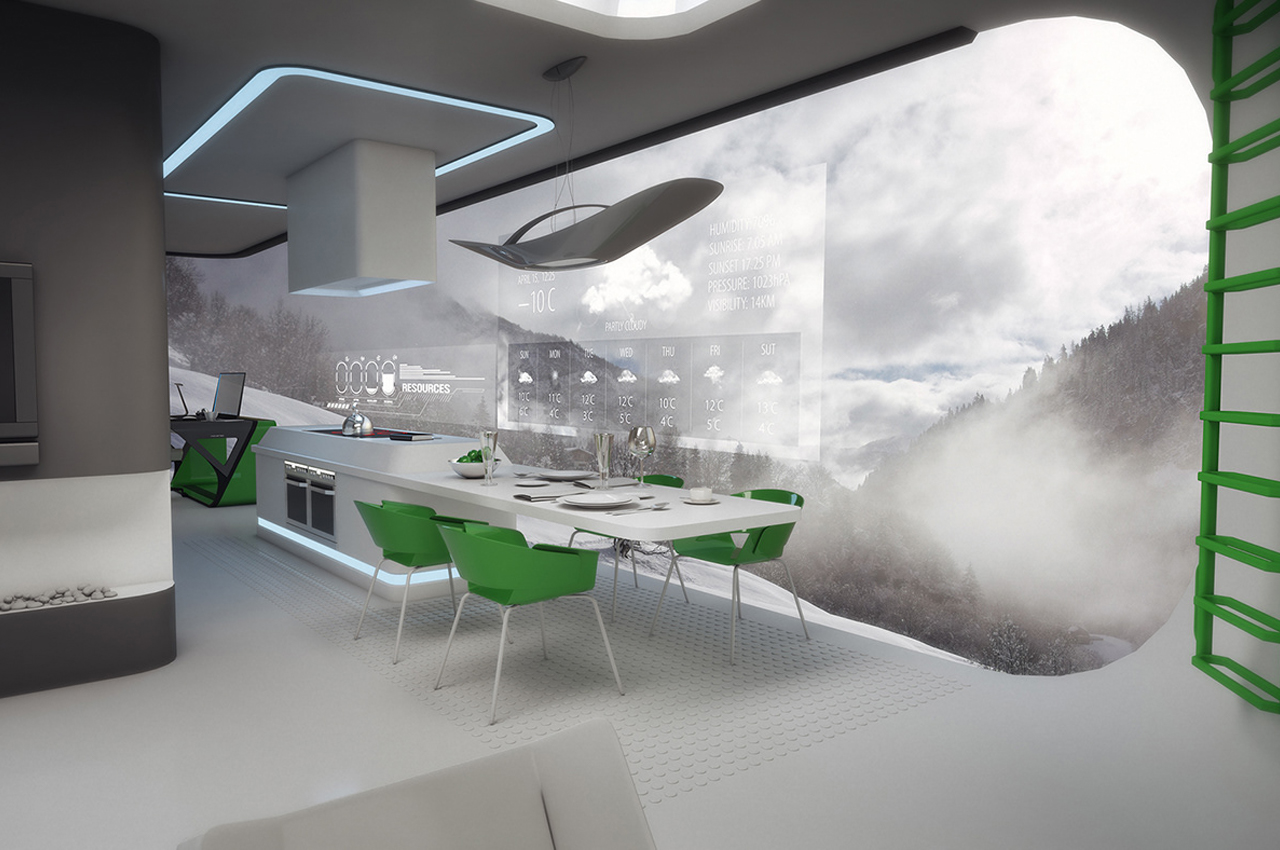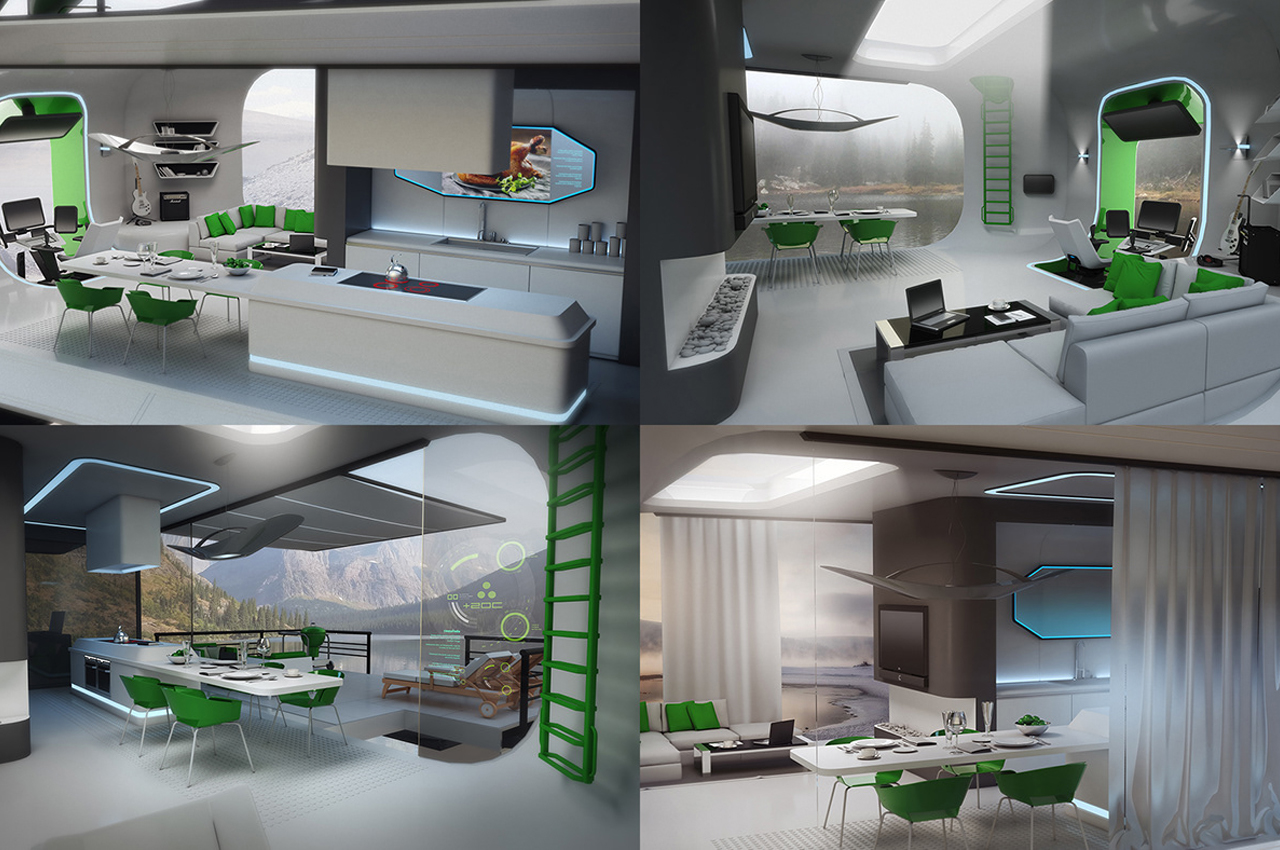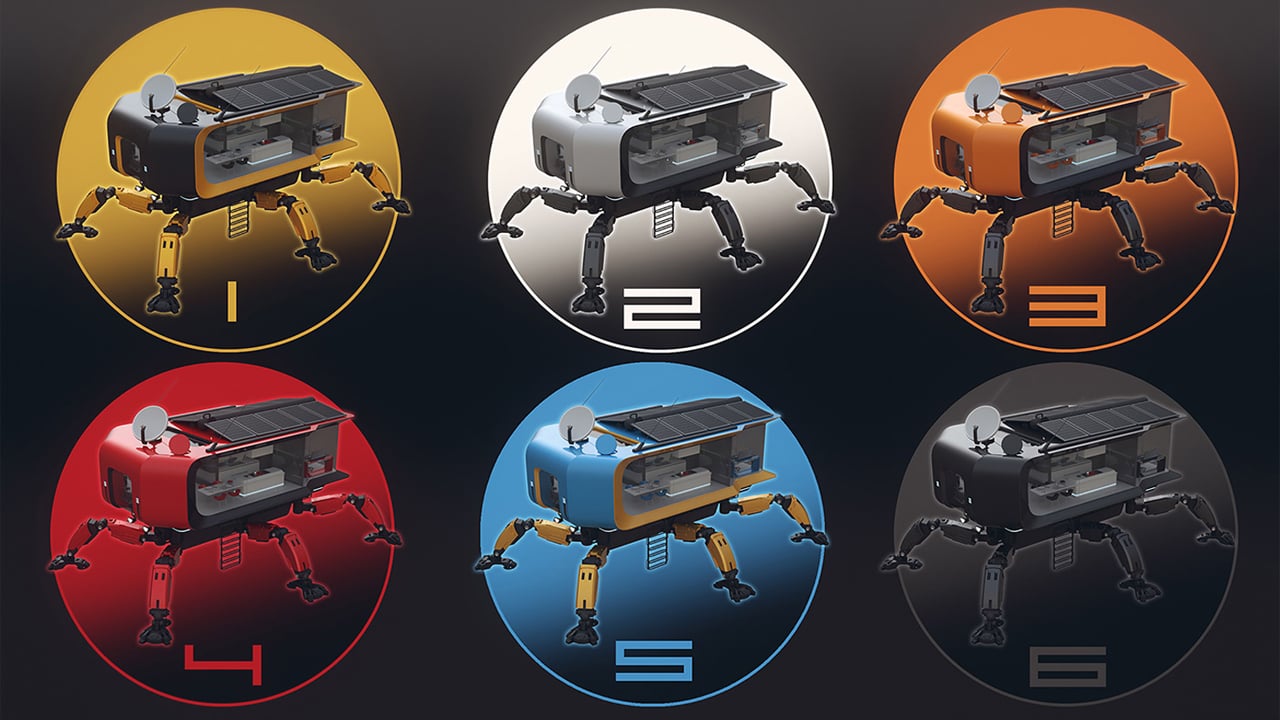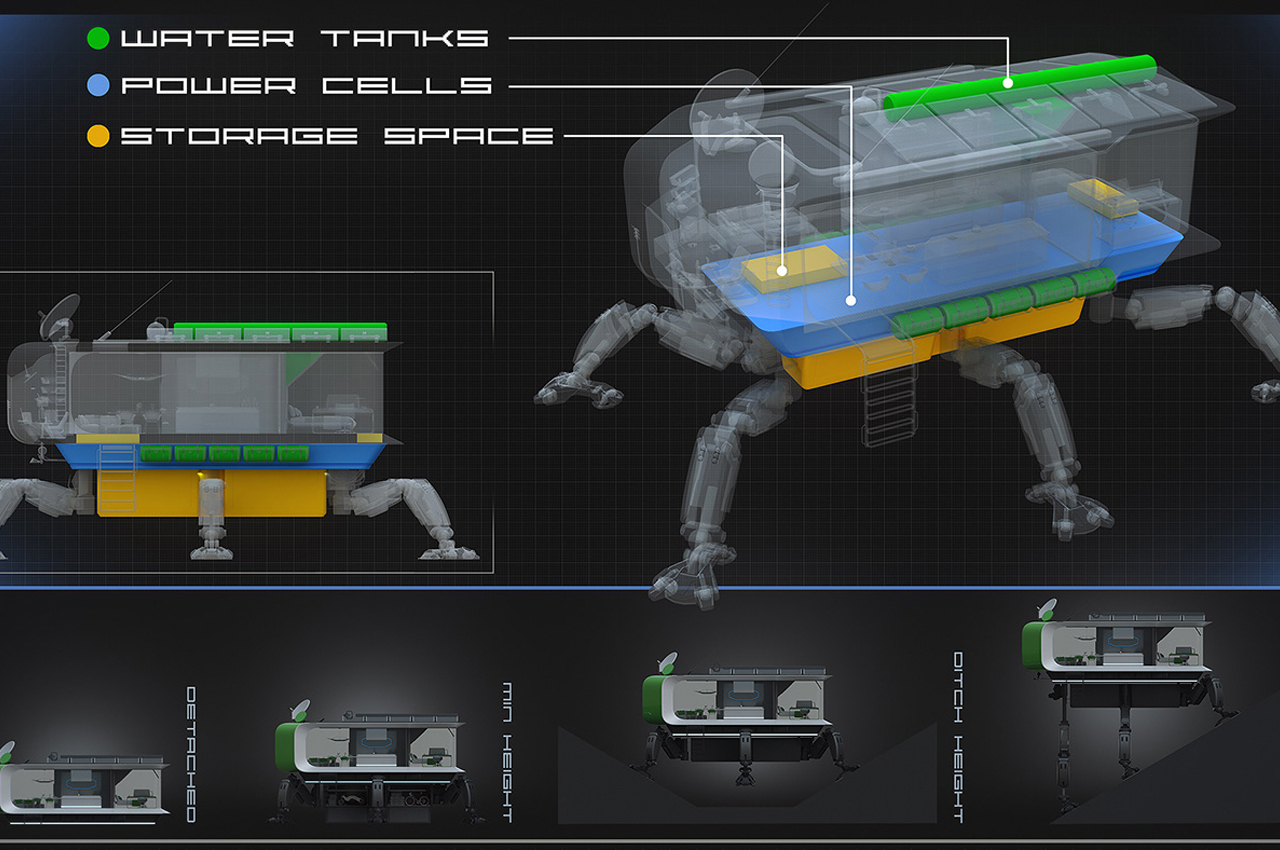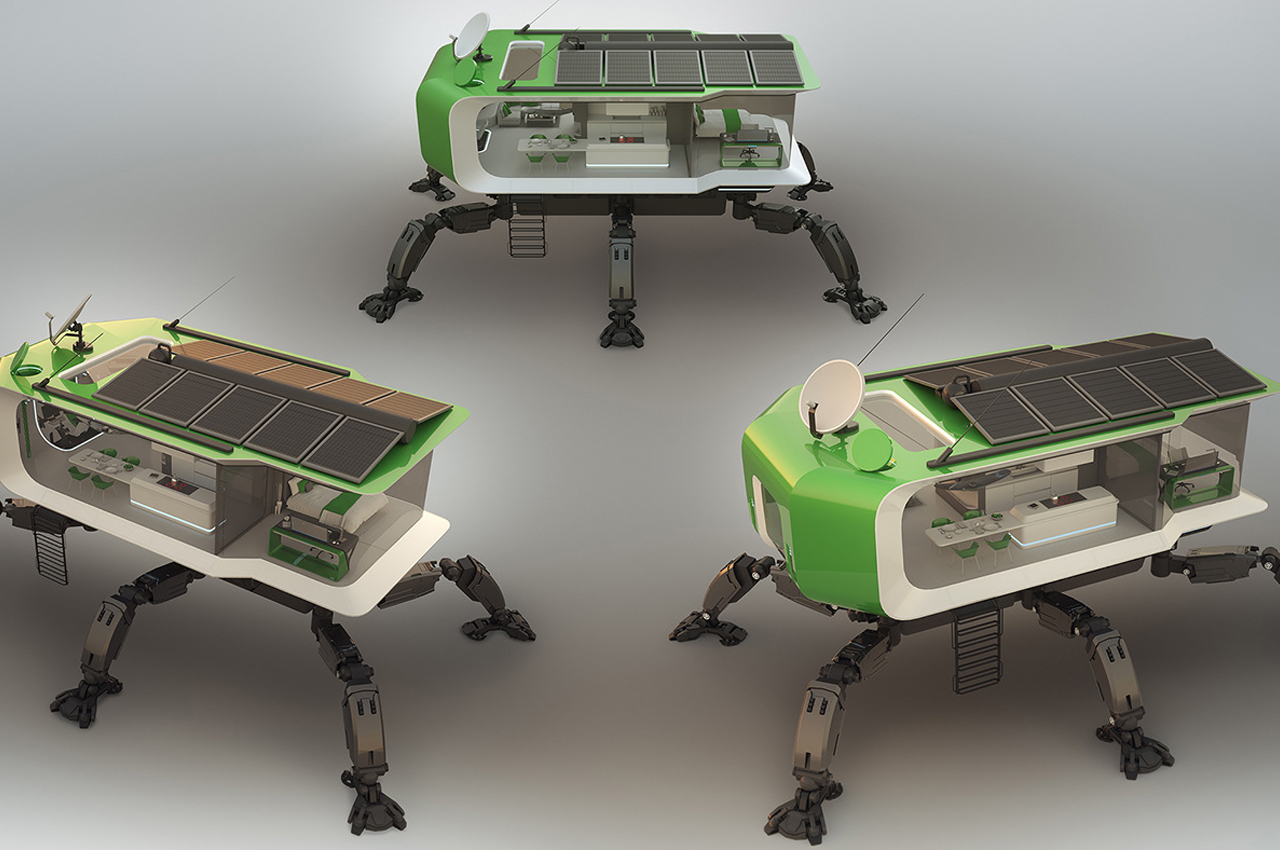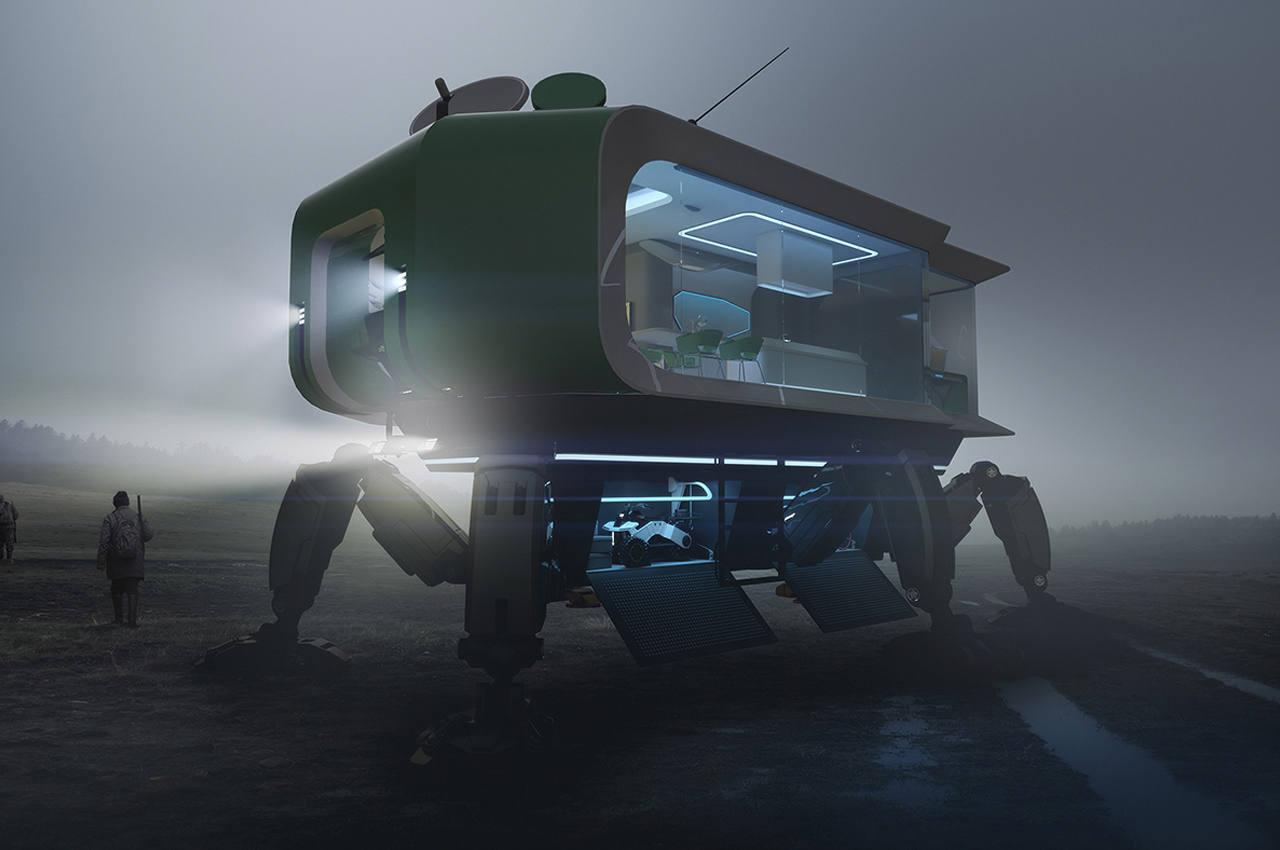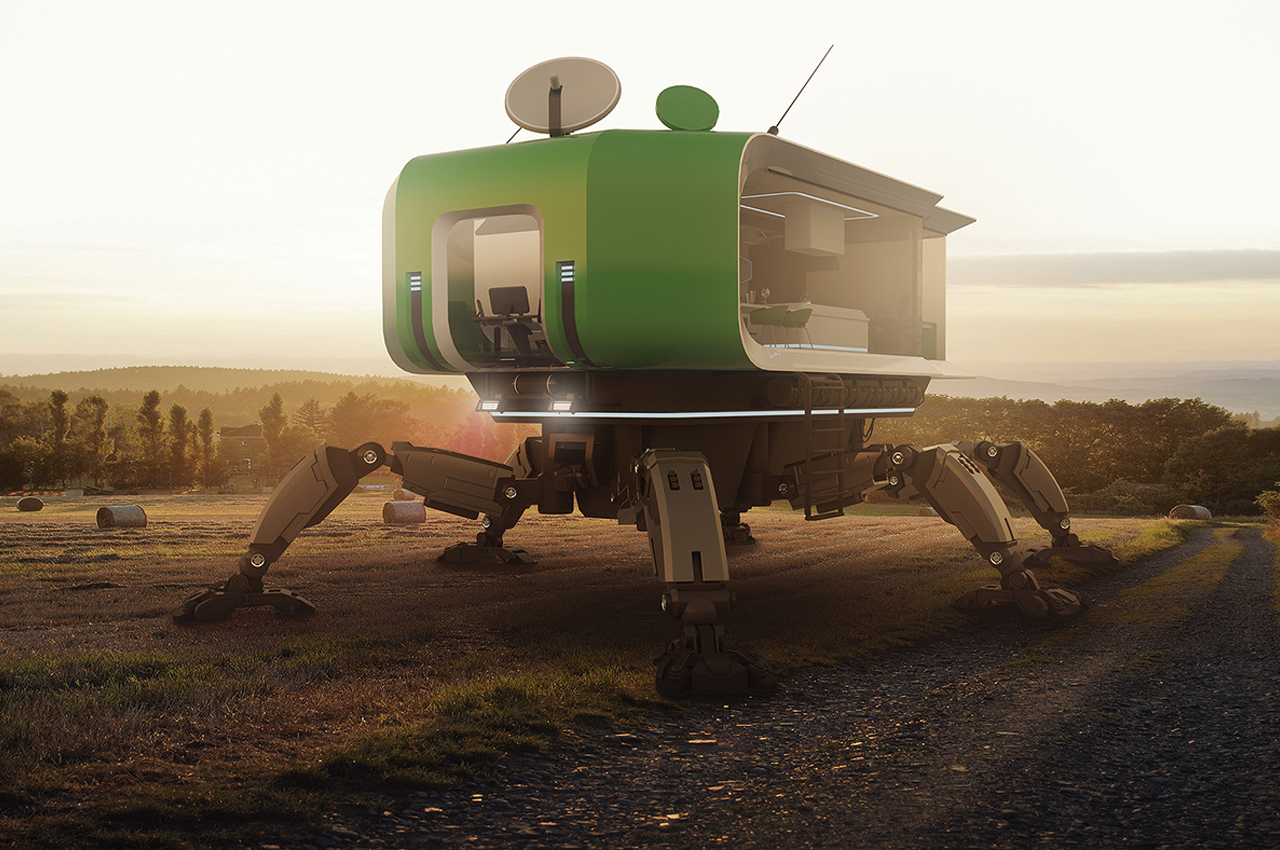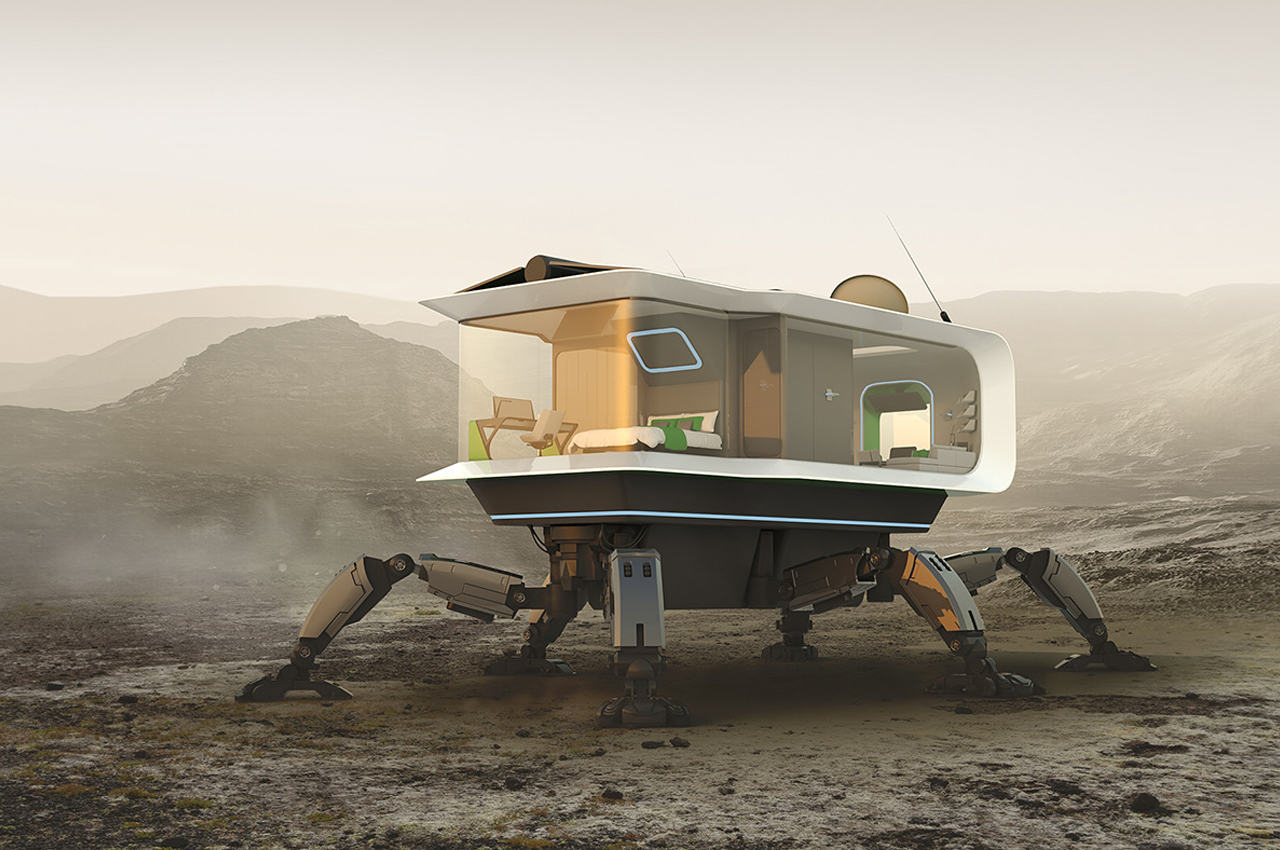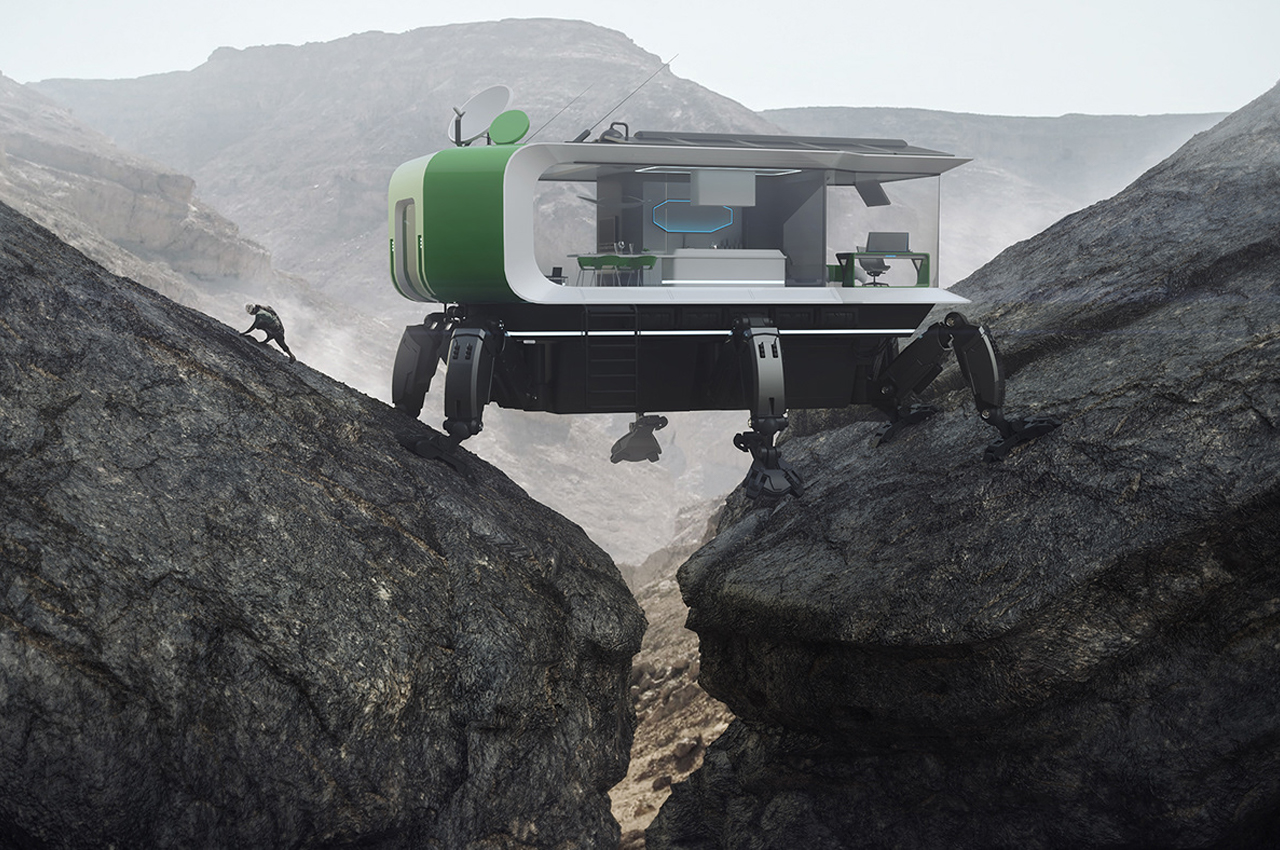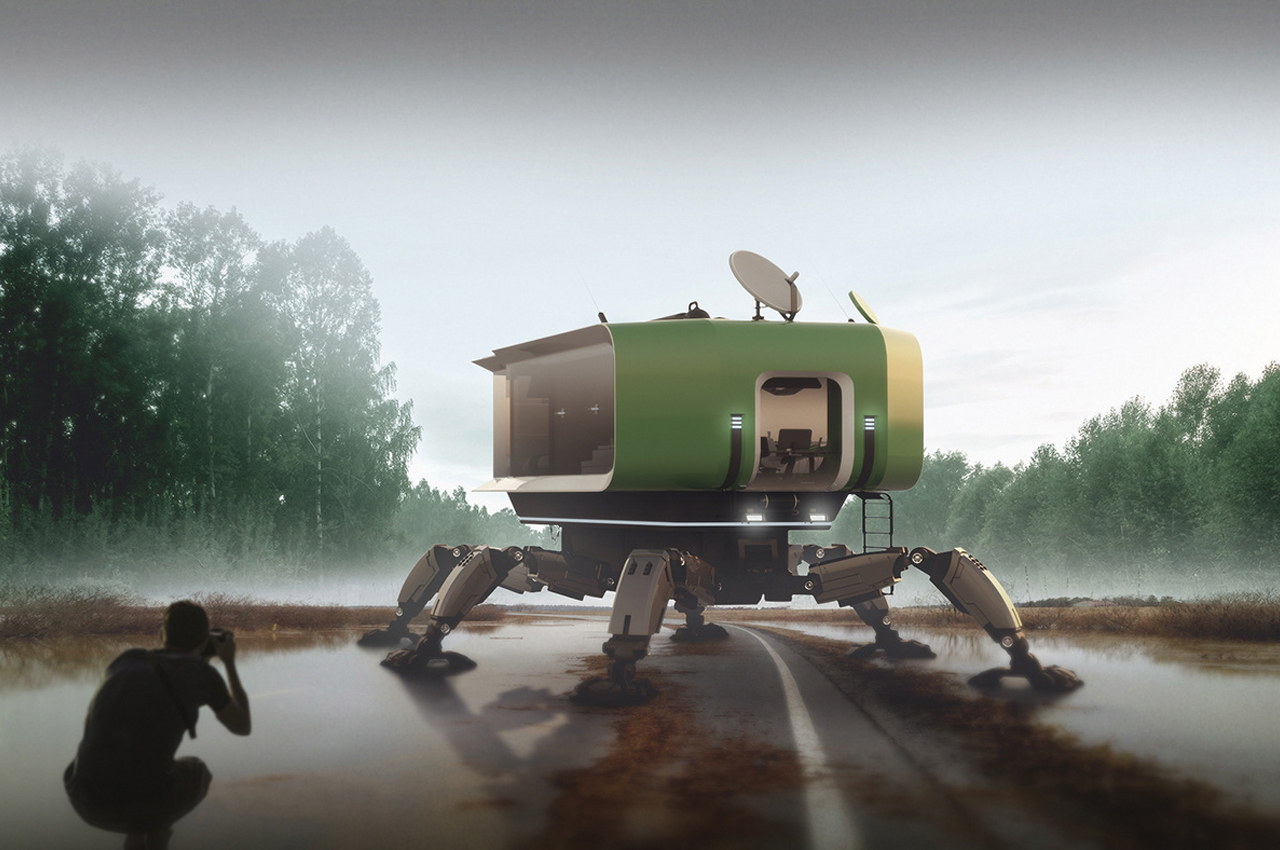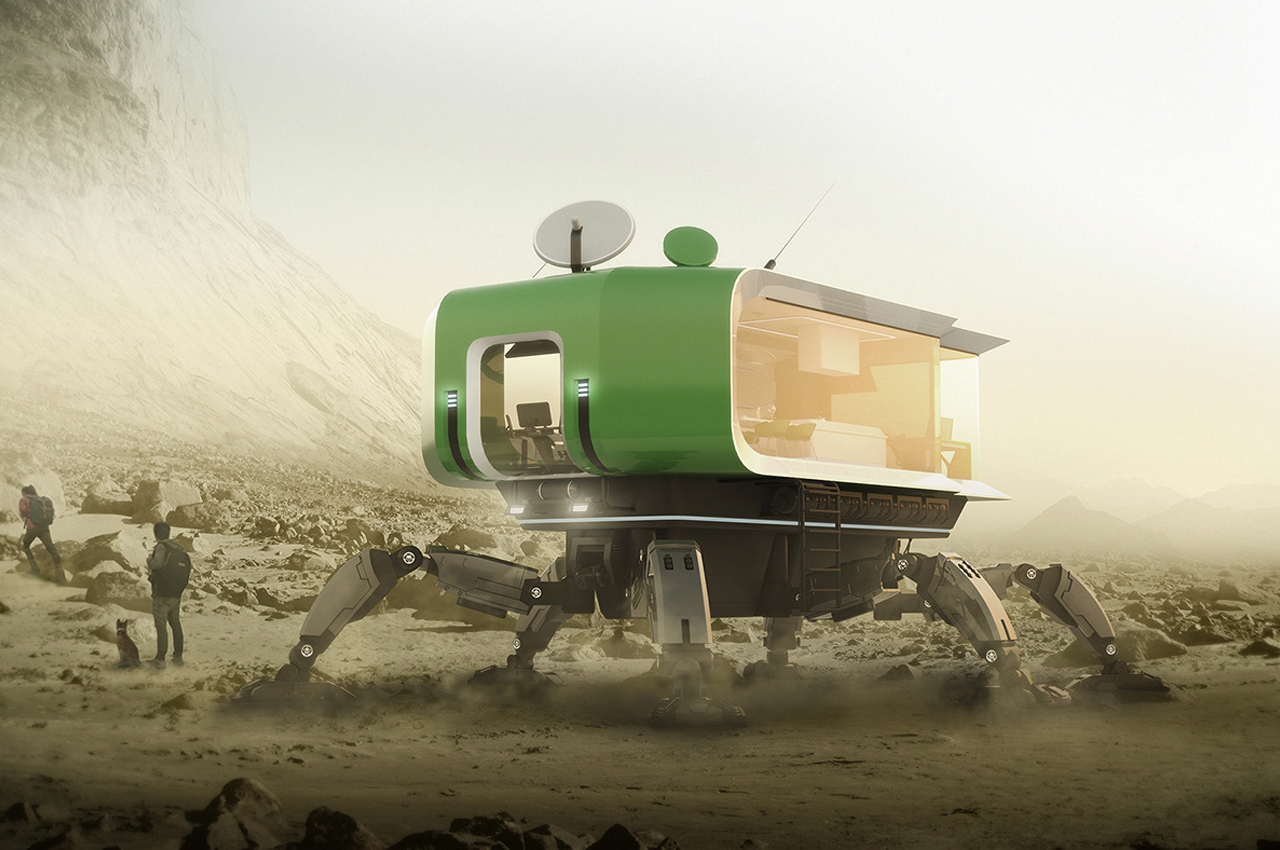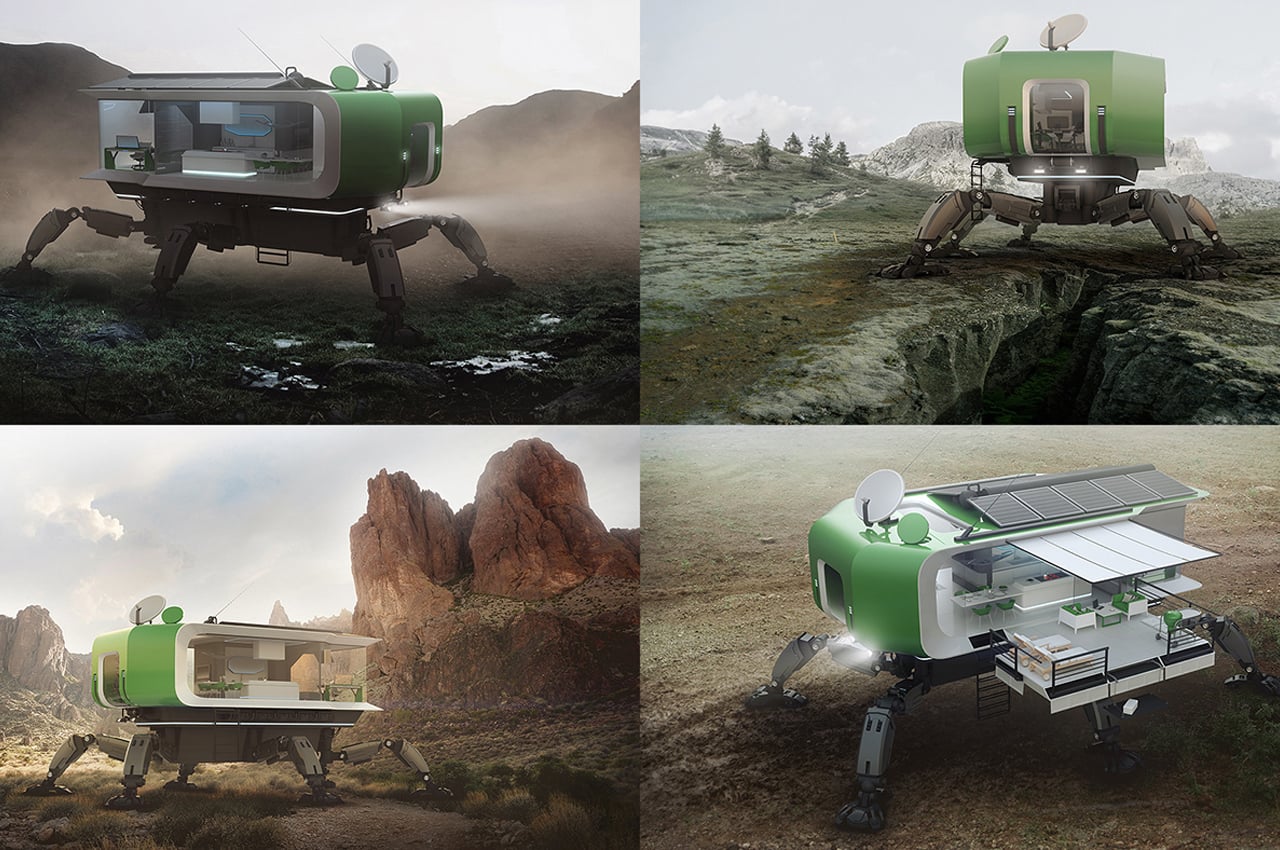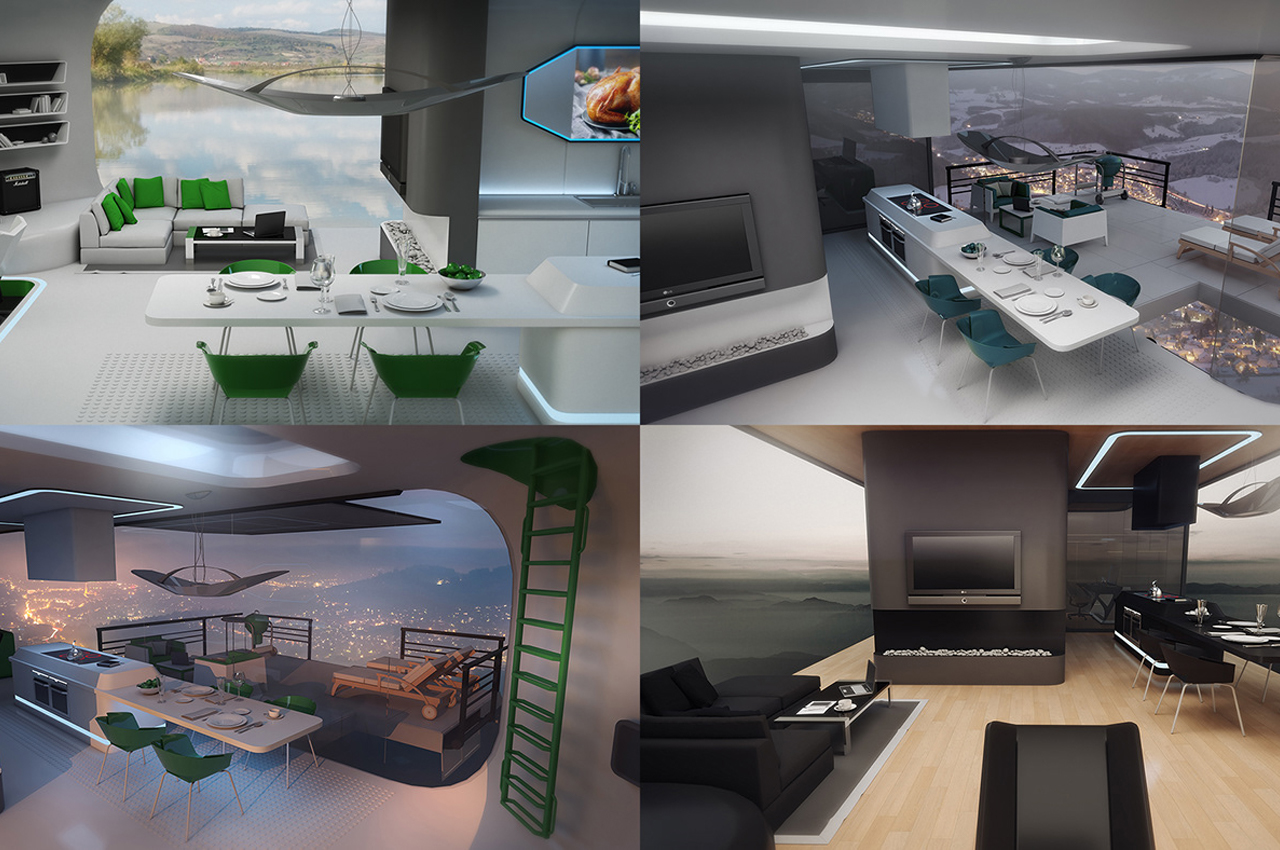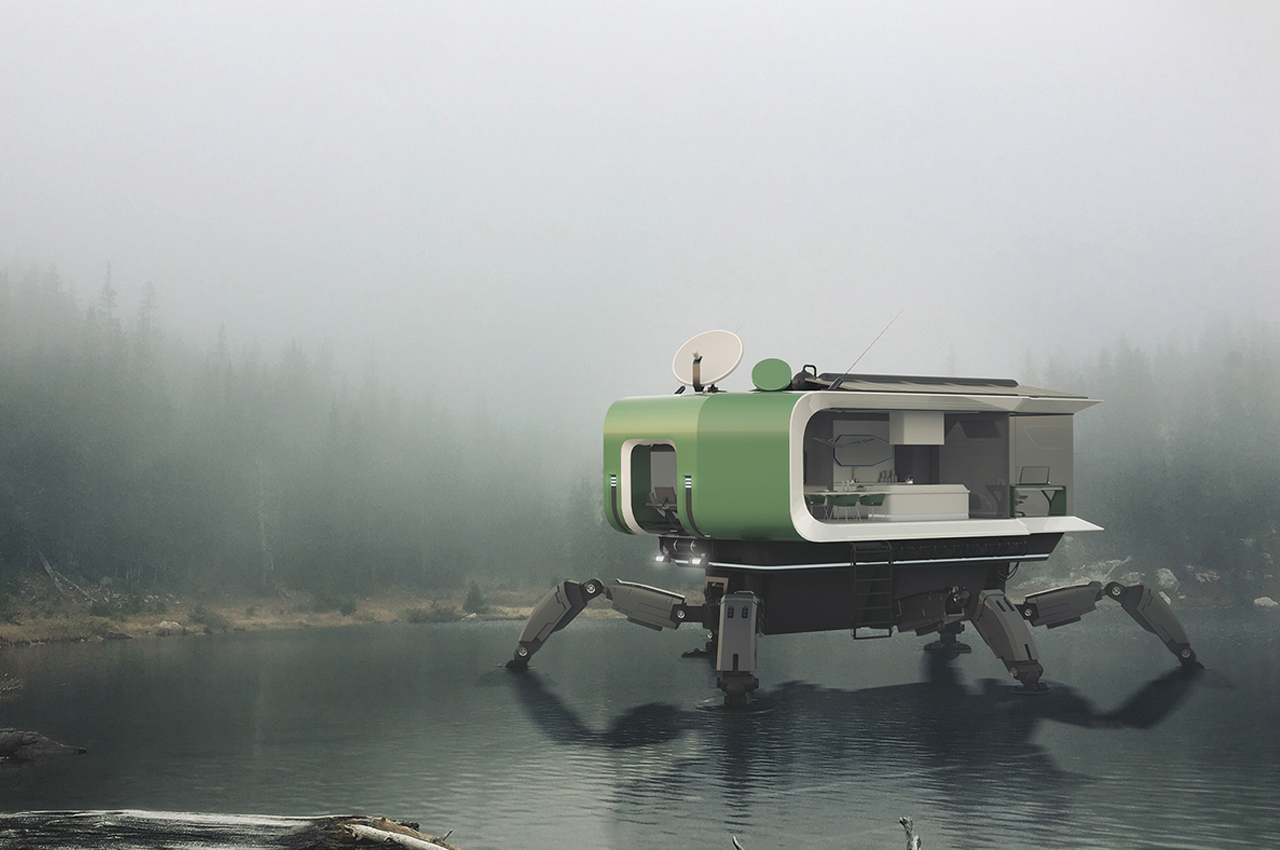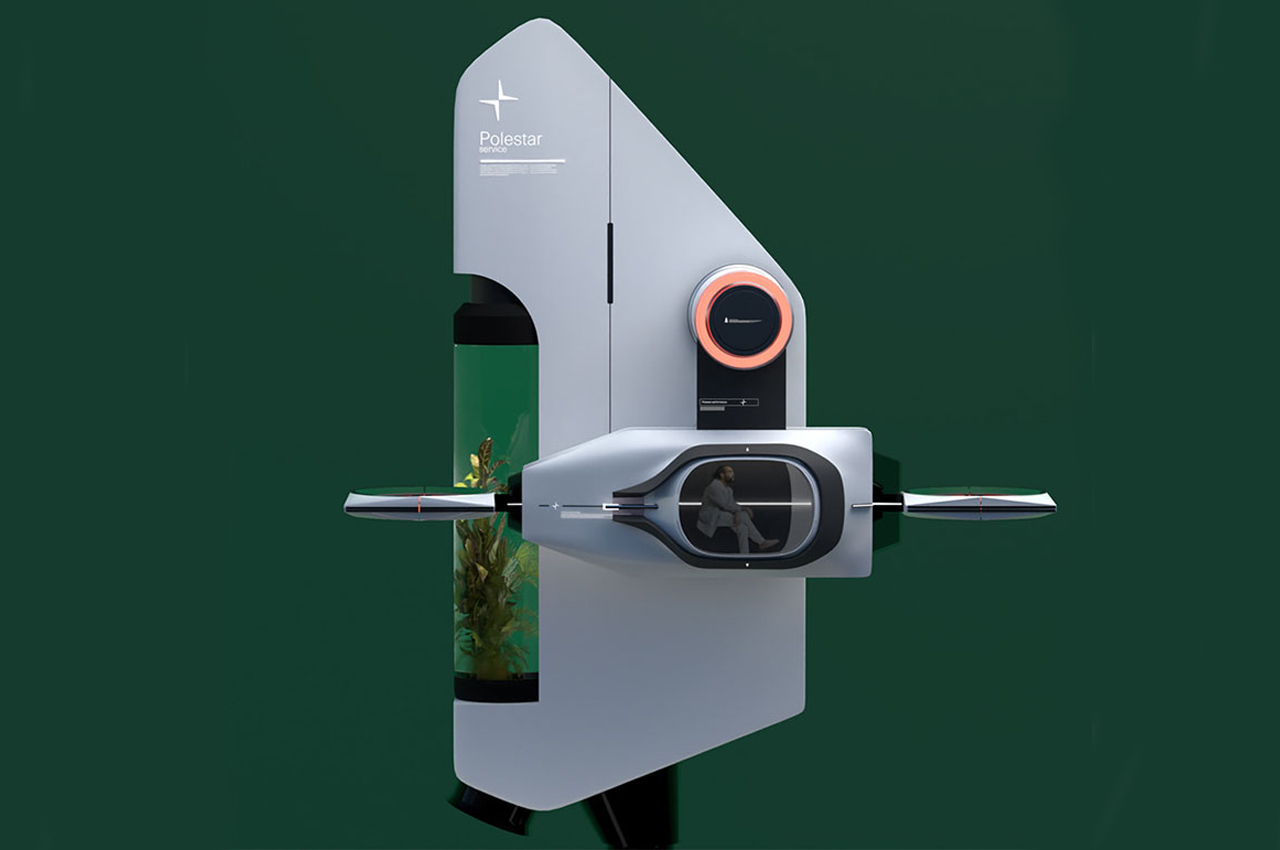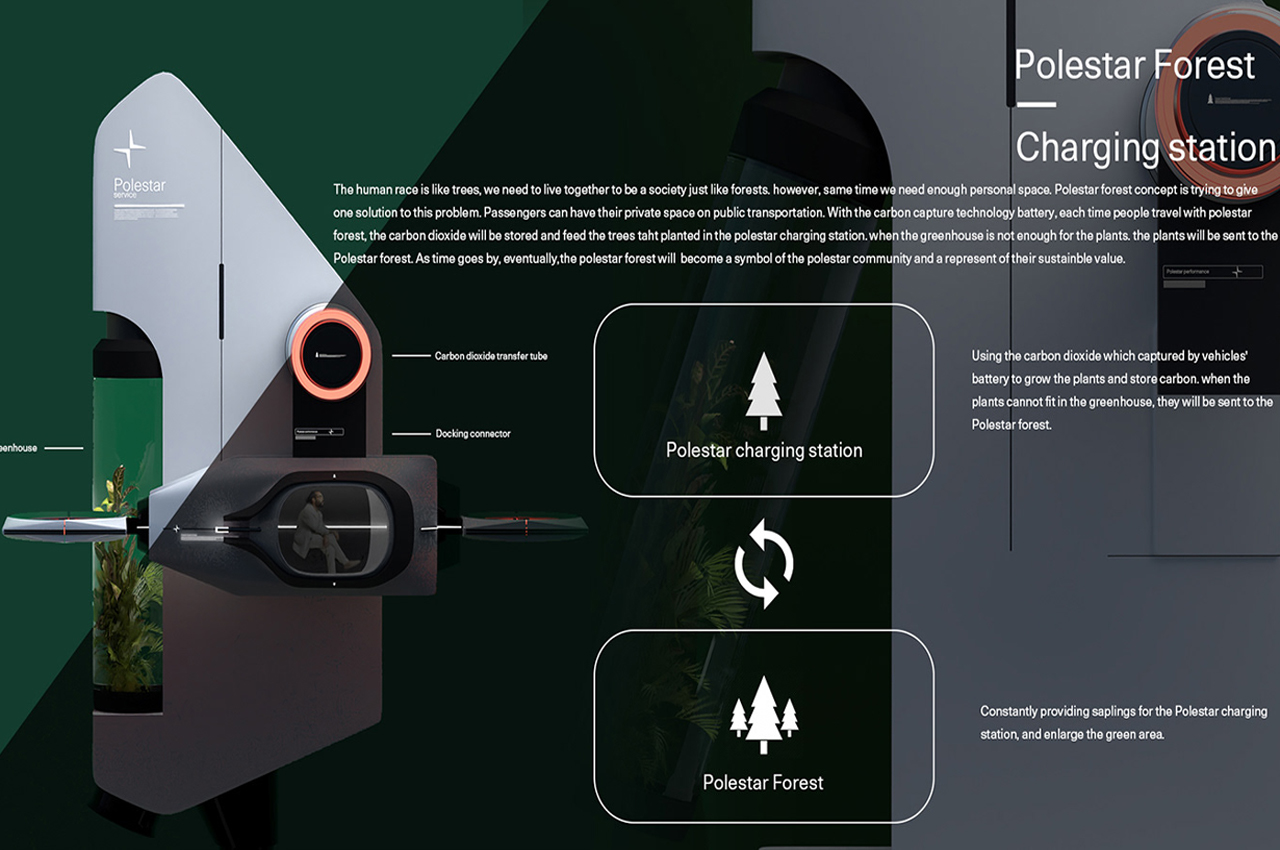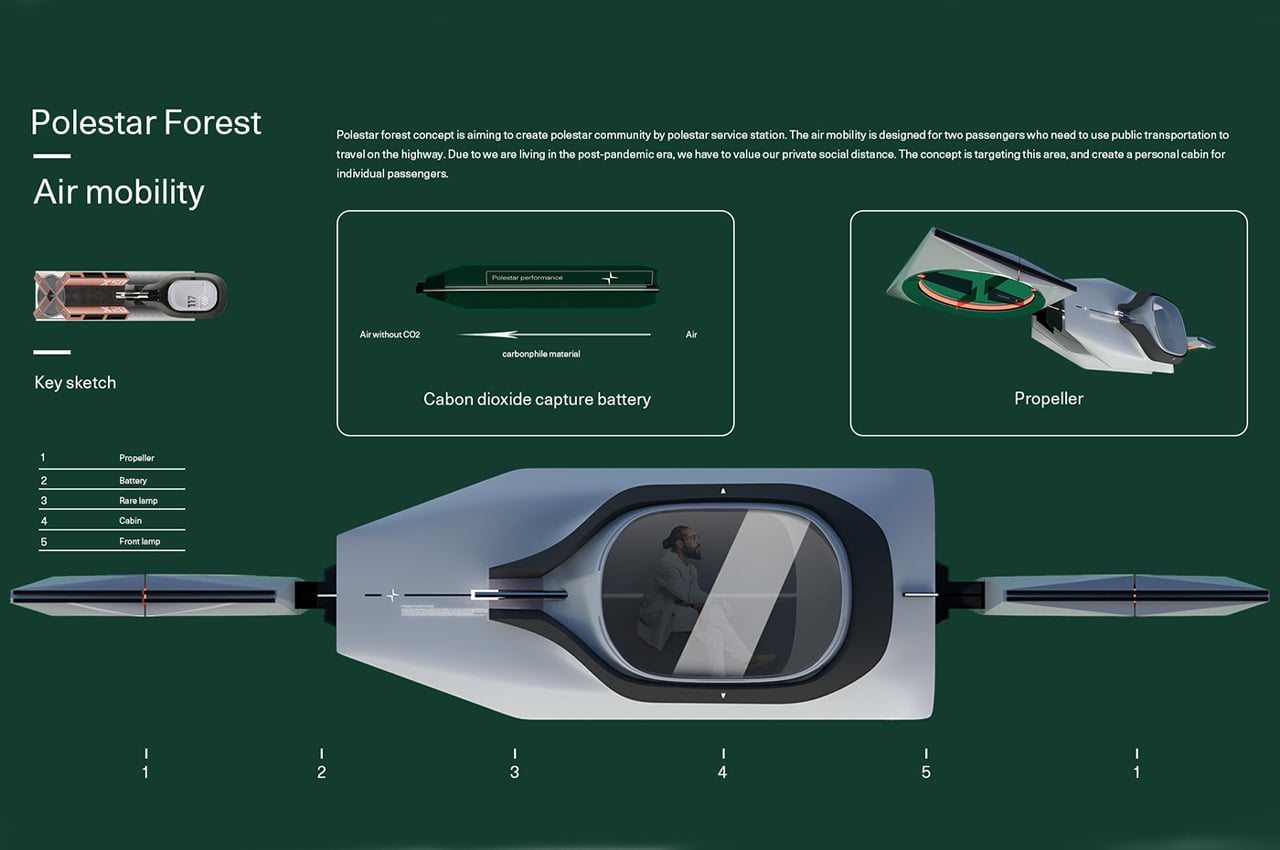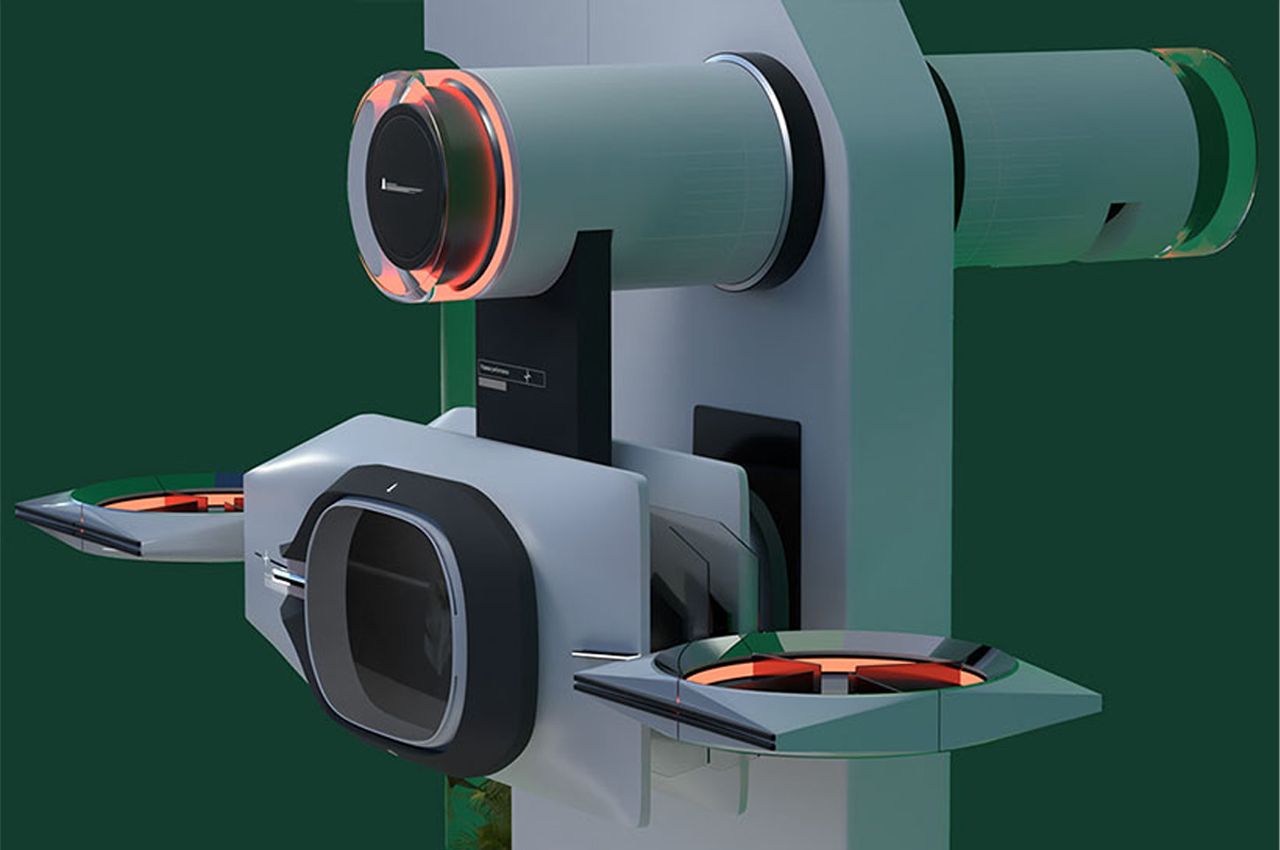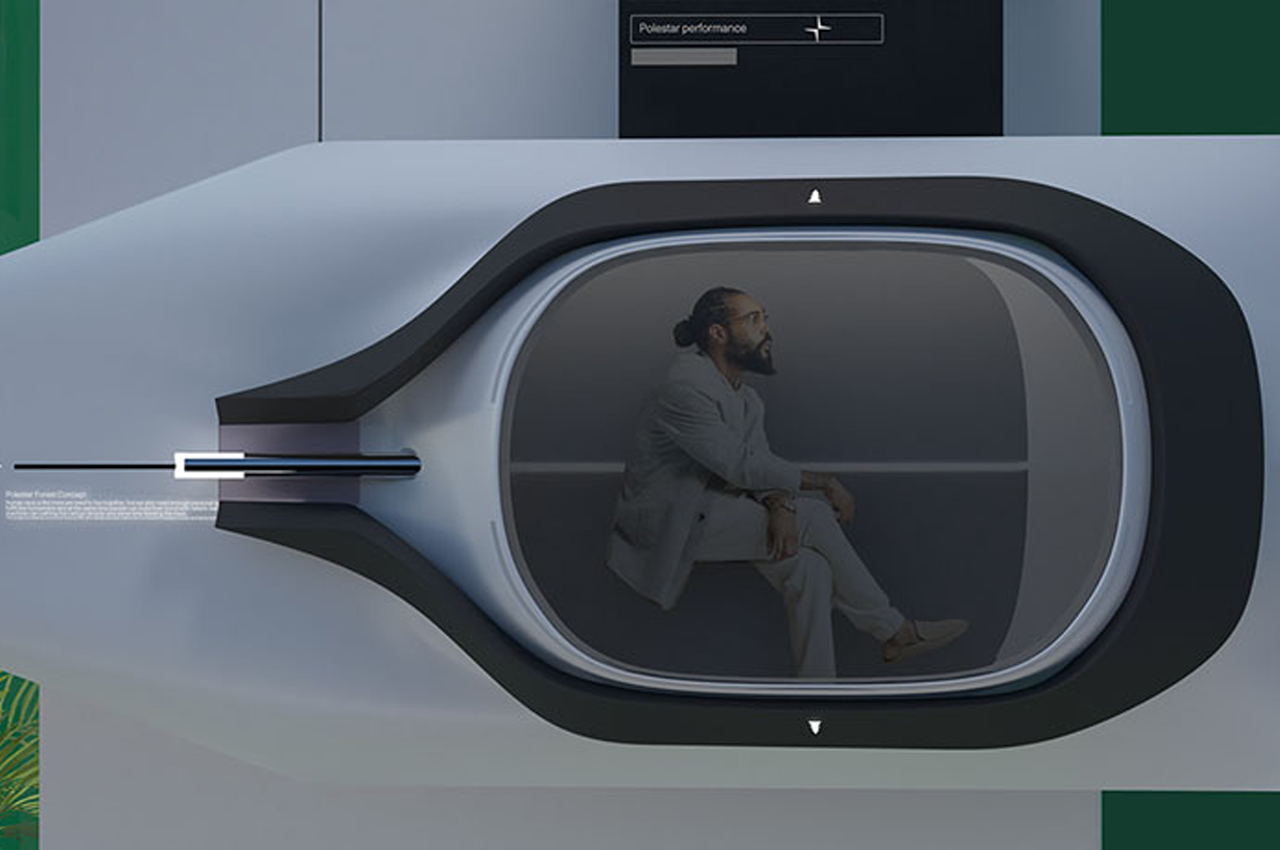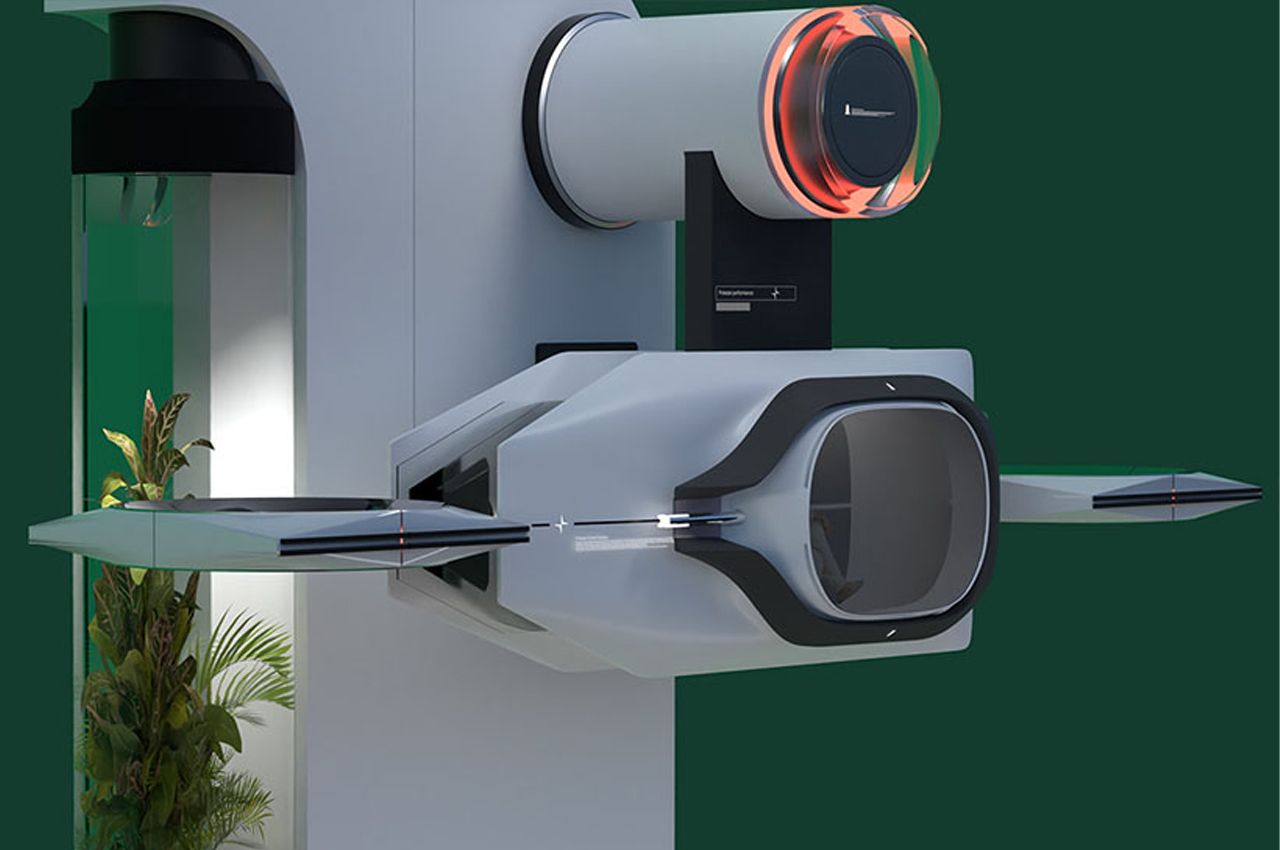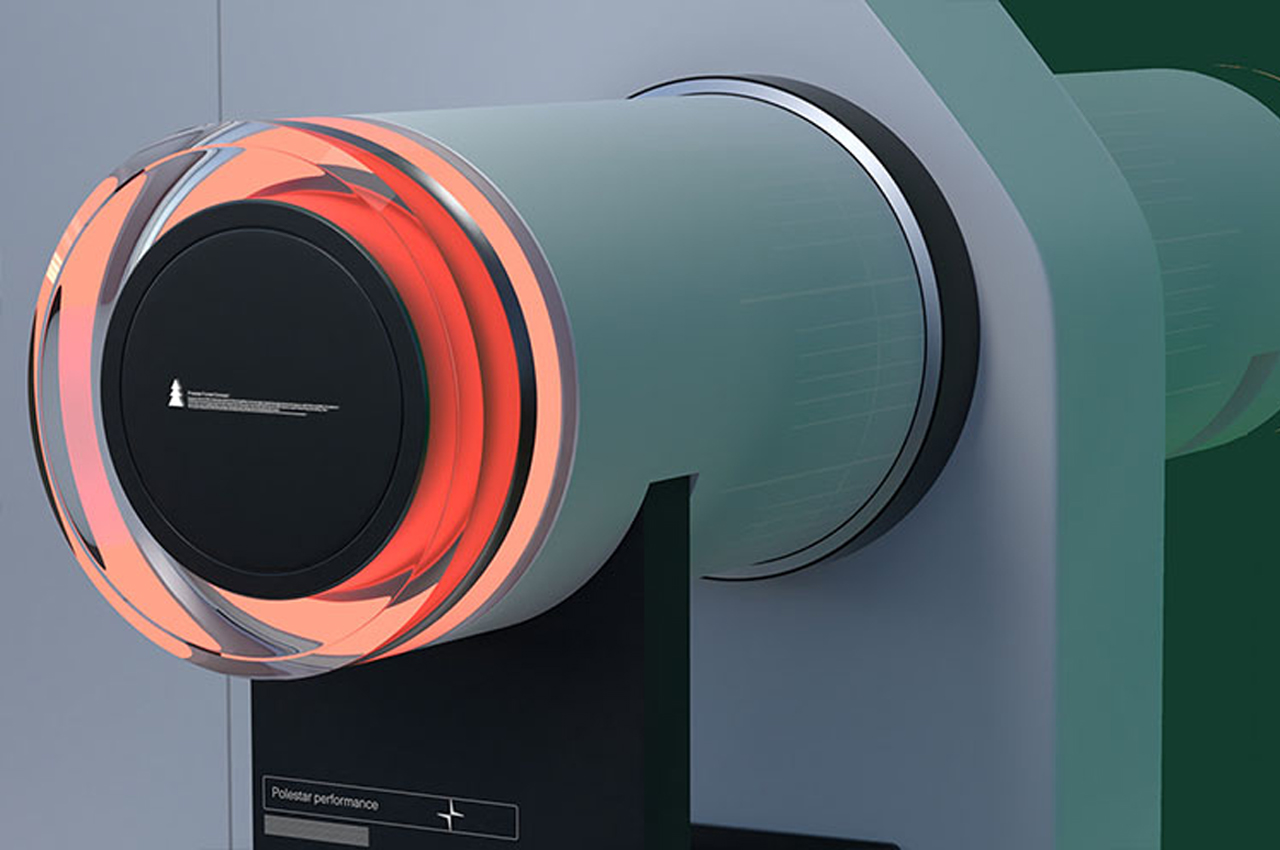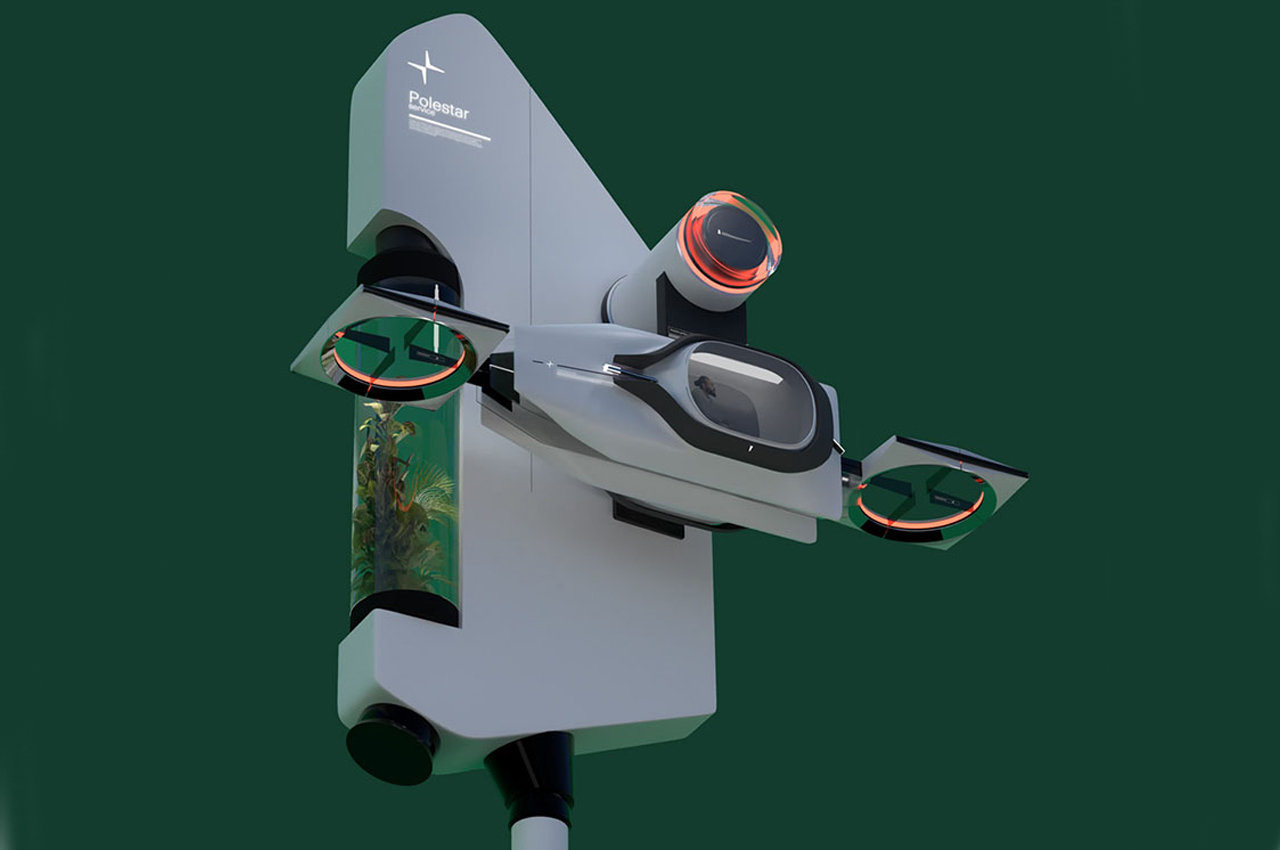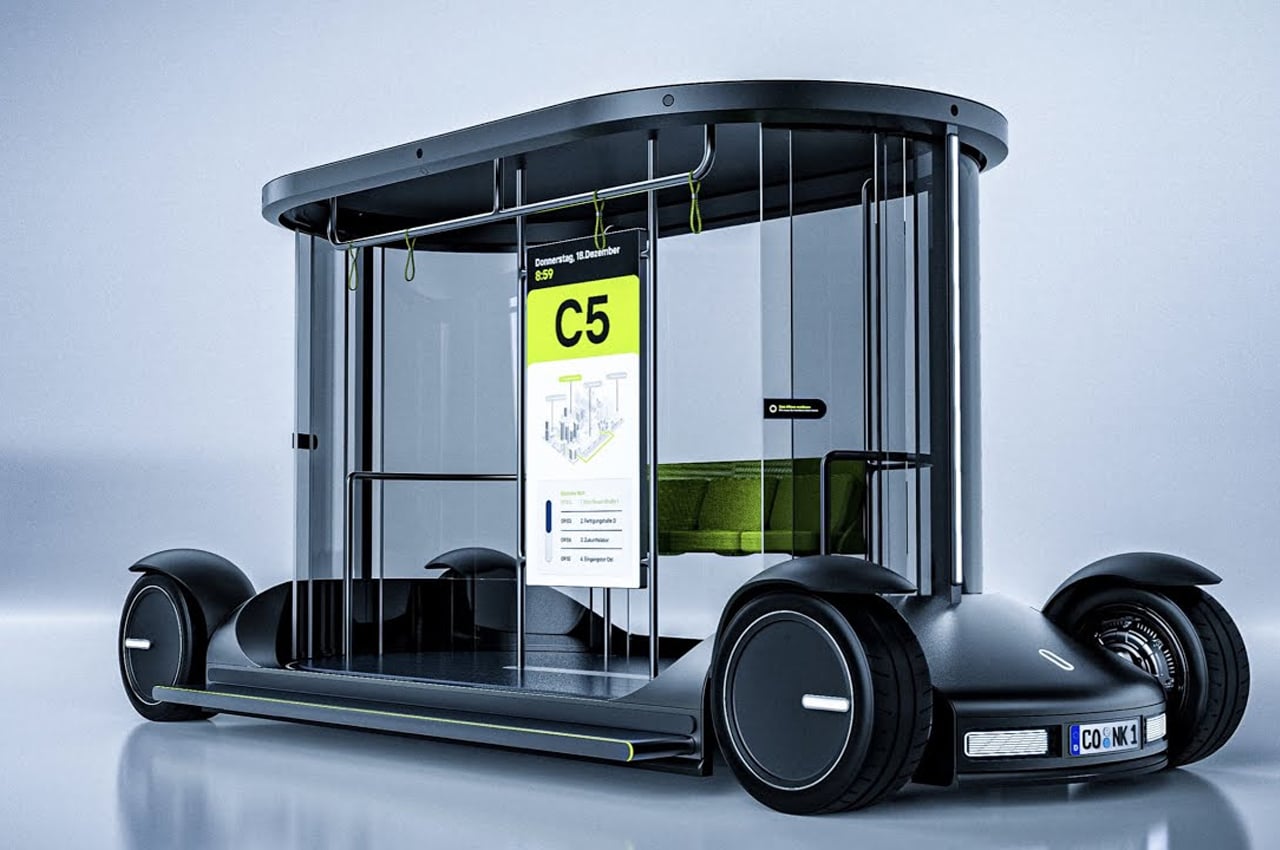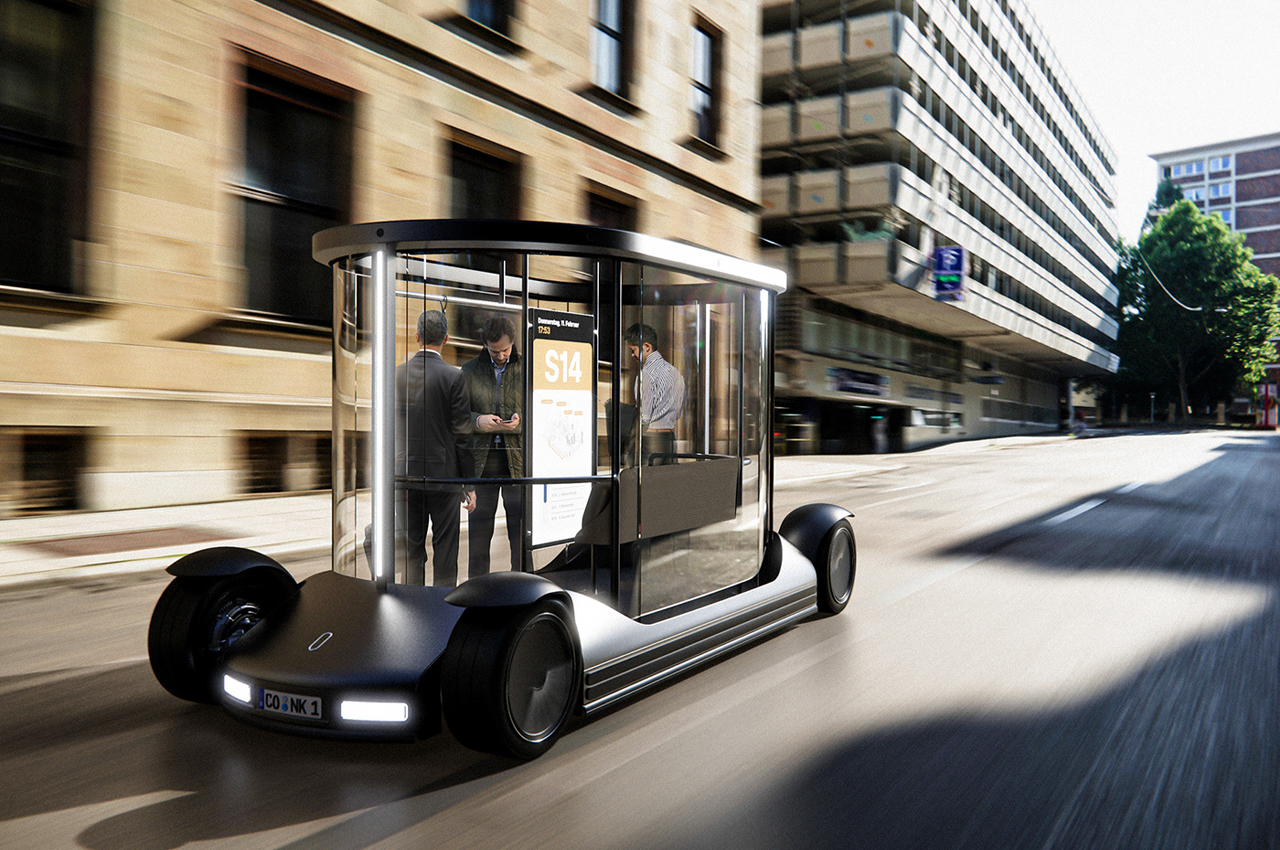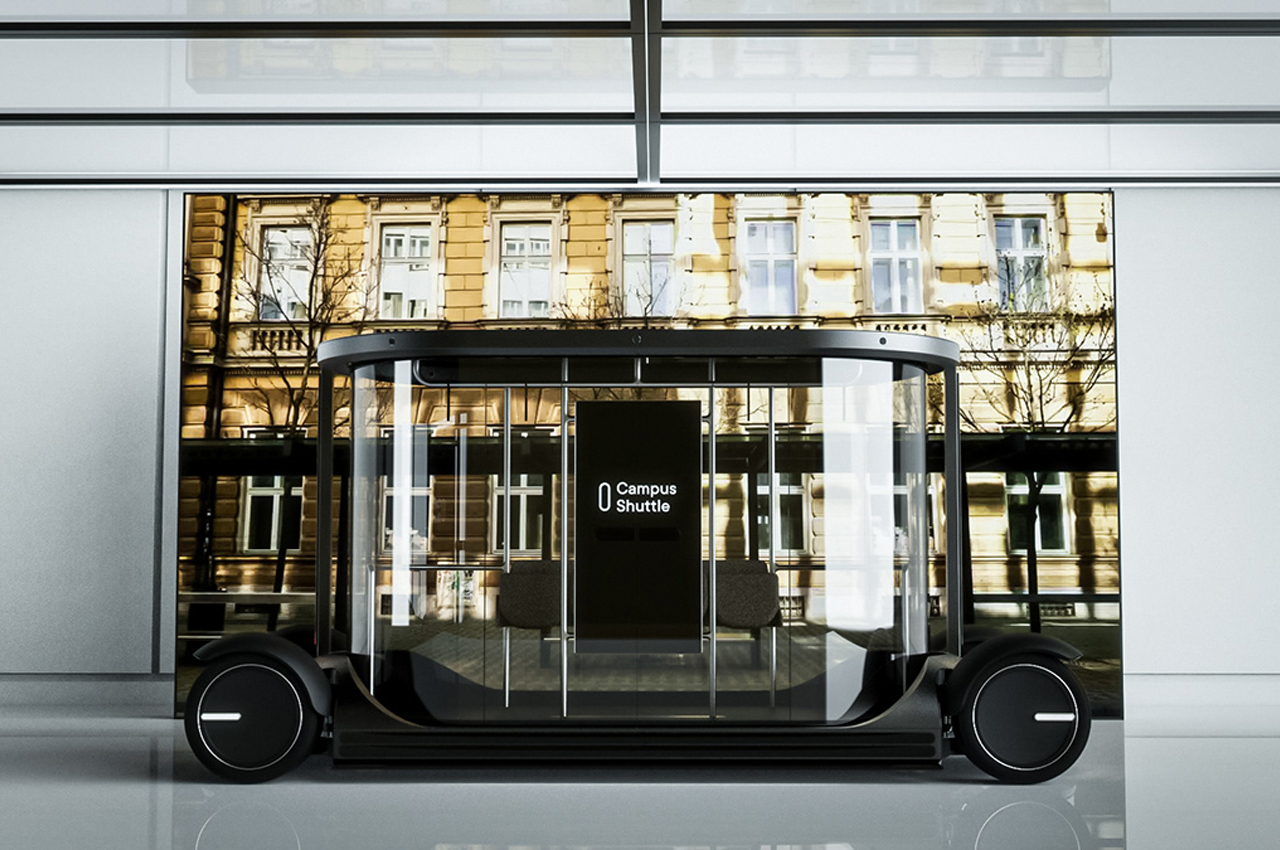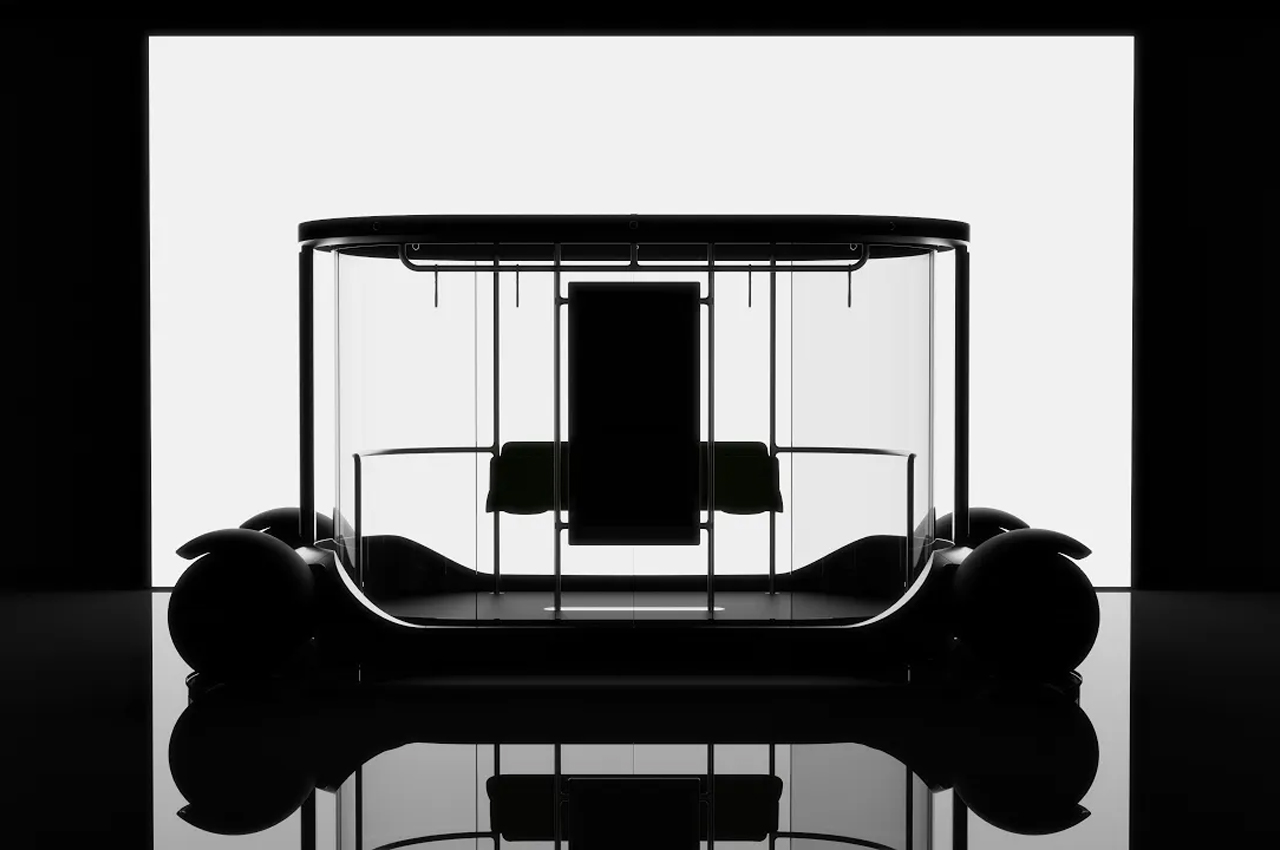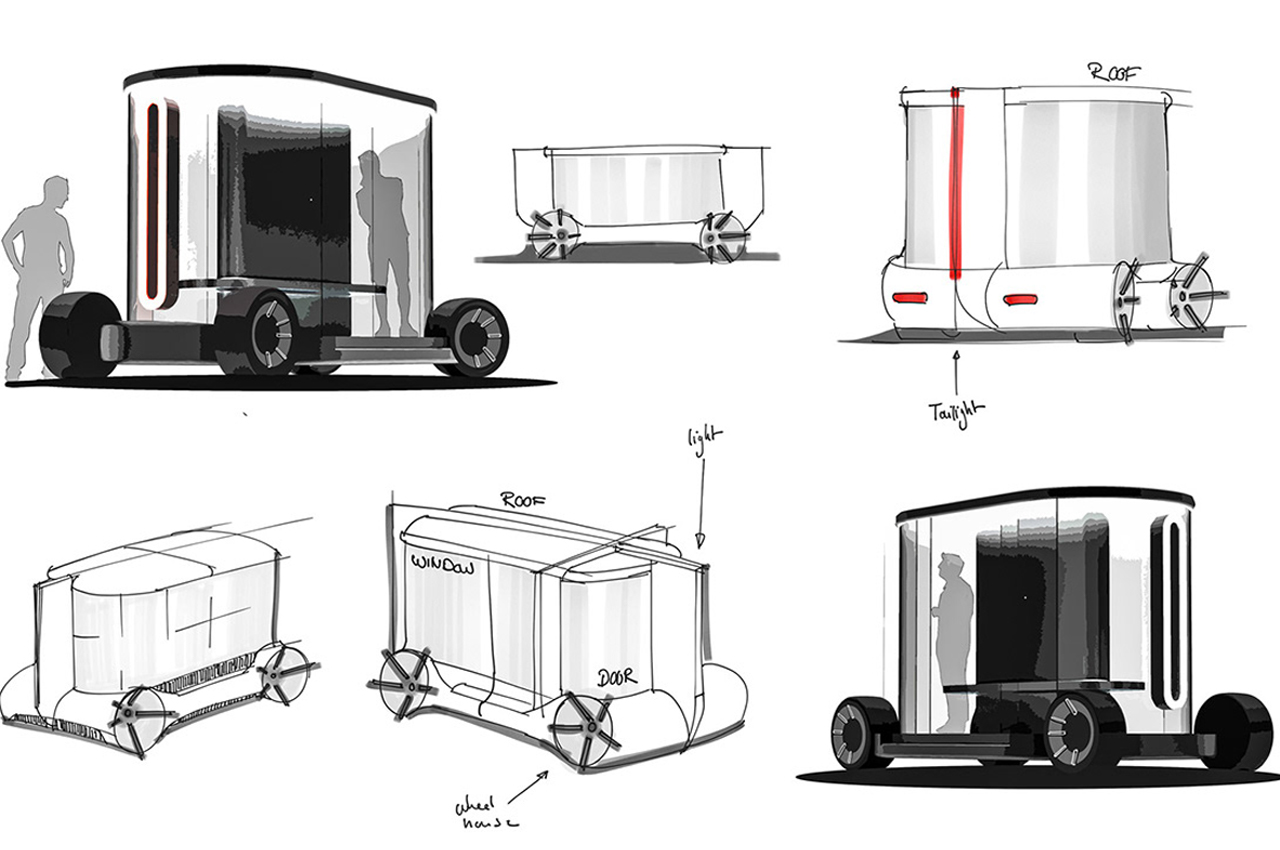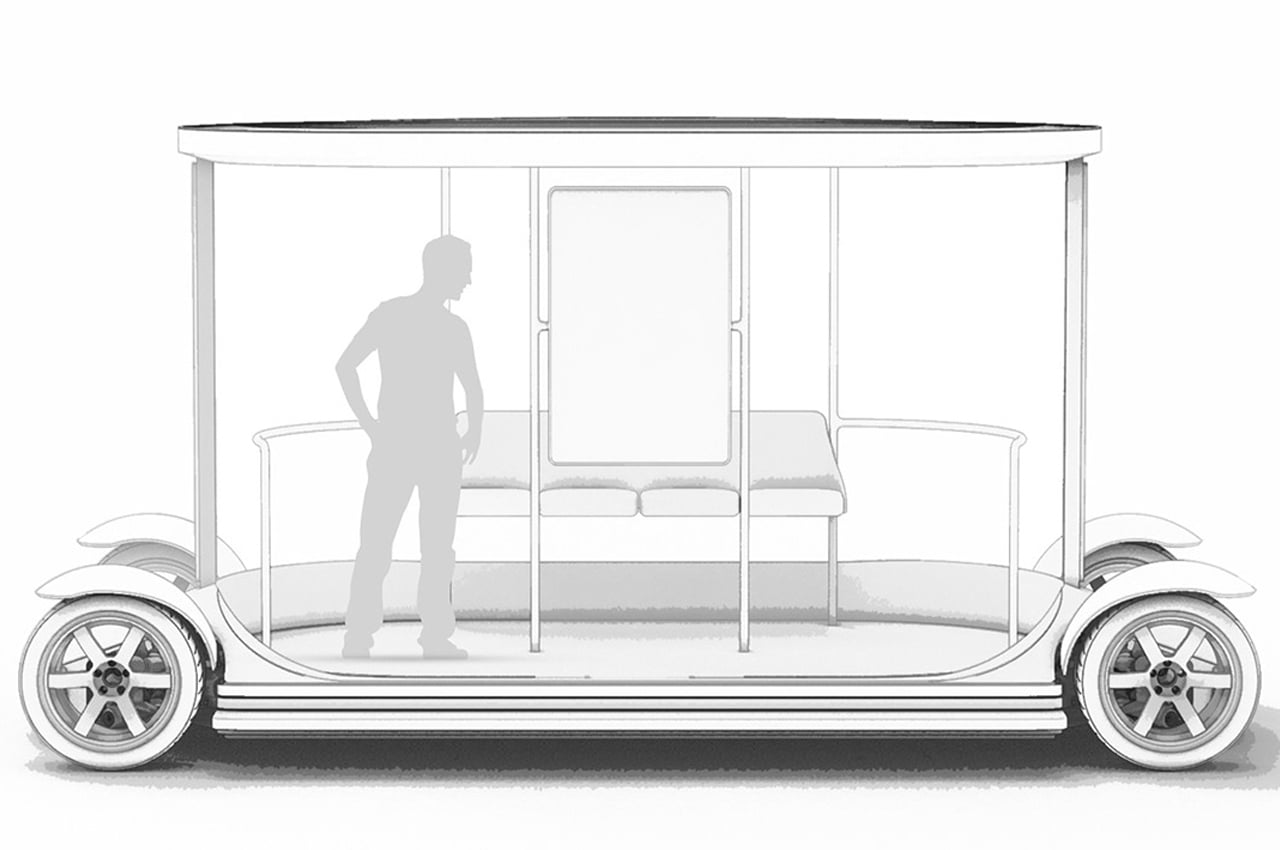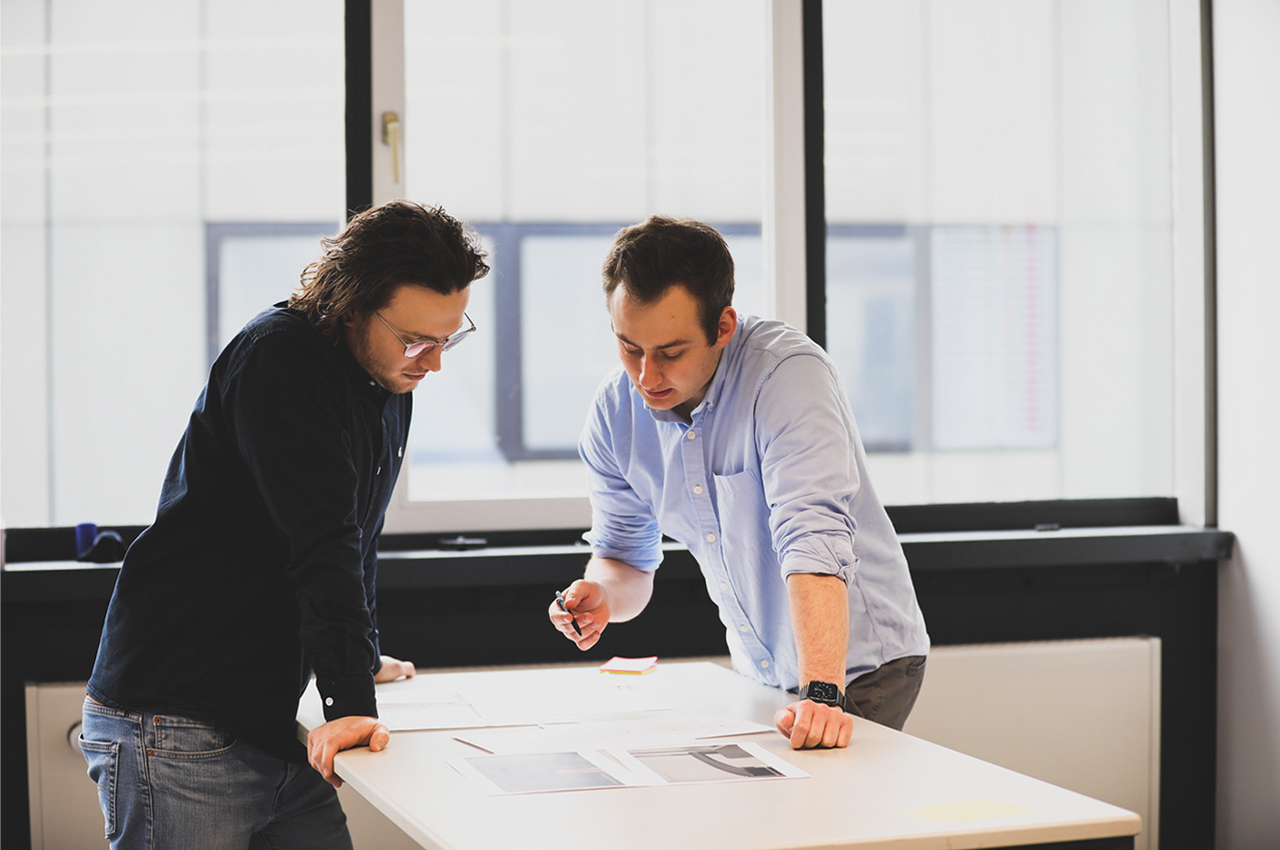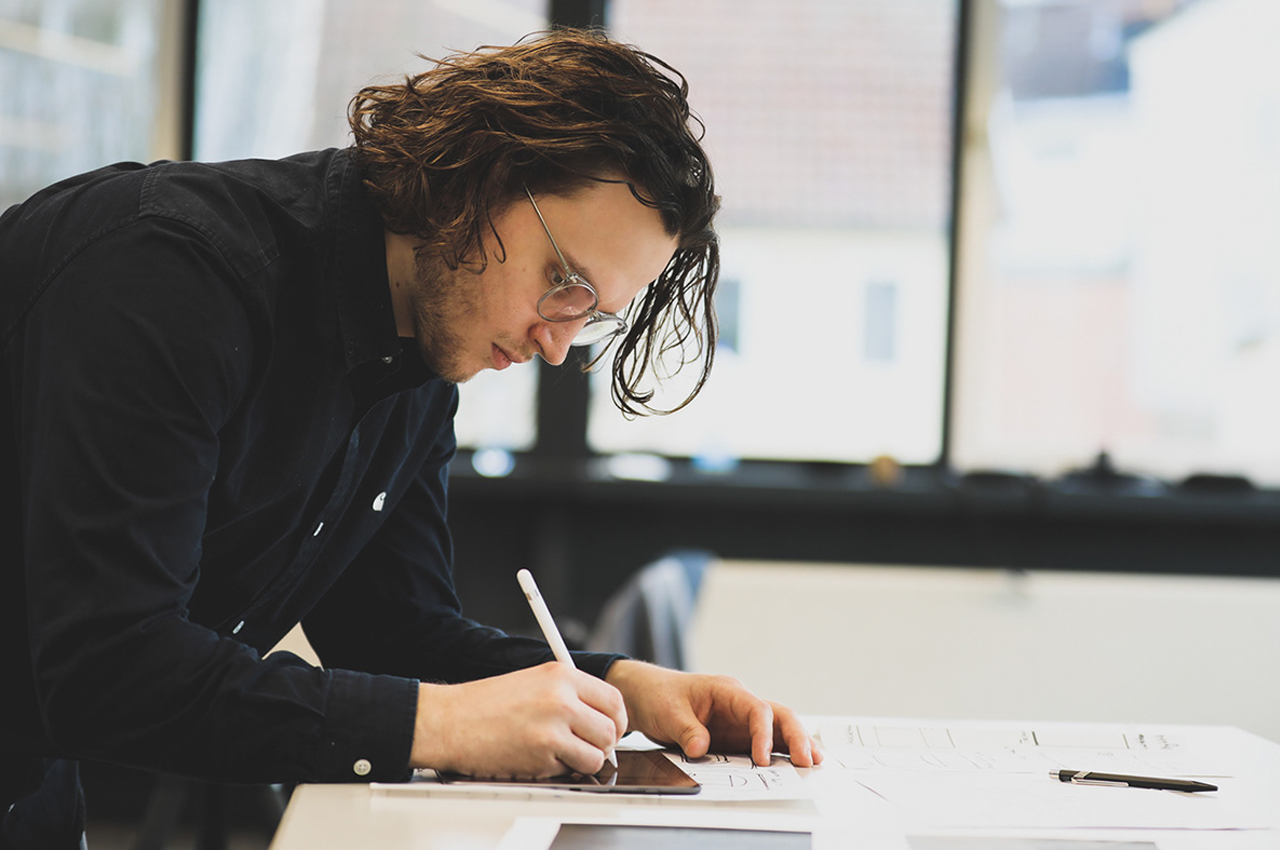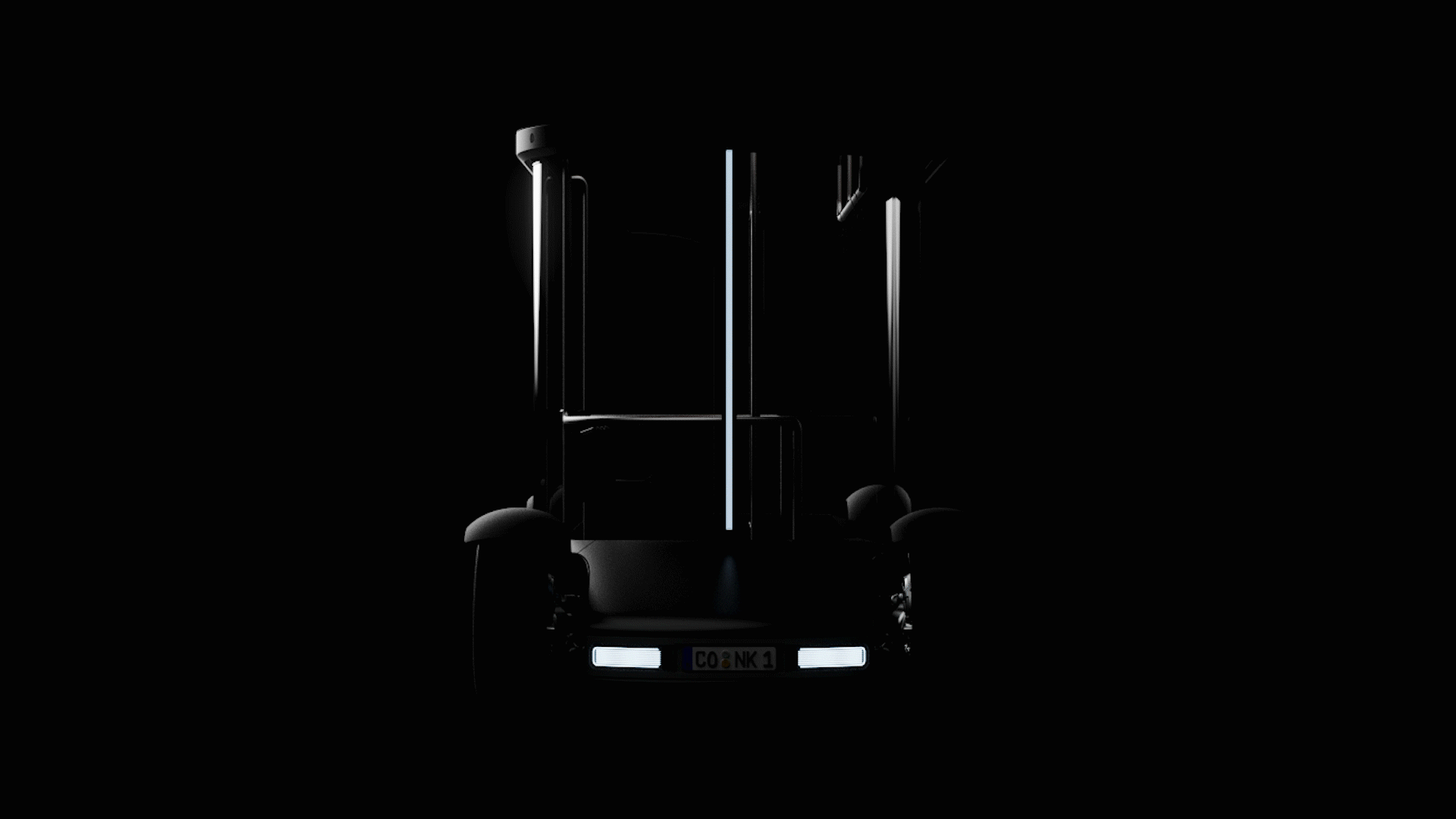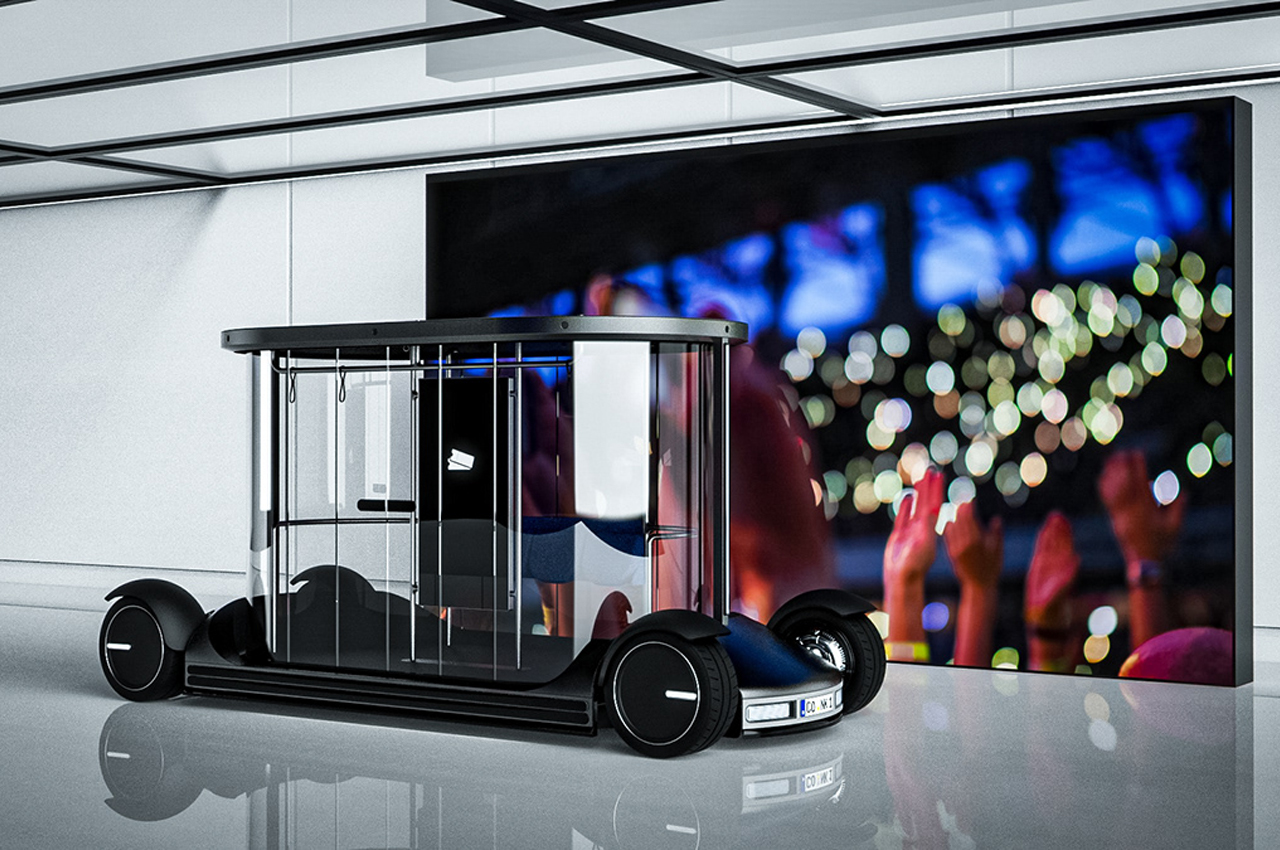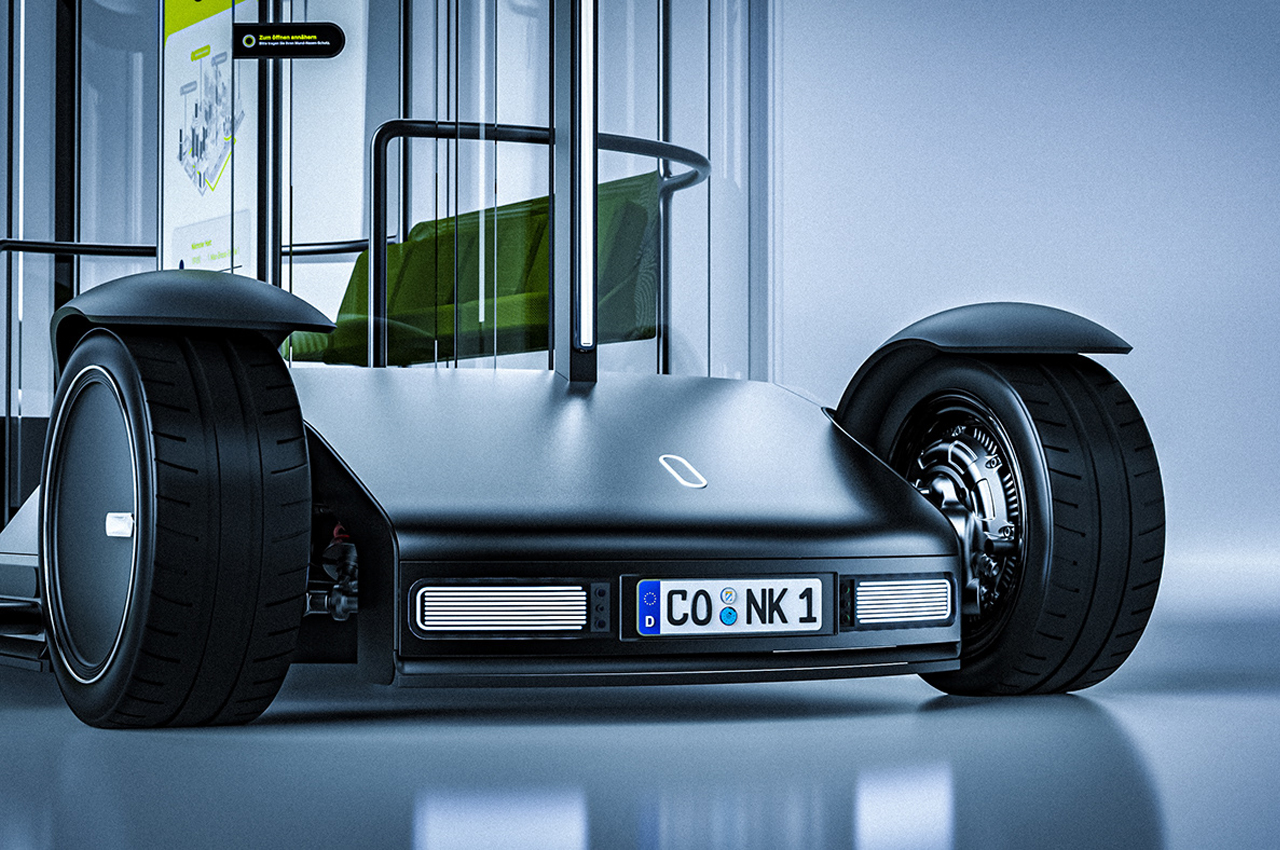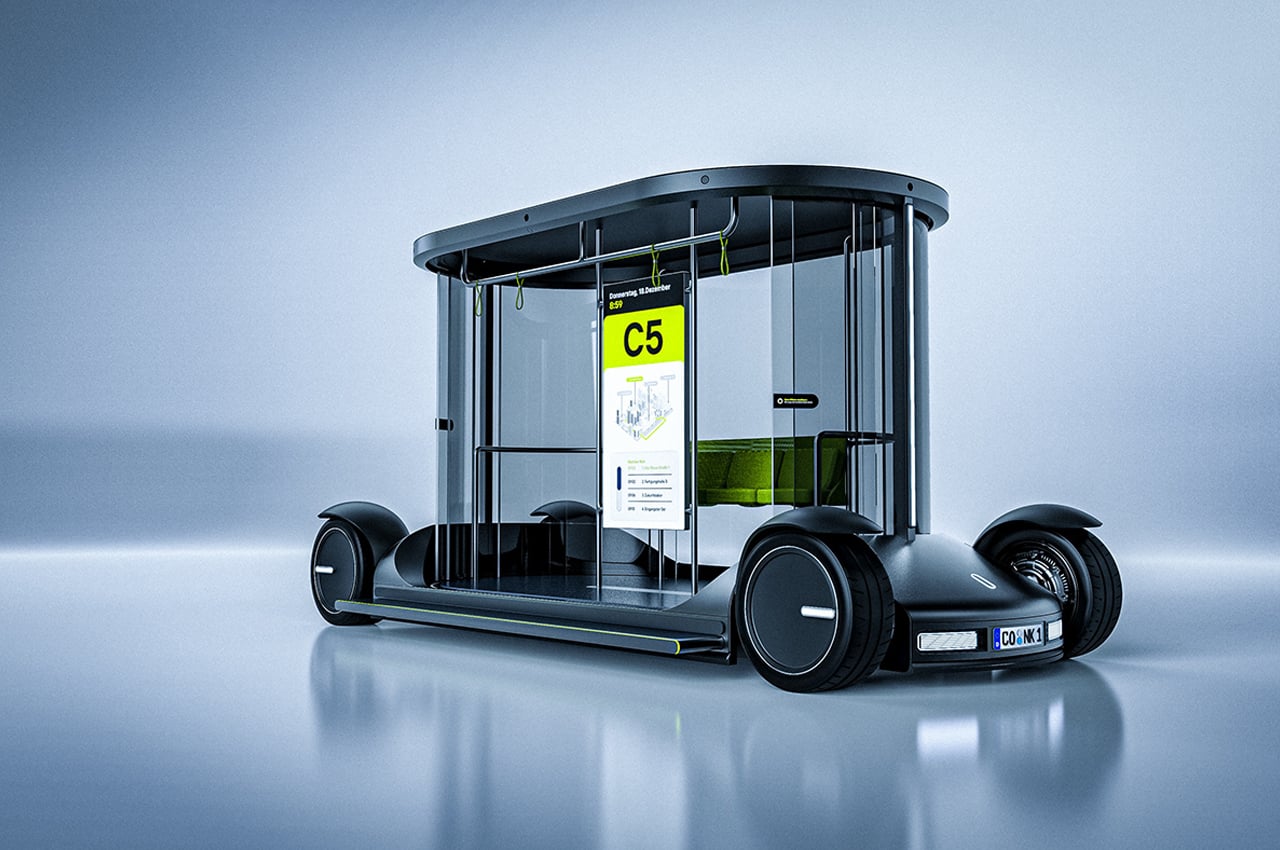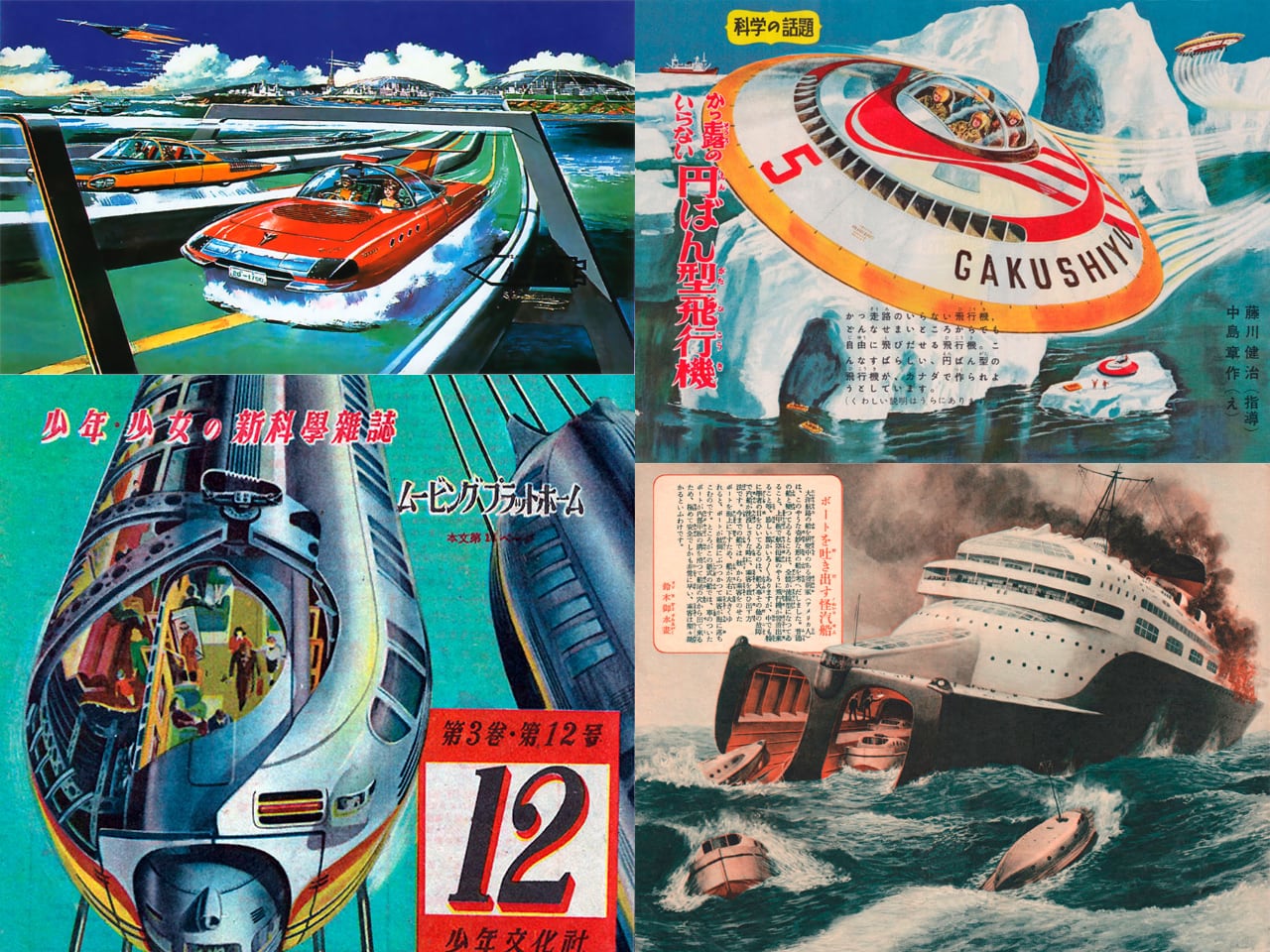
Retrofuturism, a captivating blend of past visions and future possibilities, has long fascinated the human imagination. It represents a unique genre where artists and designers, with their ingenuity, envision what the future might look like from the perspective of their own time. This concept shines brightly in the extraordinary illustrations from Japan between the 1930s and 1960s, a period rich in creativity and innovation. These illustrations are images and windows into a world of unlimited dreams and super-charged imagination.
Human-Powered Flying Machine
The human-powered flying machine is a captivating vision of eco-friendly personal transportation. This design leverages human energy for flight, merging the simplicity of a bicycle with the exhilaration of flight. The Japanese text in the illustration reads, “空を駆ける夢の自転車” (A dream bicycle that runs in the sky). This phrase captures the essence of a time when the sky was not the limit but the beginning of endless possibilities. The machine’s sleek, aerodynamic form suggests a lightweight construction essential for actualizing such a concept.
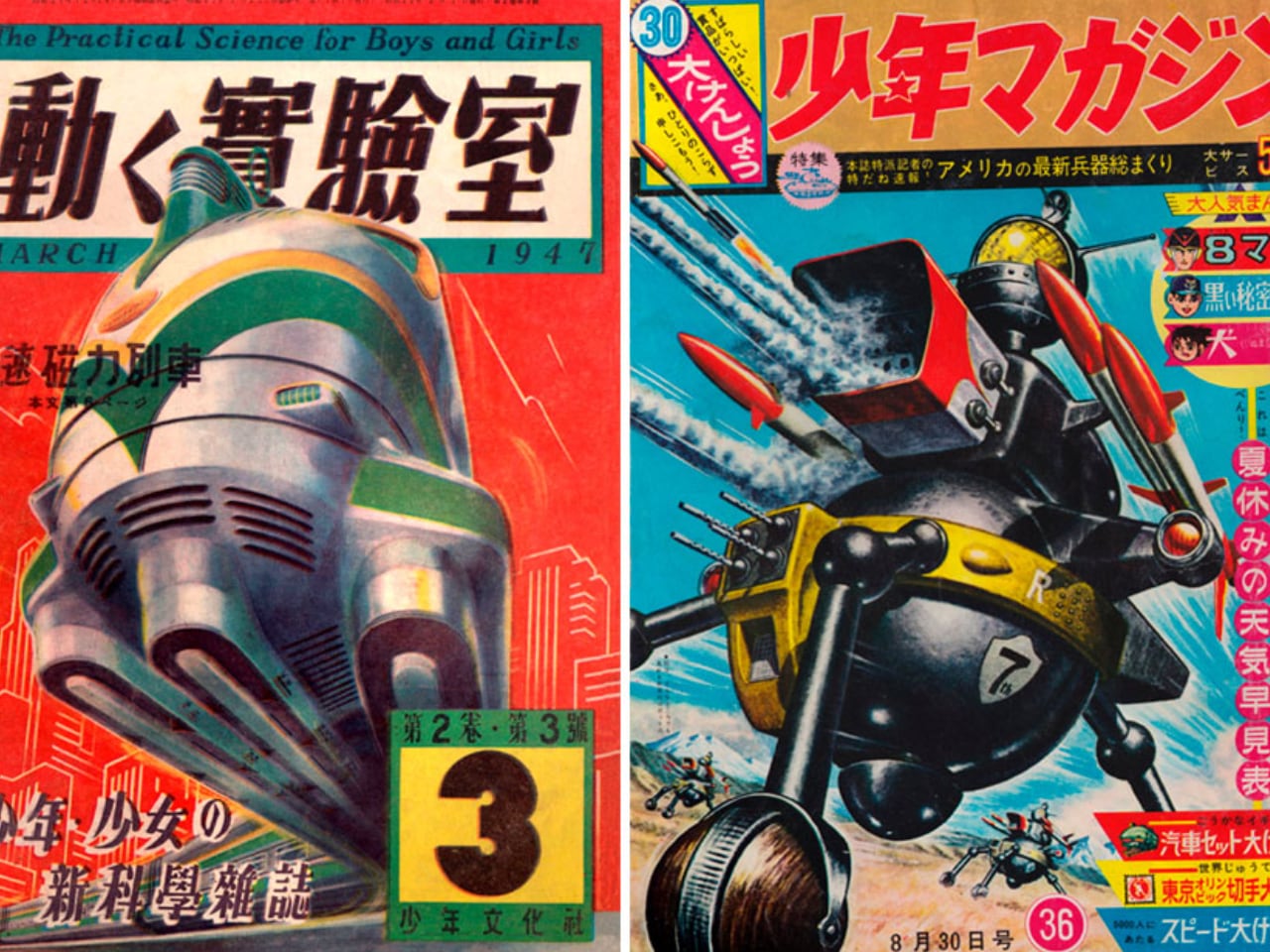
In today’s world, advancements in lightweight materials, battery technology, and AI-assisted flight controls bring this dream to reality. Innovations like the eVTOL (electric vertical takeoff and landing) aircraft and drone technology reflect this vision. The focus on sustainability and individual mobility aligns well with current trends in transportation innovation. This concept’s emphasis on human power also highlights a growing interest in reducing carbon footprints, making this design a likely candidate for future development.
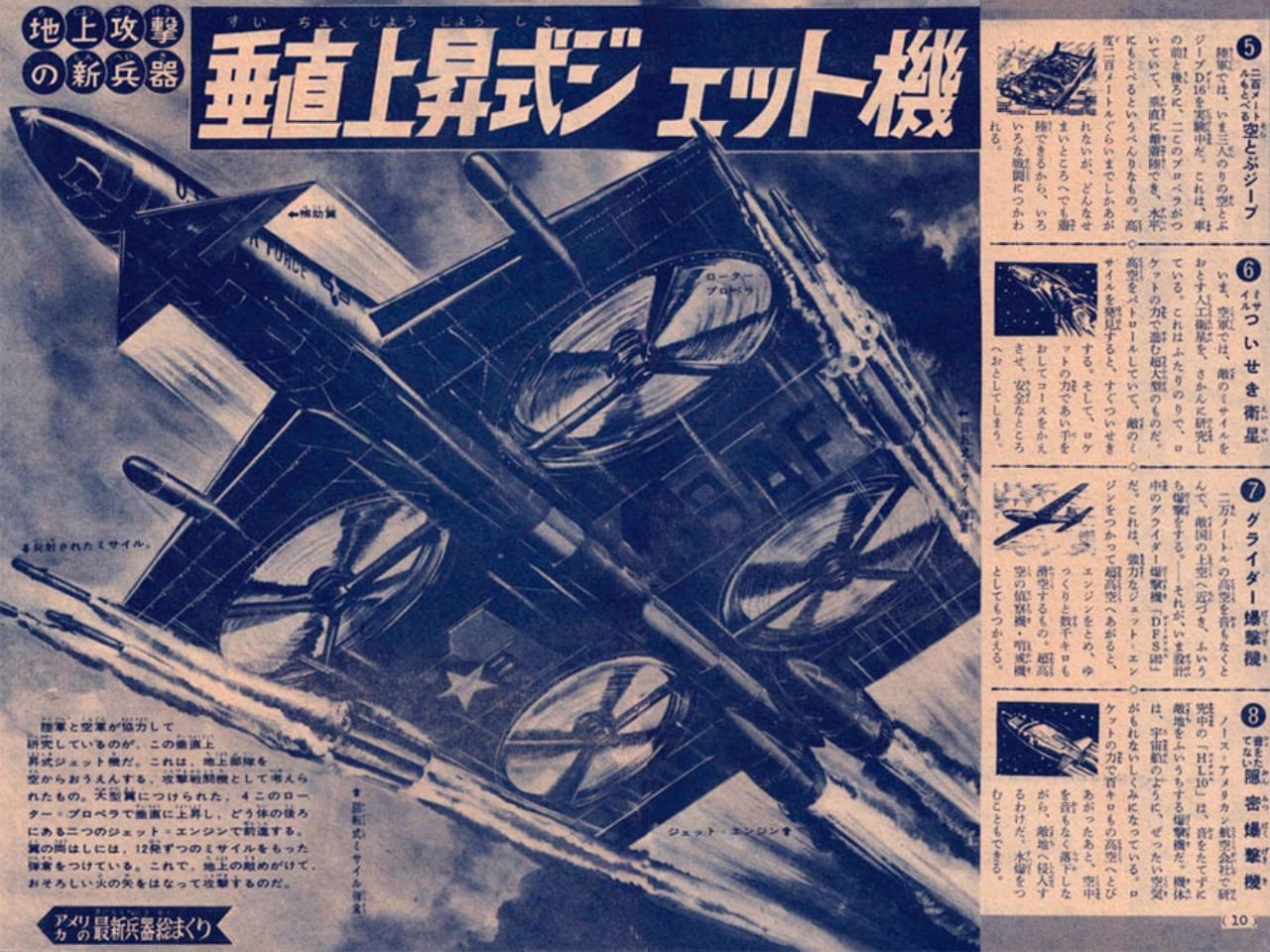
Versatile Ground Vehicles
The ground vehicles featured in these retrofuture illustrations showcase the imaginative engineering of that era. The Japanese text describes them as “どんな道も走破する万能車” (All-purpose vehicles that conquer any road). This encapsulates a vision of vehicles that can navigate any terrain, from rugged mountains to smooth highways, with practicality and ease. The robust and rugged designs focus on durability and adaptability, essential traits for exploration and practical use.
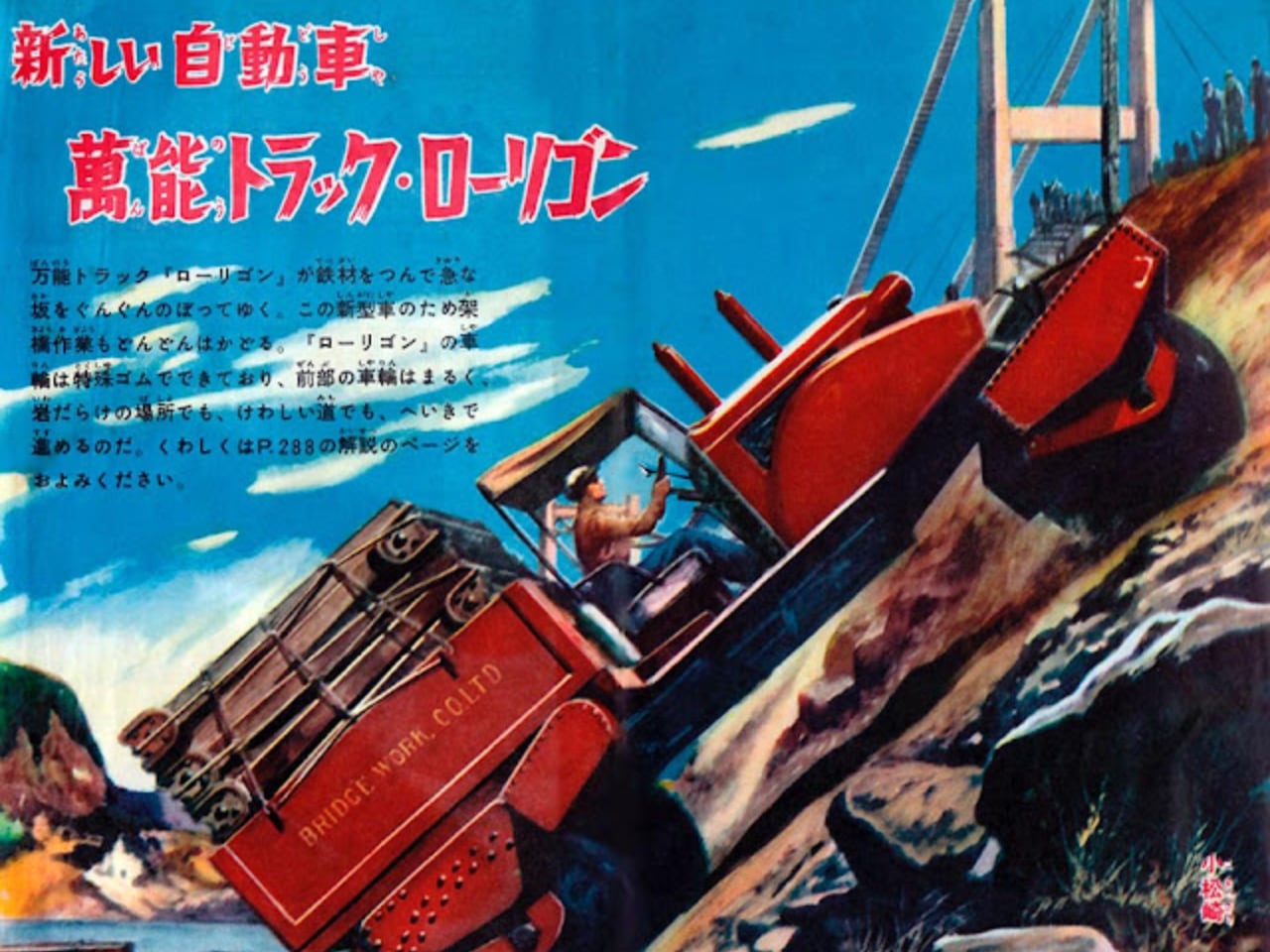
Modern advancements in autonomous driving technology, AI-driven navigation systems, and robotics make such versatile vehicles a reality. Companies are developing all-terrain vehicles equipped with sophisticated sensors and AI to handle various environments autonomously. These innovations are revolutionizing industries like construction and exploration and have potential applications in everyday commuting, especially in remote or challenging terrains. These designs’ blend of functionality and futuristic aesthetics points to a future where versatility and technology are seamlessly integrated.
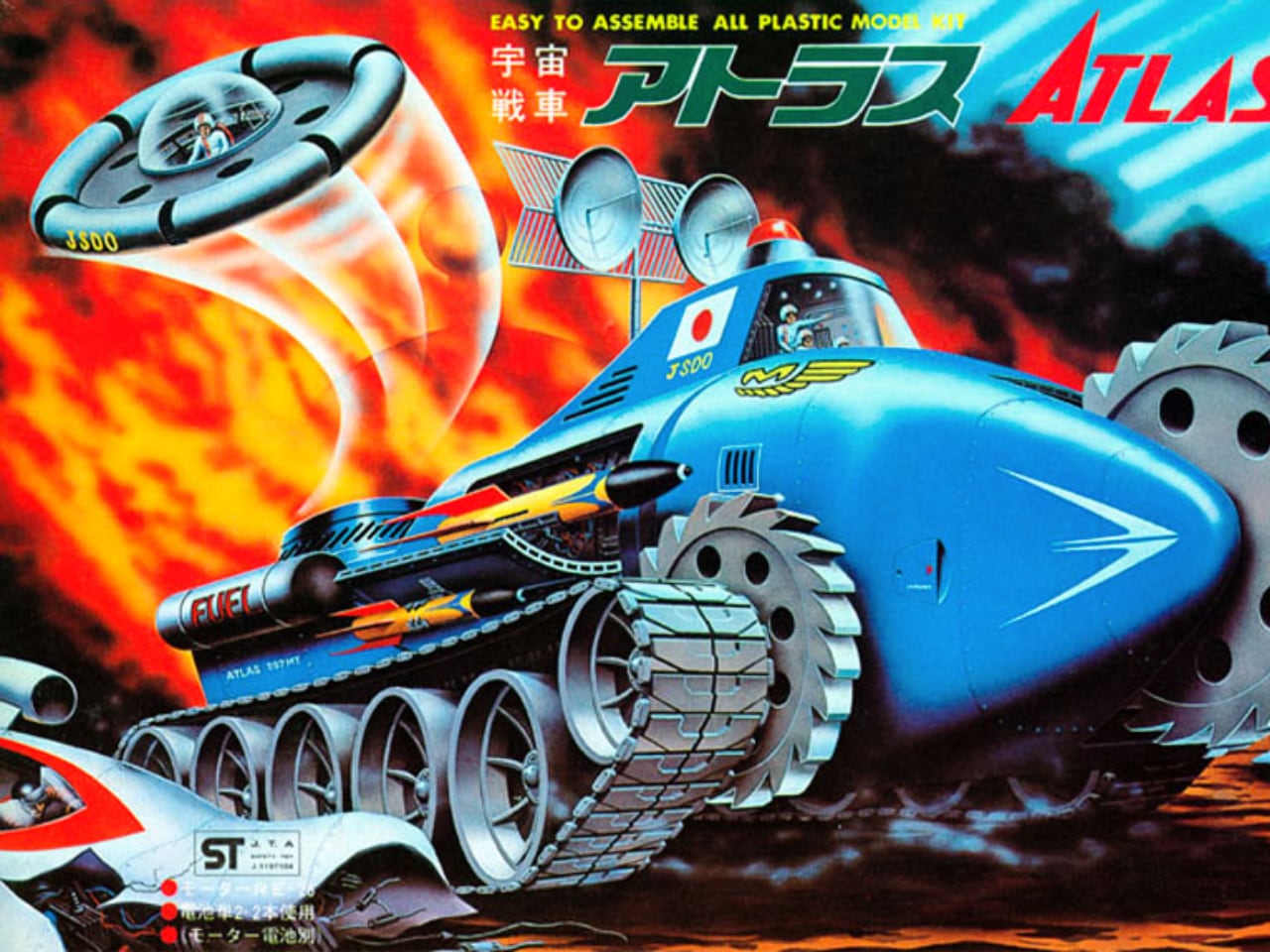
Space Station Platforms
One of the most inspiring elements of retrofuturism is the vision of space station platforms as self-sustaining habitats. The Japanese text “宇宙に浮かぶ未来の都市” (Future cities floating in space) suggests a future where humanity has extended its reach far beyond Earth. These illustrations depict vast, intricate structures designed to house human life, showcasing a blend of advanced technology and architectural innovation. The idea of living in space, with self-sustaining ecosystems and AI-managed operations, reflects an ambitious and forward-thinking outlook.
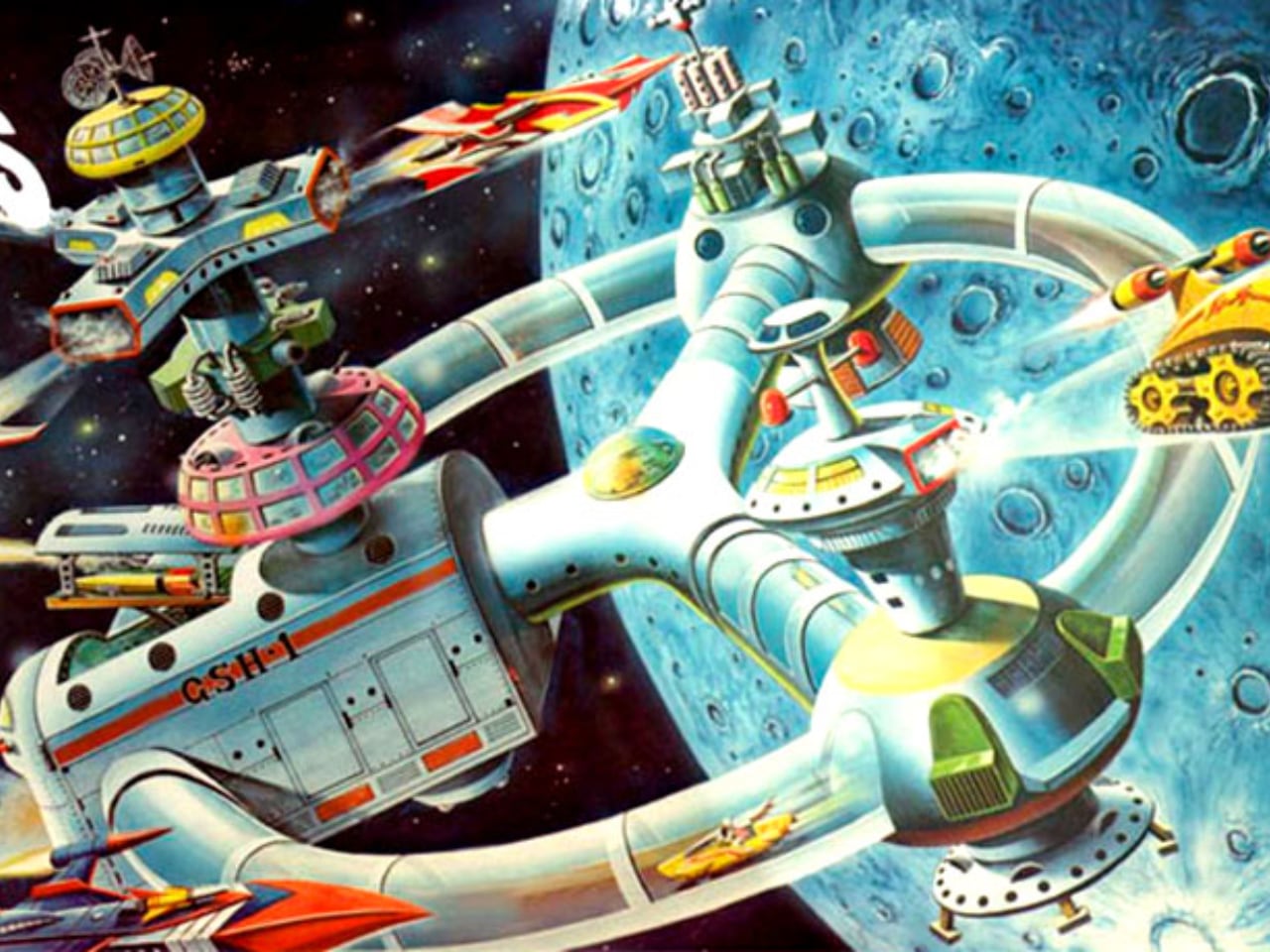
Today, this vision is inching closer to reality with the International Space Station (ISS) and planned lunar and Martian colonies. AI and robotics play crucial roles in maintaining these habitats, ensuring safety, and optimizing resource management. These advancements are paving the way for long-term human presence in space. The concept of space station platforms represents not just a technological leap but a monumental step in human evolution, opening new frontiers and possibilities for future generations.
Sleek Futuristic Watercraft and Weaponry
The sleek futuristic watercraft and weaponry illustrated in these retrofuture visions highlight a perfect fusion of aquatic design and advanced technology. One notable design is the “Aribird S,” described in the Japanese text as “水中を駆ける未来の船” (A future boat that runs underwater). This phrase captures the essence of an era that dreamed of high-tech performance and adventure seamlessly integrated into everyday life, with an aesthetic appeal that intrigues the viewer. These designs’ vibrant colors and dynamic forms reflect an aesthetic that values functionality and visual appeal.
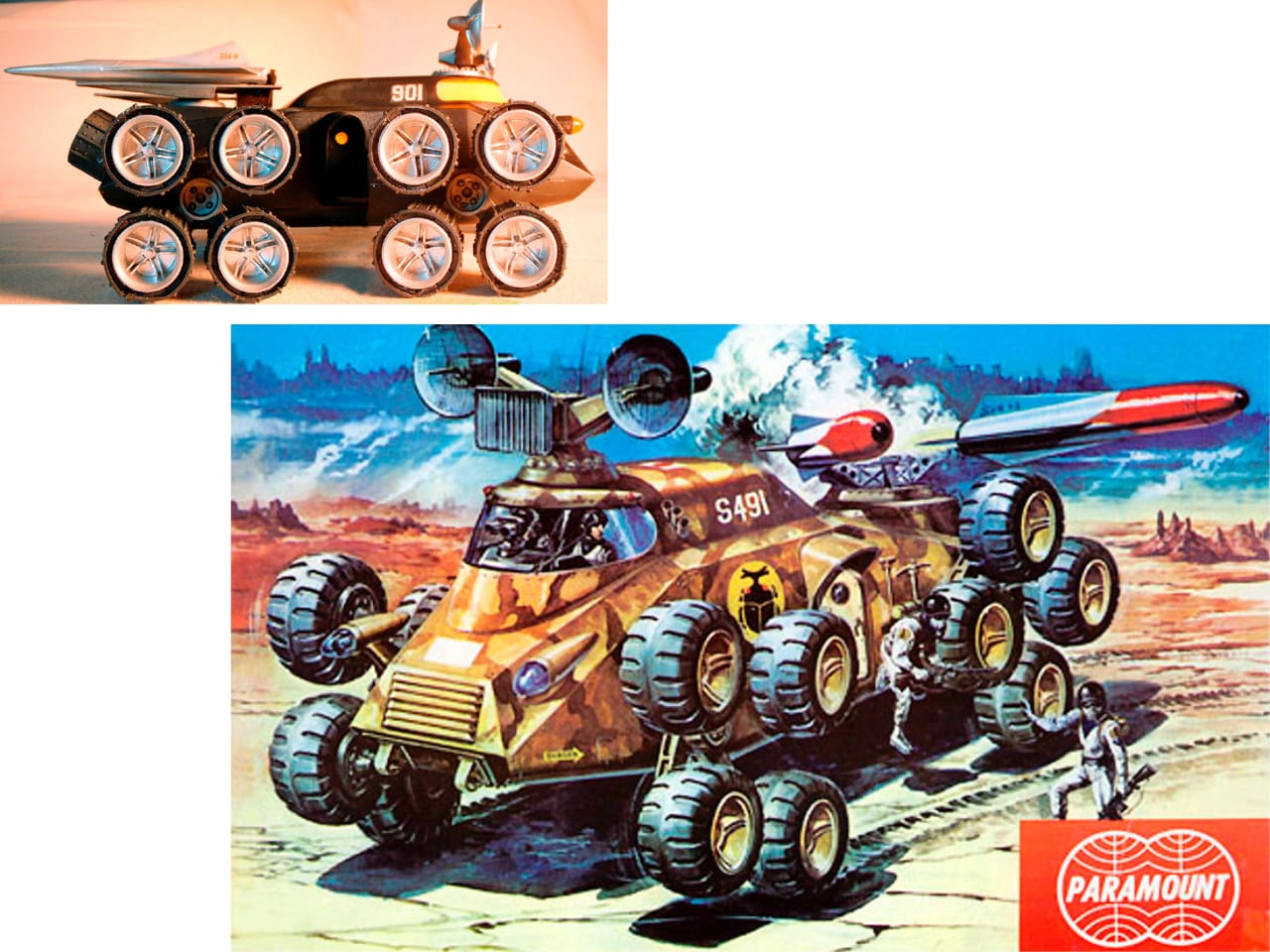
These watercraft are envisioned with advanced propulsion systems and streamlined bodies, capable of high-speed travel and maneuverability. In today’s world, innovations in maritime technology are beginning to mirror these designs. Concepts like hydrofoils, autonomous underwater vehicles, and advanced naval vessels are becoming more common. These illustrations’ emphasis on sleek, aerodynamic shapes and cutting-edge technology indicates a future where high-tech performance and adventure are the norm.
“Mighty Patrol” Car
The “Mighty Patrol” car presents a vision of futuristic law enforcement that combines sleek design with advanced communication systems. The Japanese text refers to it as “未来のパトロールカー” (Future patrol car), suggesting a high-tech vehicle designed for efficiency and speed. The streamlined body, advanced lighting systems, and integrated communication technology reflect an era that envisioned law enforcement as a blend of technology and efficiency.
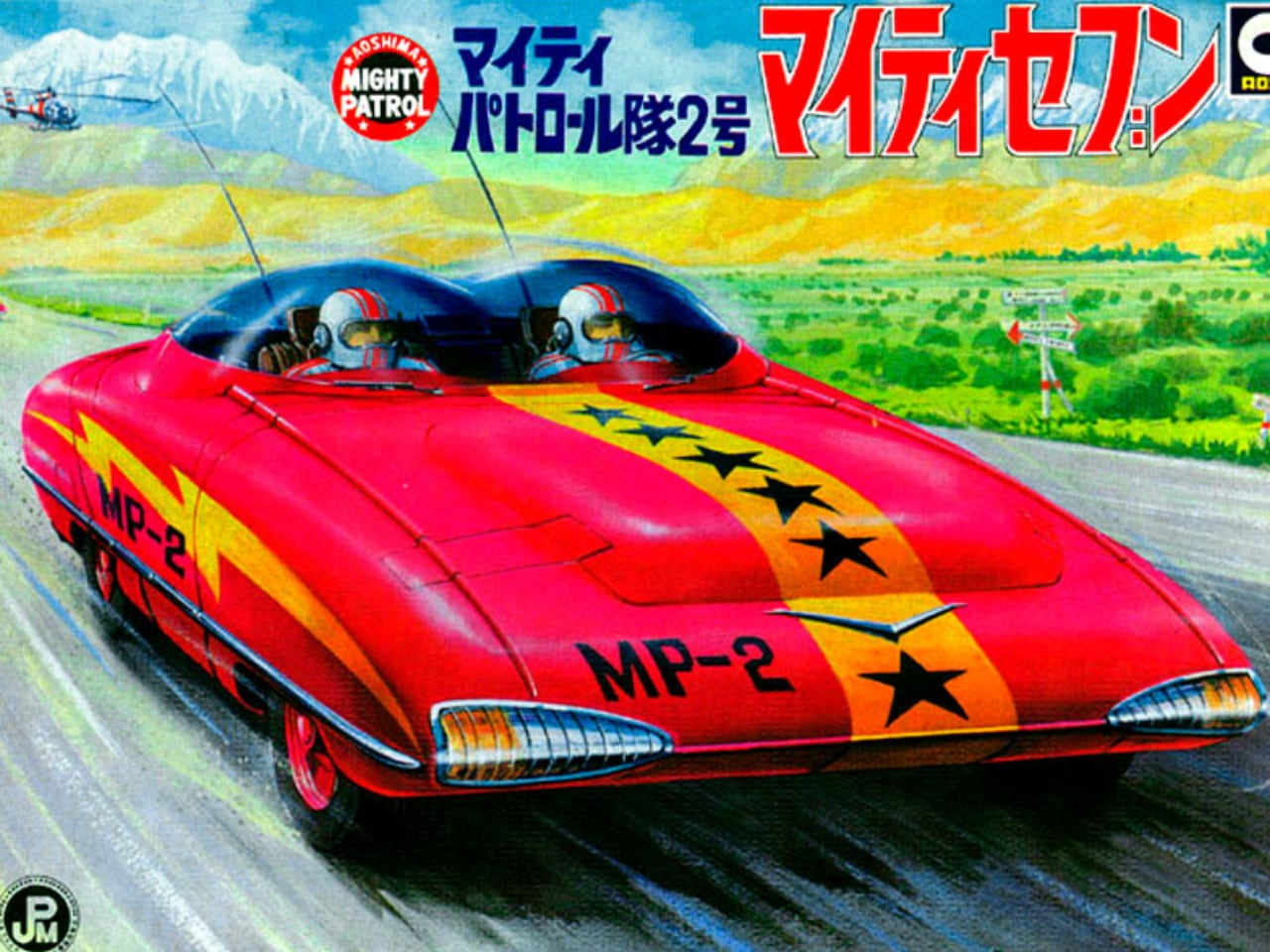
Integrating AI, drones, and advanced surveillance systems will likely make such vehicles a reality as technology evolves. Modern police vehicles incorporate some of these elements, with AI-driven data analysis, real-time communication networks, and enhanced mobility features. The “Mighty Patrol” car embodies the future of policing, where technology plays a central role in maintaining order and safety, improving the effectiveness of law enforcement agencies.
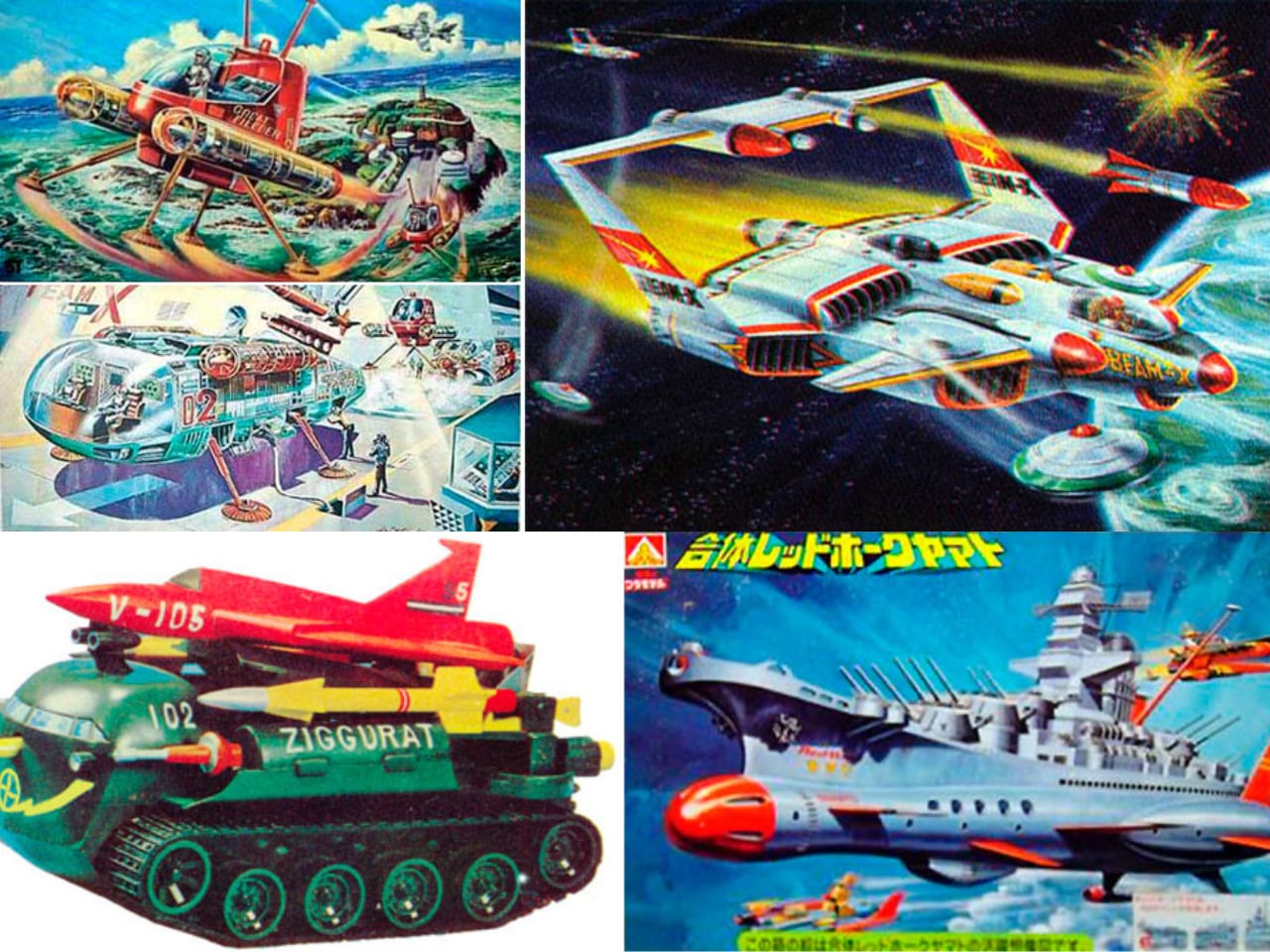
Advanced Fighter Jets and Space Vehicles
The depiction of advanced fighter jets and space vehicles in retrofuture illustrations showcases a future of aerial and space combat marked by speed, agility, and advanced weaponry. The Japanese text “空を支配する未来の戦闘機” (Future fighter jets that dominate the sky) reflects an ambition to achieve superiority in both air and space. Sleek, aerodynamic shapes, advanced propulsion systems, and futuristic weaponry characterize these vehicles.
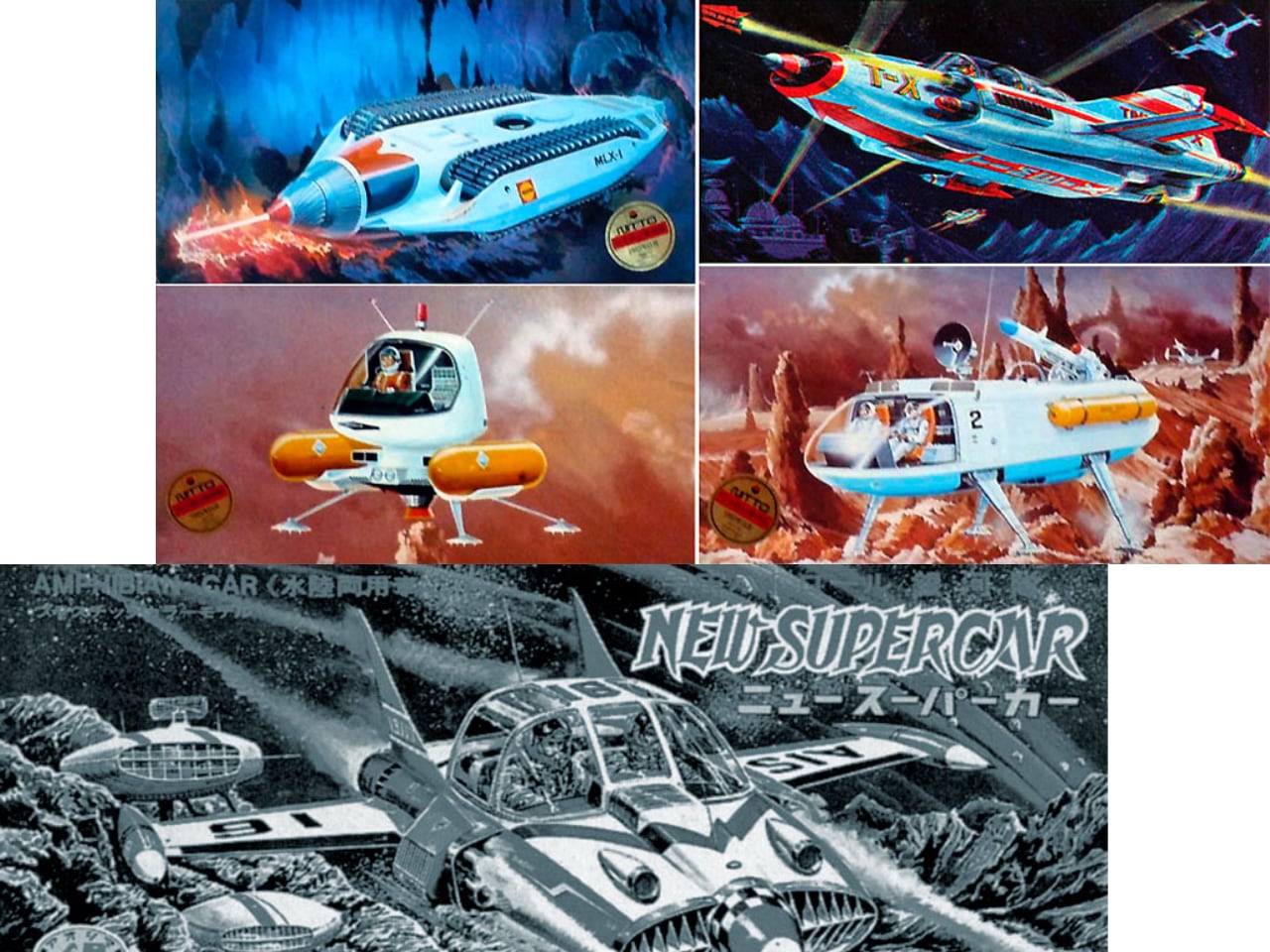
With advancements in aerospace engineering, AI, and unmanned aerial vehicles (UAVs), these designs are nearly becoming a reality. Modern fighter jets incorporate AI for enhanced decision-making, stealth technology, and advanced weapons systems. Similarly, space vehicles designed for defense and exploration are becoming more sophisticated. These illustrations’ relentless pursuit of technological superiority highlights a future where control of the skies and space is paramount.
Amphibious Vehicles
The amphibious vehicles, blending automotive and nautical design, offer a glimpse into the future of versatile transportation. These vehicles are depicted as capable of traversing both land and water, reflecting a vision of seamless transition between different terrains. The Japanese text, “陸と水を行き来する万能車” (All-purpose vehicle that moves between land and water), captures the innovative spirit of these designs.
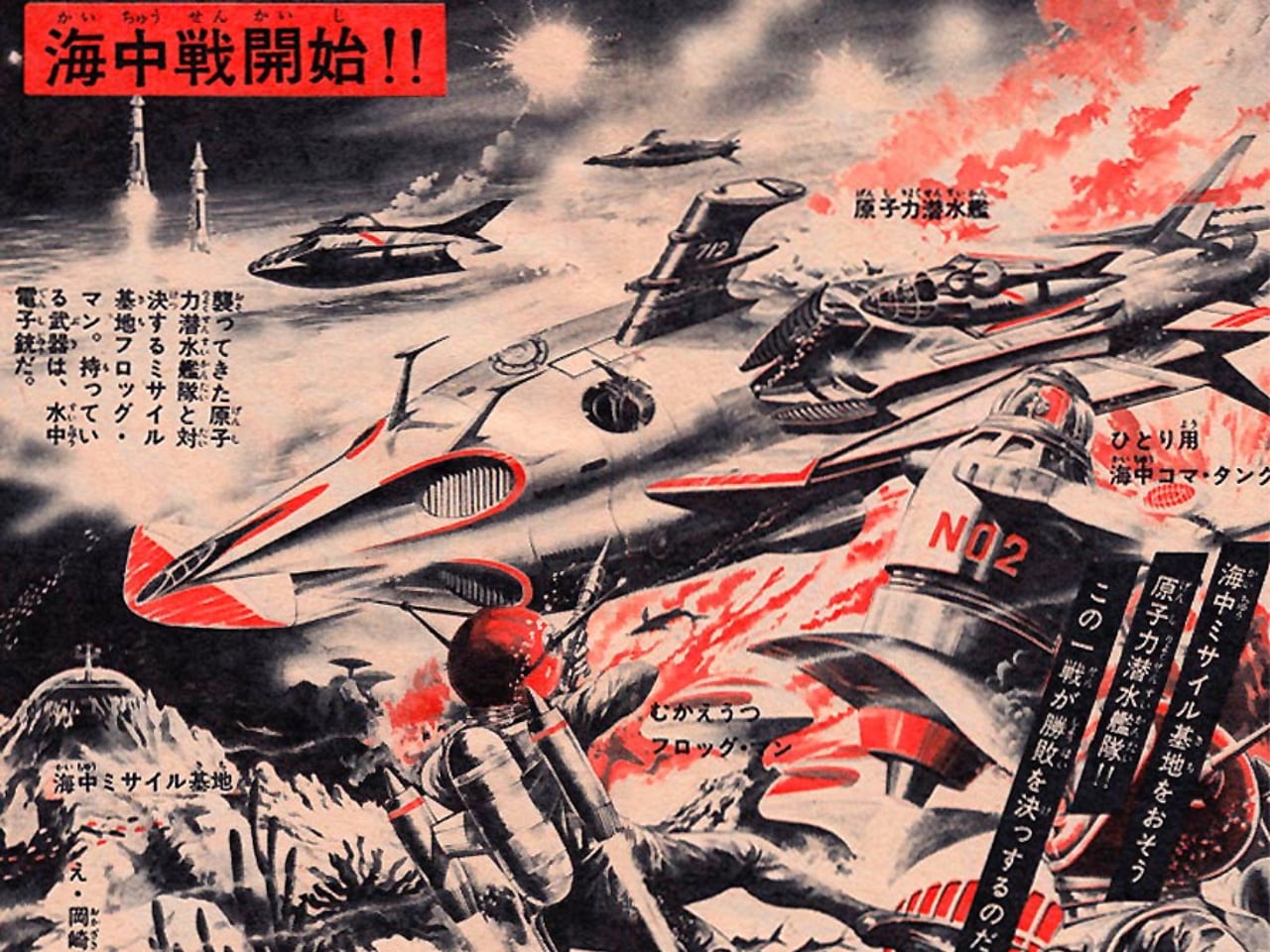
In modern times, the development of multi-terrain vehicles and amphibious transport solutions is gaining momentum. Concepts such as amphibious cars, boats with wheels, and versatile rescue vehicles are becoming more practical with materials and propulsion technology advancements. The sleek designs and robust capabilities of these retrofuture vehicles suggest a future where transportation is as adaptable as it is innovative, addressing the needs of diverse environments.
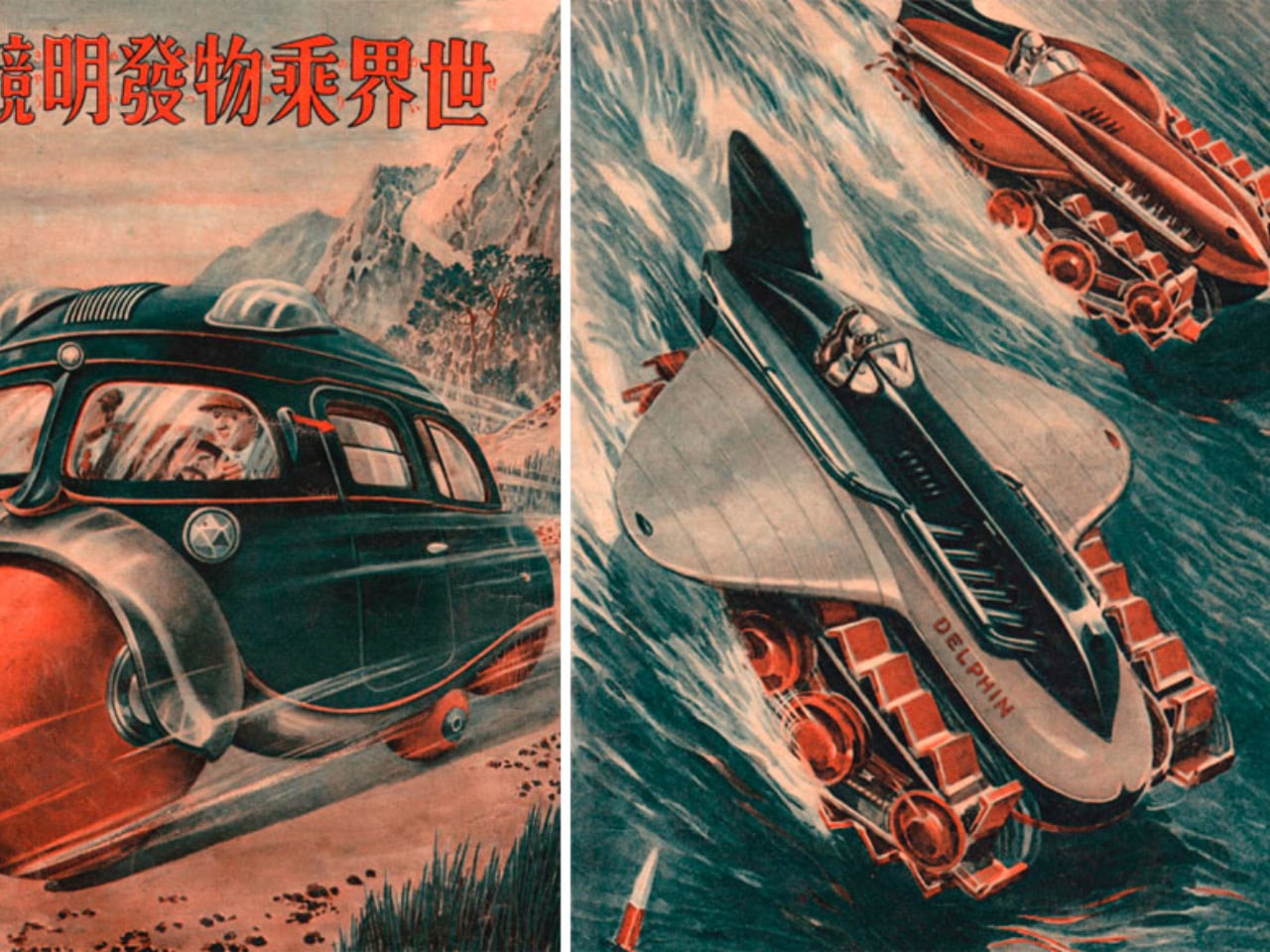
Circular Cities and Underground Worlds
These illustrations’ circular cities and underground worlds represent a visionary approach to urban planning. The Japanese text, “地下に広がる未来の都市” (Future cities expanding underground), suggests a rethinking of how space is utilized in urban environments. These designs feature vertical integration, subterranean spaces, and advanced transport systems, reflecting an ambition to create efficient and sustainable living spaces.
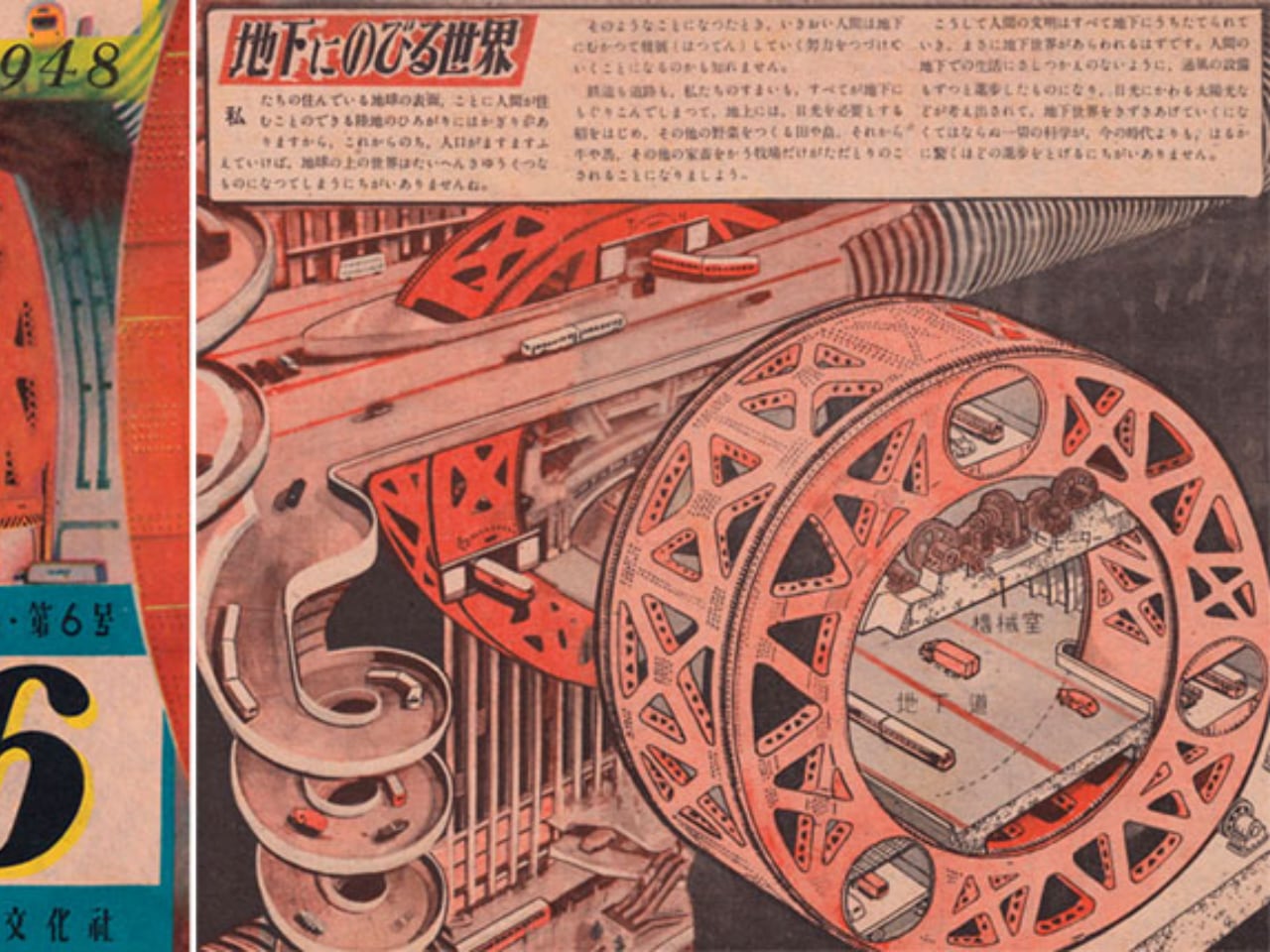
With increasing interest in sustainable and efficient use of space, concepts like vertical integration and underground cities are gaining traction. Modern urban planning explores the potential of building downwards and upwards to maximize space use, reduce environmental impact, and enhance livability. The futuristic architecture and integrated transport systems in these illustrations reflect a holistic approach to city living, where innovation addresses the challenges of urbanization.
Flying Saucers
The depiction of flying saucers, such as the “Gakushiyu,” captures the imagination with its promise of advanced air travel. The Japanese text reads, “空飛ぶ円盤” (Flying saucer), evoking images of sleek, circular aircraft capable of vertical takeoff and landing. This vision reflects an era that dreamed of conquering the skies with revolutionary designs.
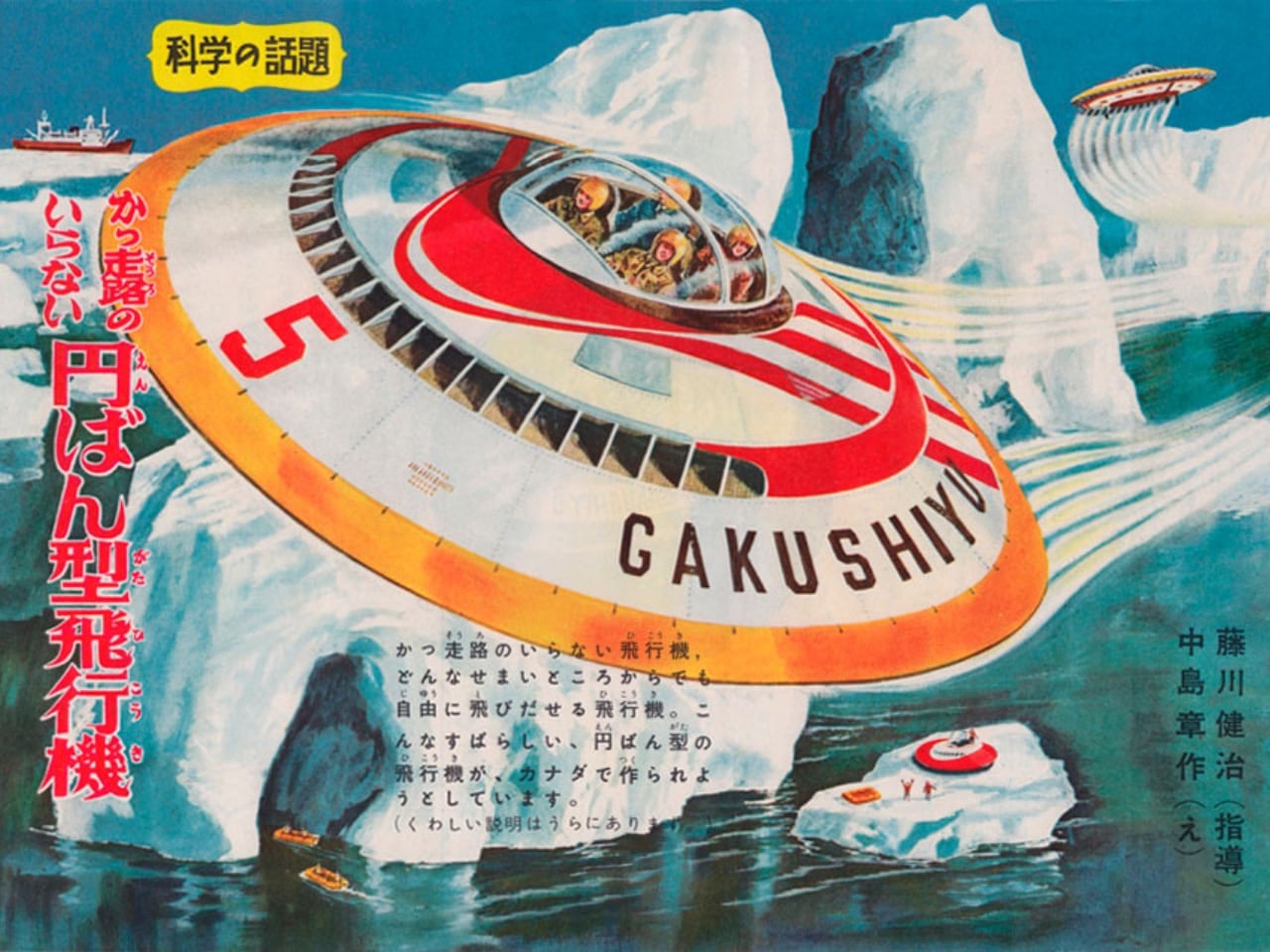
While the exact design of these flying saucers may differ, the concept of vertical takeoff and landing (VTOL) aircraft is becoming a reality with developments in drone technology and electric vertical takeoff and landing (eVTOL) aircraft. Companies invest heavily in urban air mobility solutions, envisioning a future where flying cars and air taxis become commonplace. These flying machines highlight the future of urban air mobility, where the sky is no longer the limit but a new frontier for innovation.
Multi-Wheeled Explorer Vehicle
With its robust design and versatile capabilities, the multi-wheeled explorer vehicle is a vision of future exploration vehicles. The Japanese text describes it as “探検用の多輪車” (Multi-wheeled vehicle for exploration), indicating a design built for navigating diverse and challenging terrains. The vehicle’s numerous wheels and durable construction suggest a shape that reflects advanced engineering, while including multiple rockets hints at the vehicle’s formidable combat capabilities. This illustration captures the thrill and intensity of air combat, inspiring visions of high-stakes dogfights in the skies.
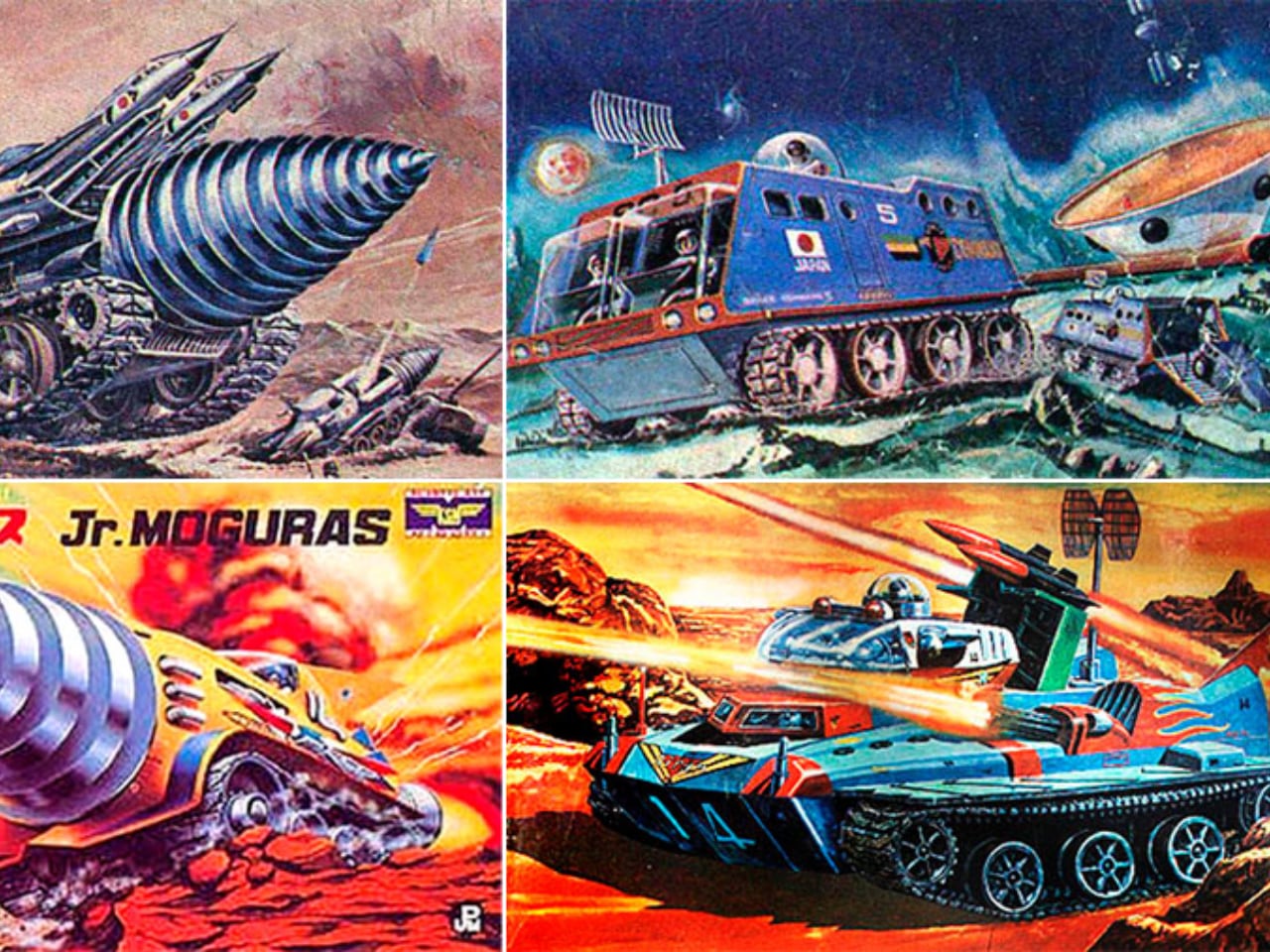
The Amphibious Supercar: Versatility Redefined
With its sleek, futuristic design, the amphibious supercar showcases a vehicle capable of traversing land and water. This concept blends the luxury and speed of a sports car with the adaptability of an amphibious vehicle. With its bold lines and dynamic composition, the illustration highlights the car’s ability to transition between terrains seamlessly. The vibrant colors and detailed rendering emphasize the vehicle’s innovative features, symbolizing versatility and cutting-edge technology.
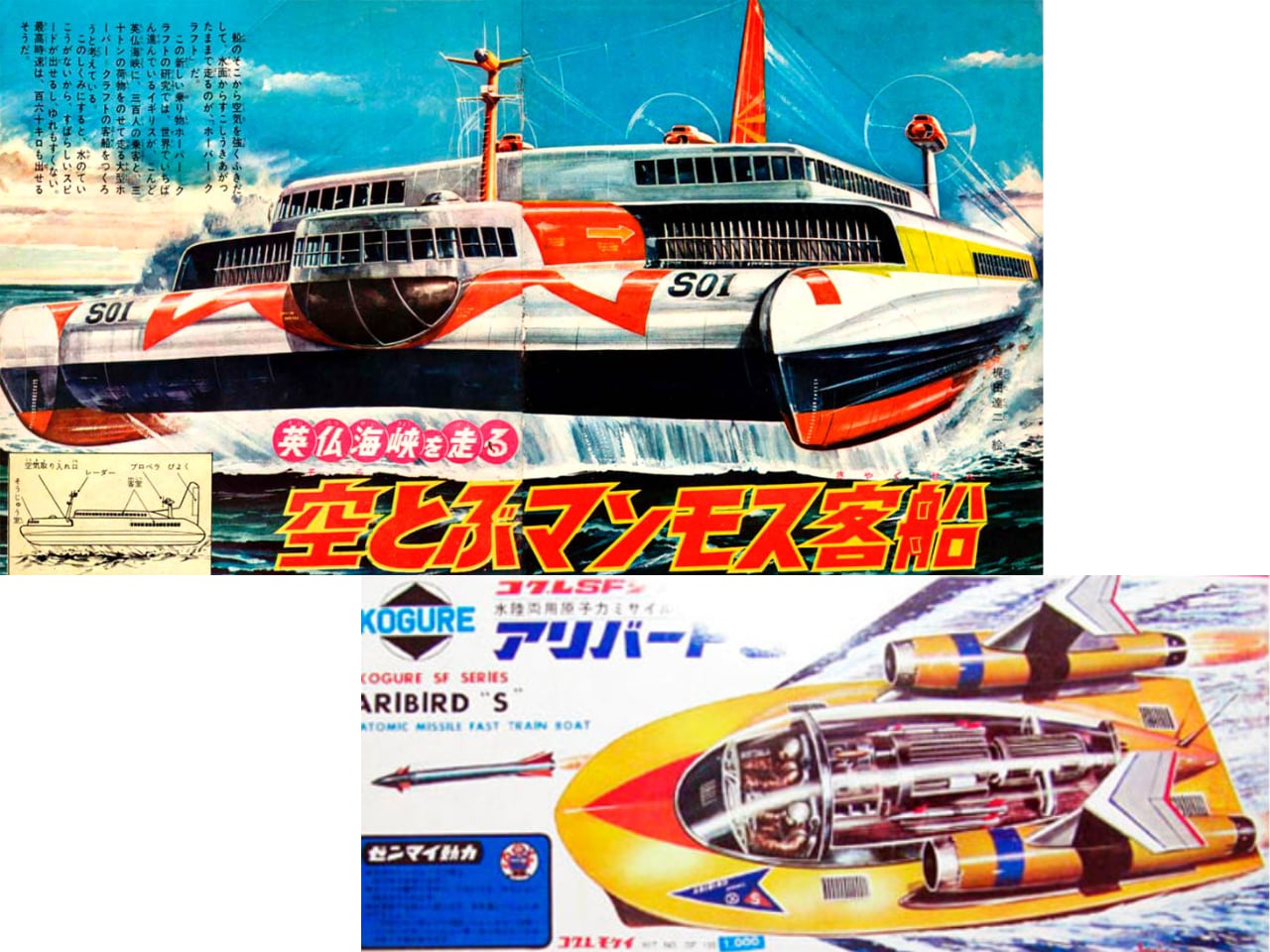
The Quirky Dinosaur Transport
We’ll end with this image featuring a quirky yet functional dinosaur-shaped transport vehicle. With its playful exterior and practical interior, this design combines imagination with utility. The vehicle’s dinosaur form, complete with a drill in its mouth and a cockpit for passengers, suggests a future where transport is efficient but also fun and engaging. The whimsical design and detailed features make this vehicle memorable, reflecting a future where creativity and practicality go hand in hand.
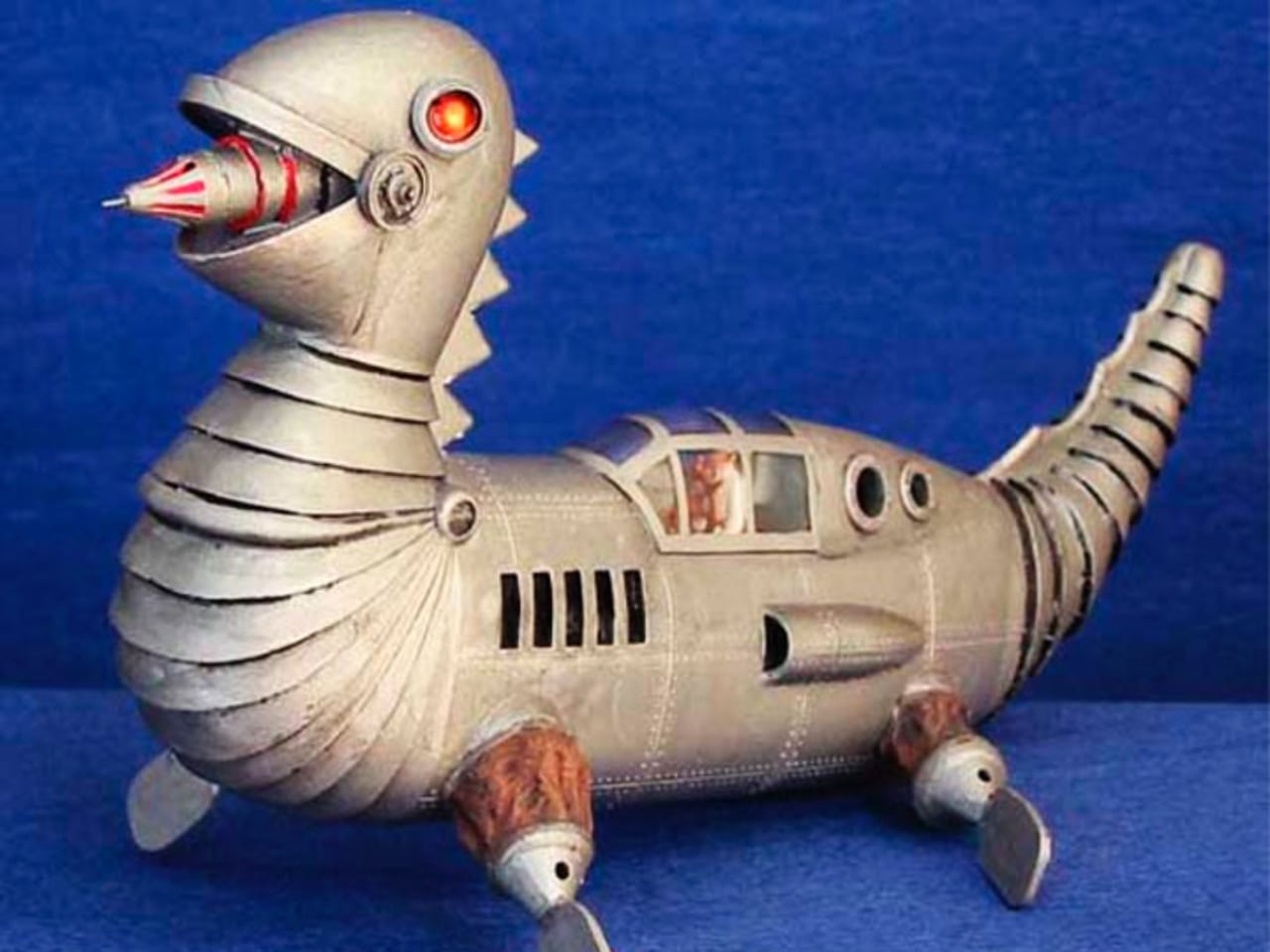
More to come…
The continued exploration of these retrofuture illustrations from Japan offers a captivating glimpse into the boundless creativity and imagination of the past. Though conceived decades ago, these visions still inspire us today, reminding us of the endless possibilities. Stay tuned as we delve further into the world of the retrofuture, uncovering more hidden gems and fantastical designs that shaped the dreams of yesteryear.
The post Retrofuture Revelations from Japan: A Journey Through Time and Imagination first appeared on Yanko Design.
